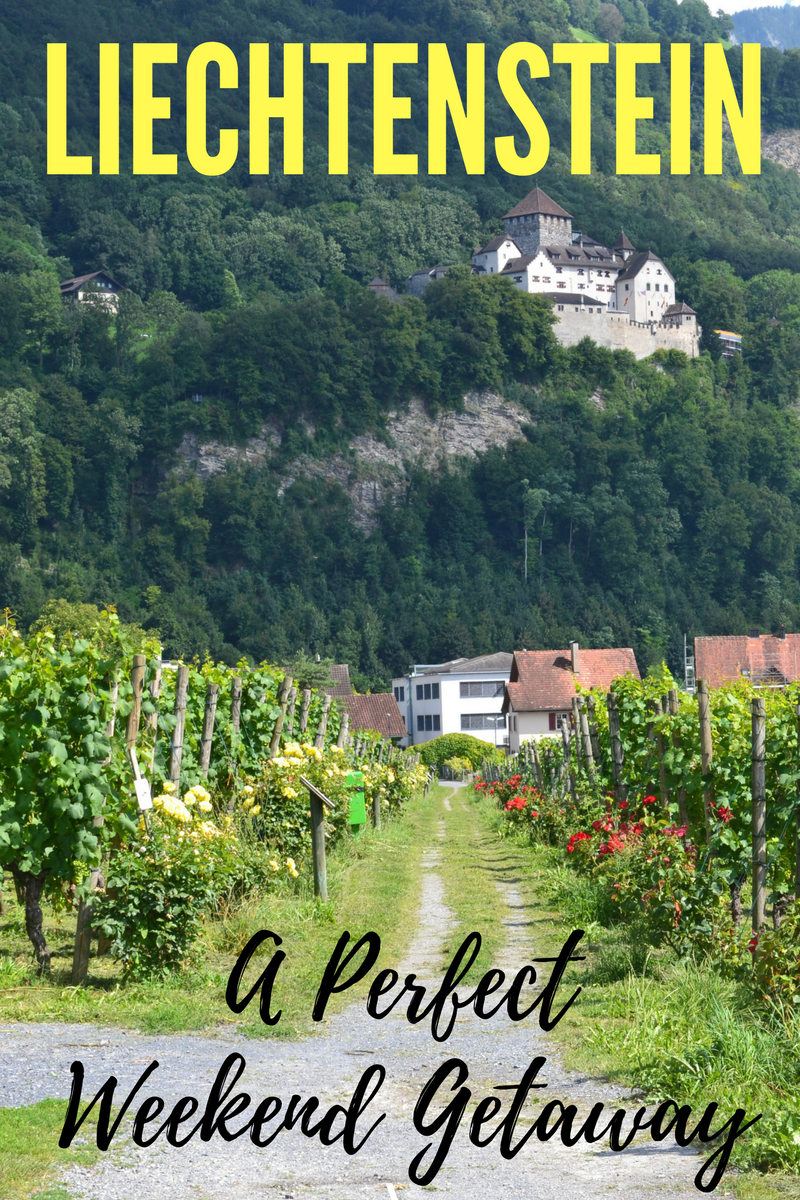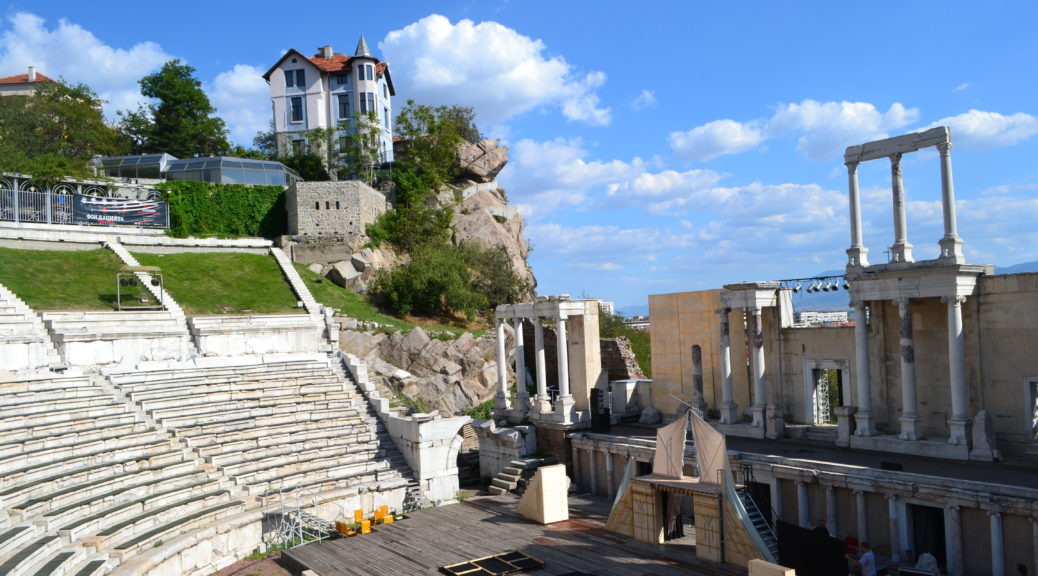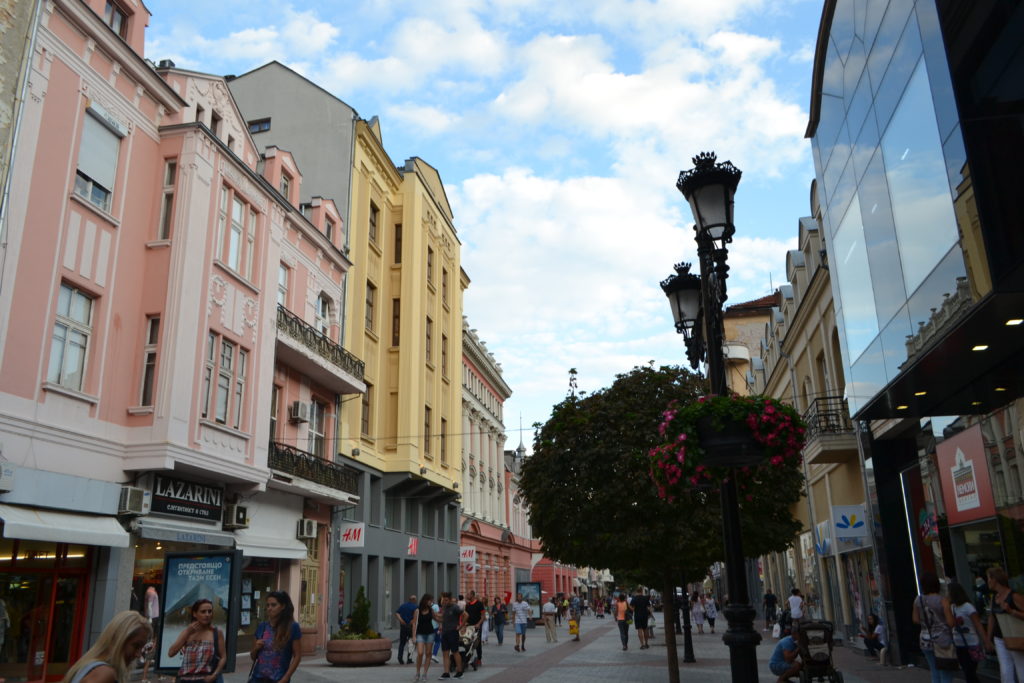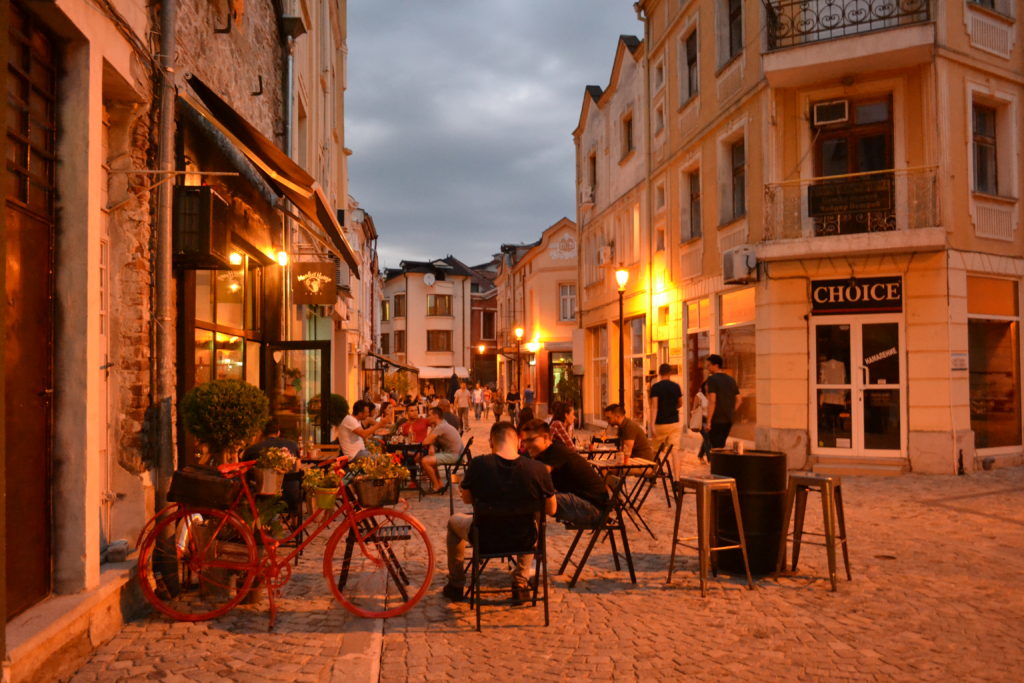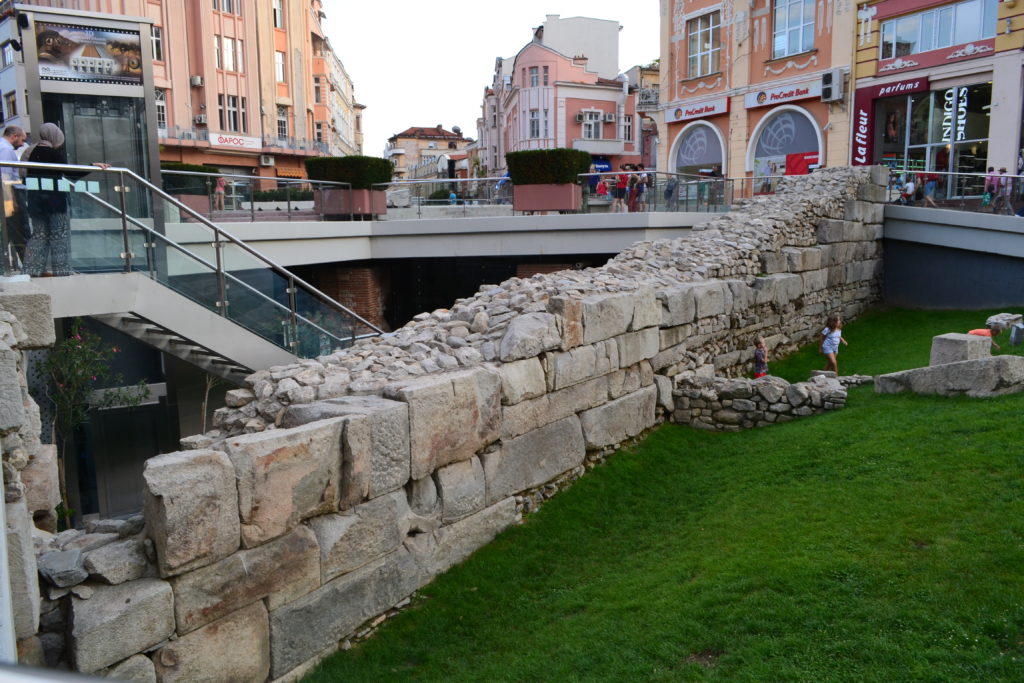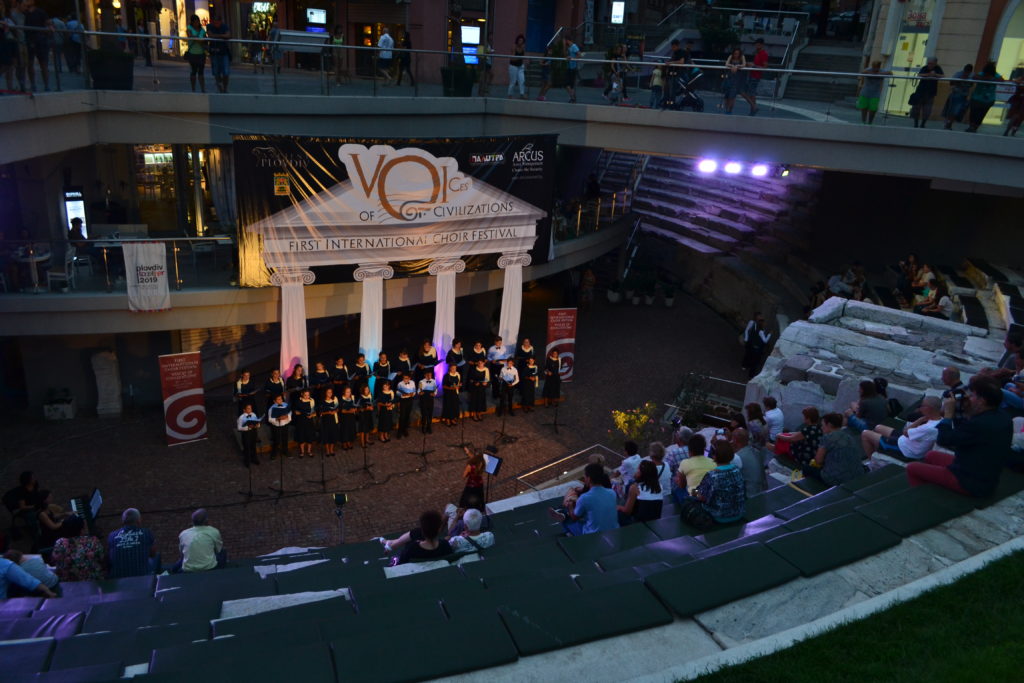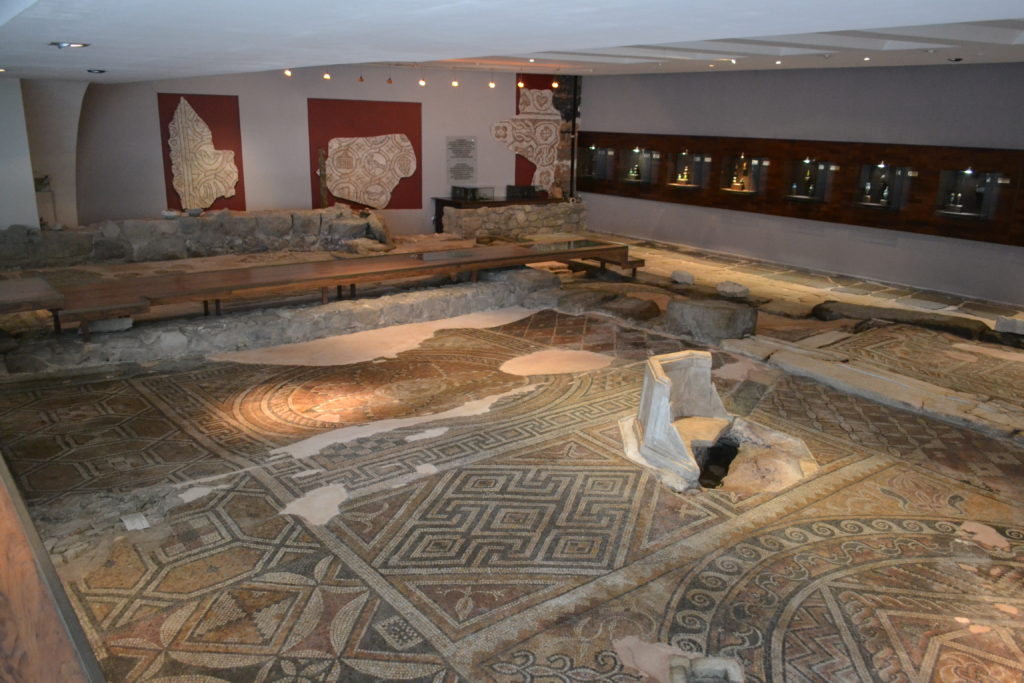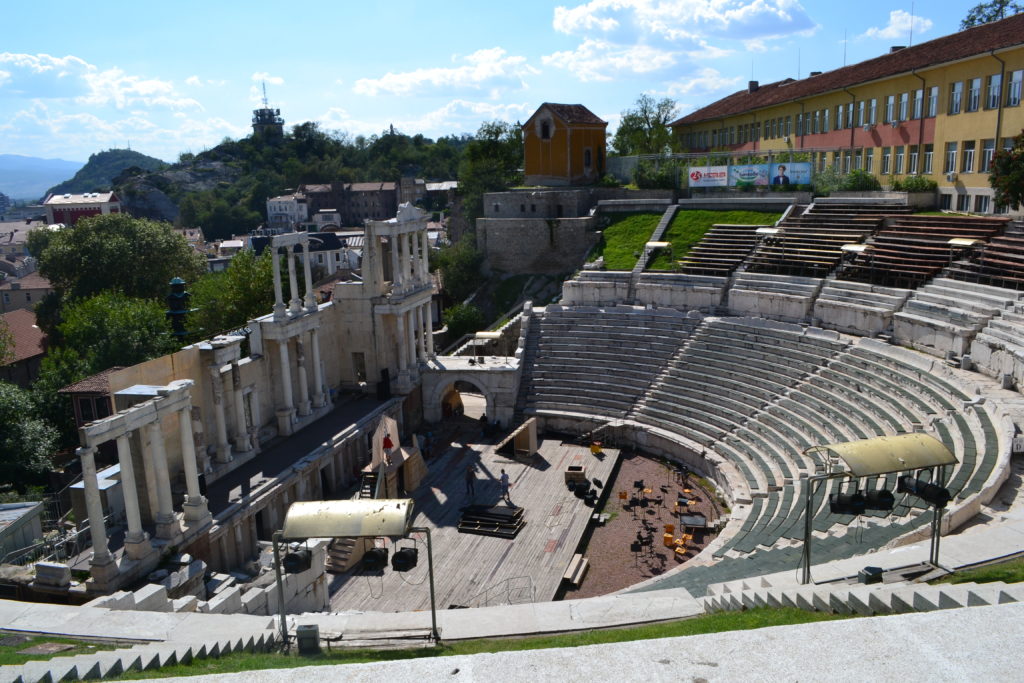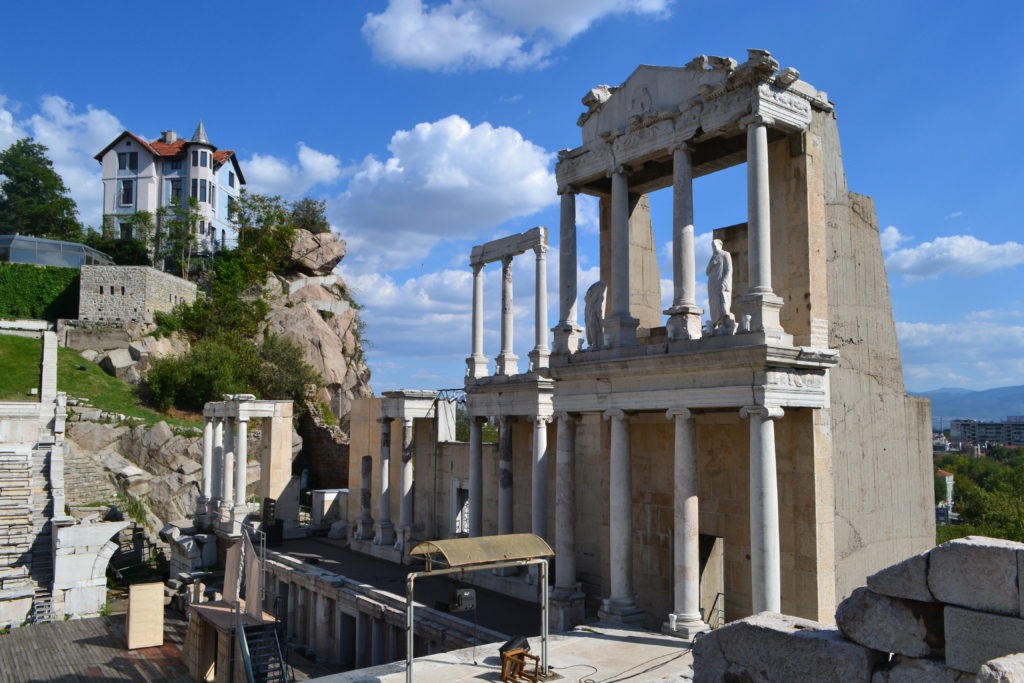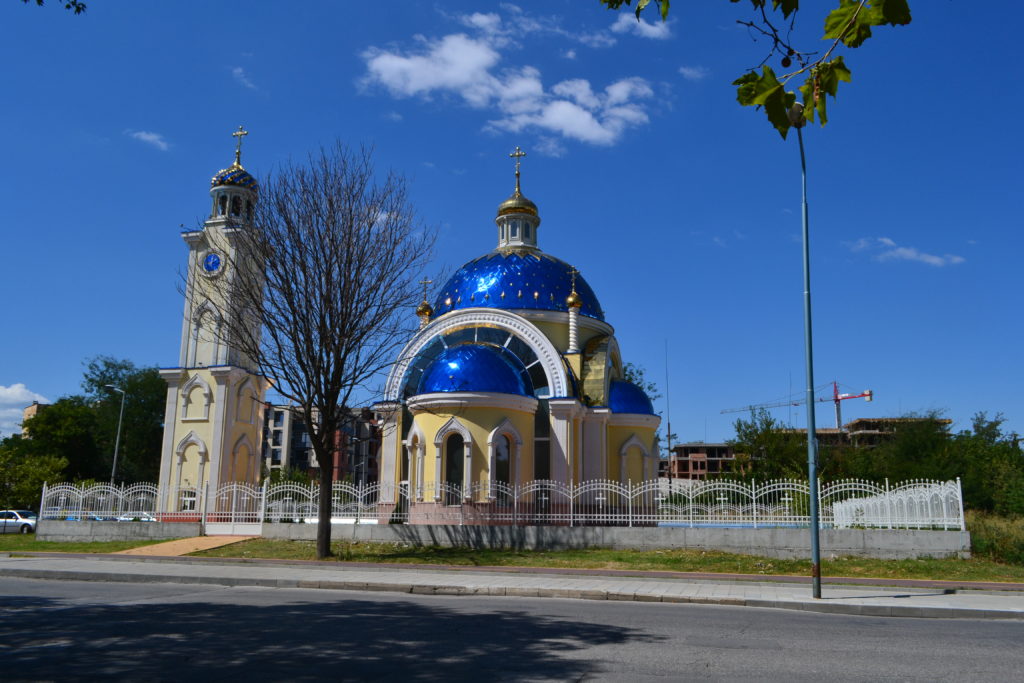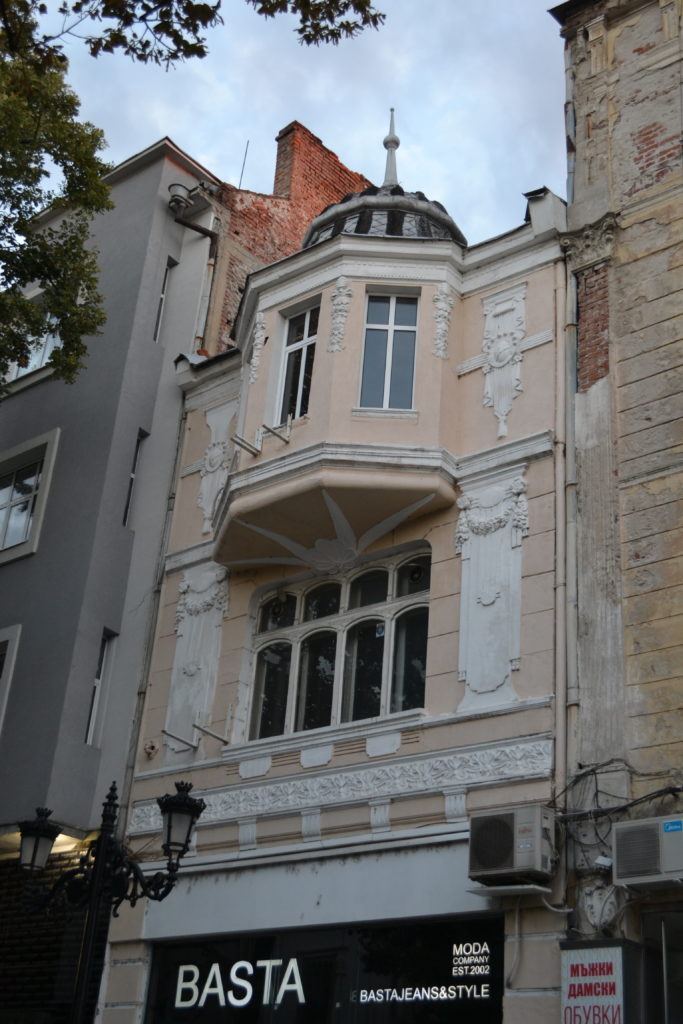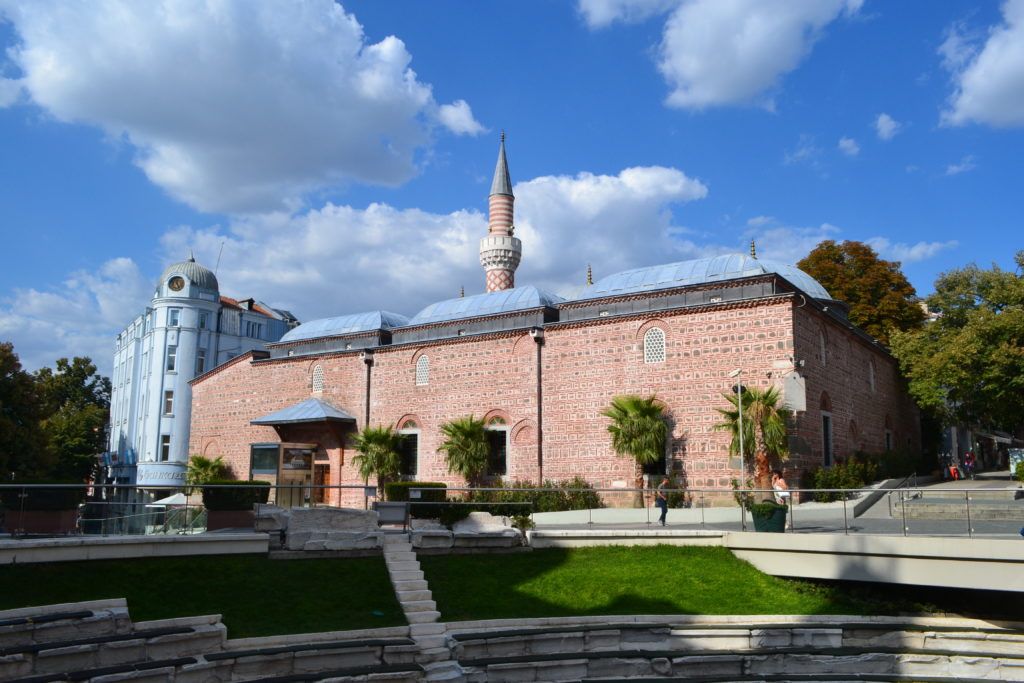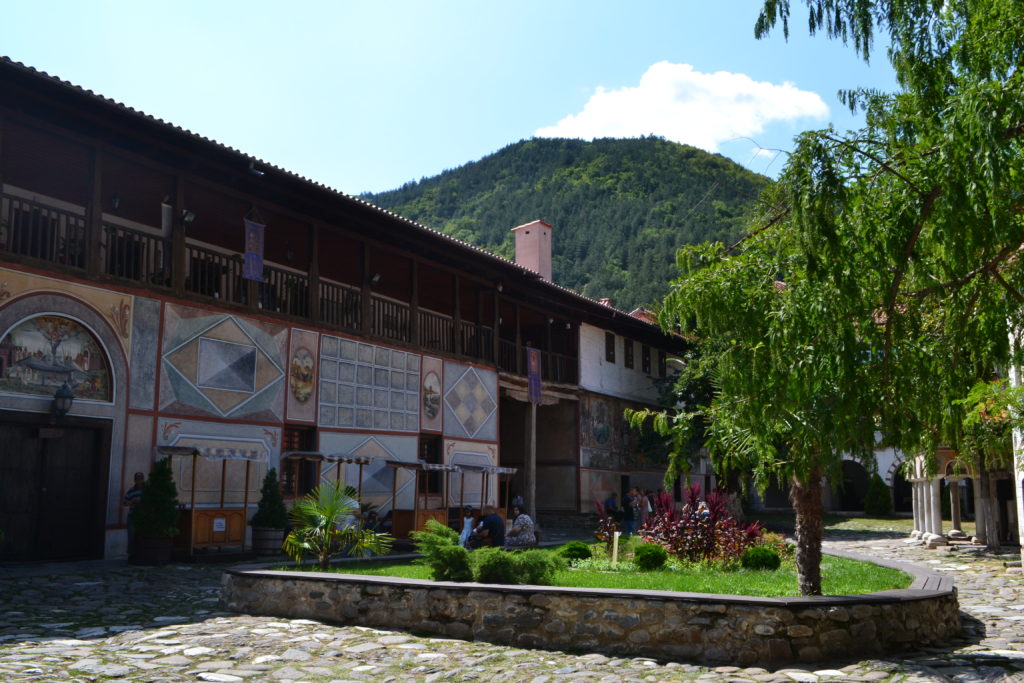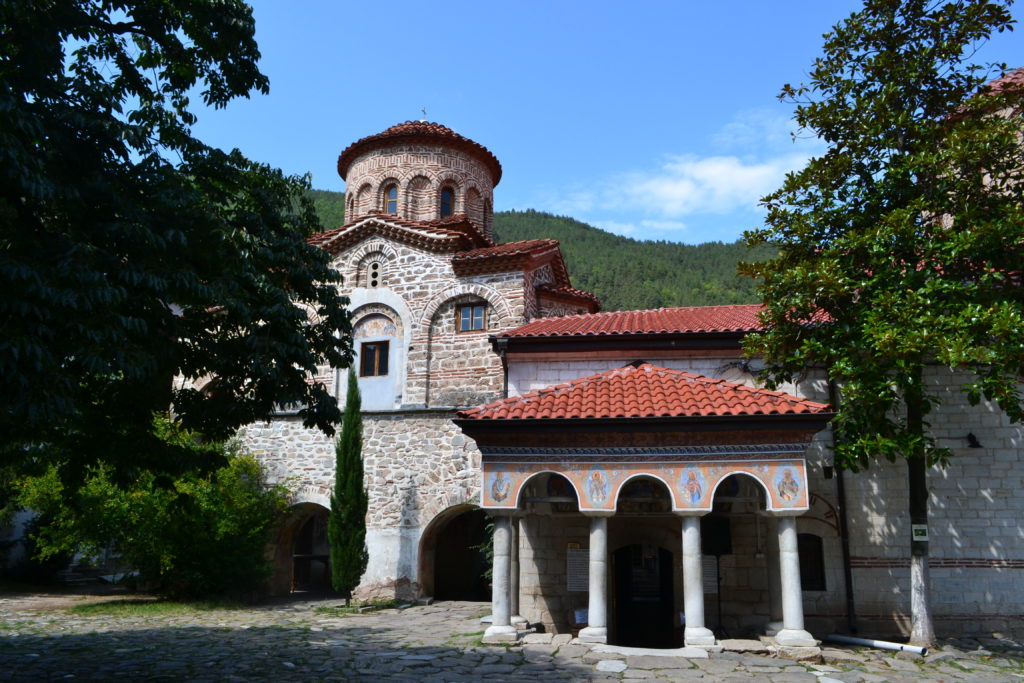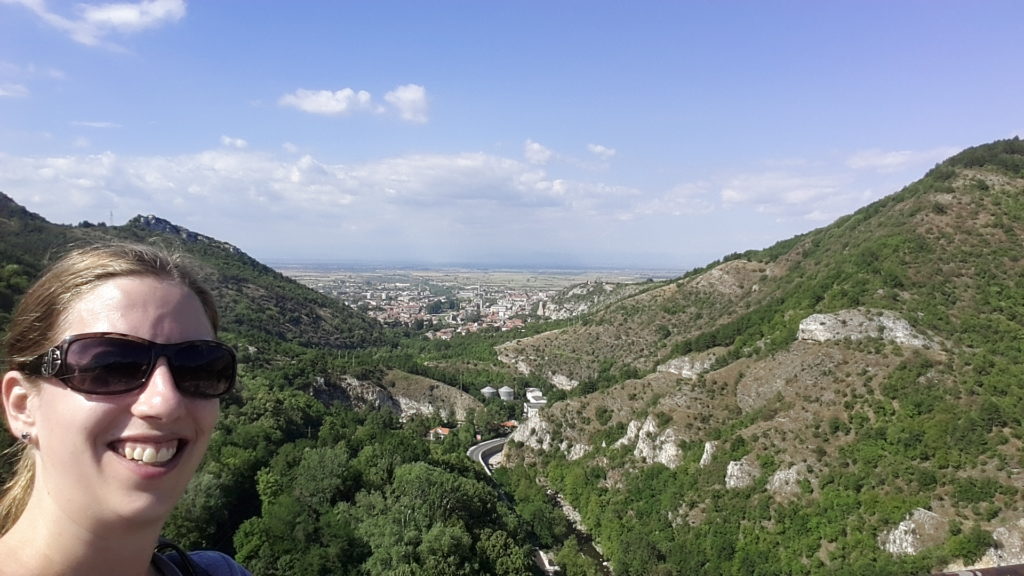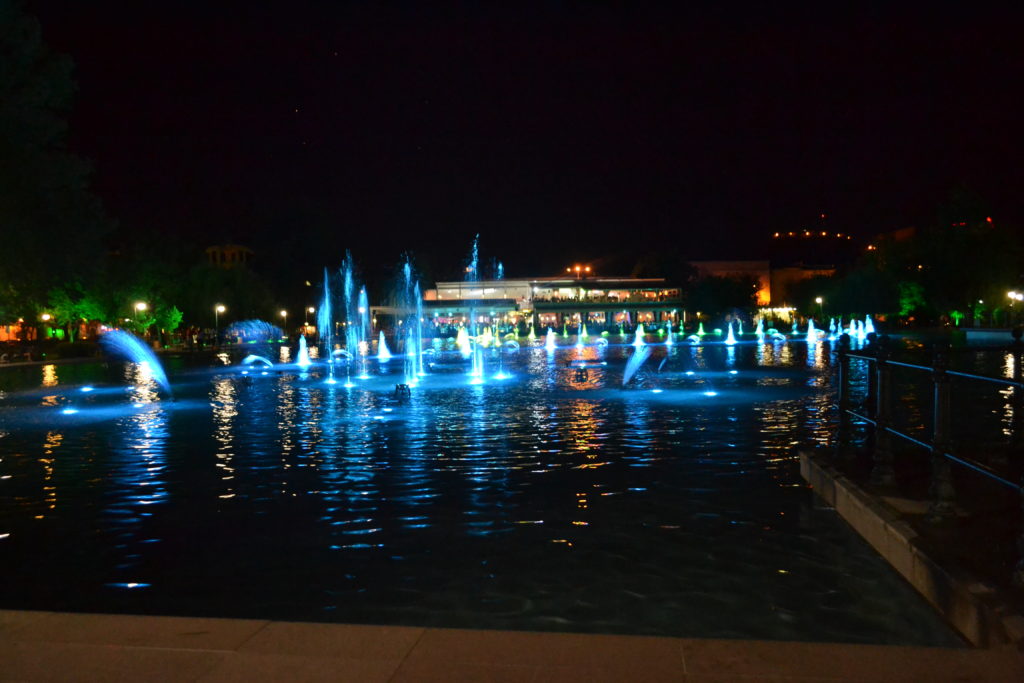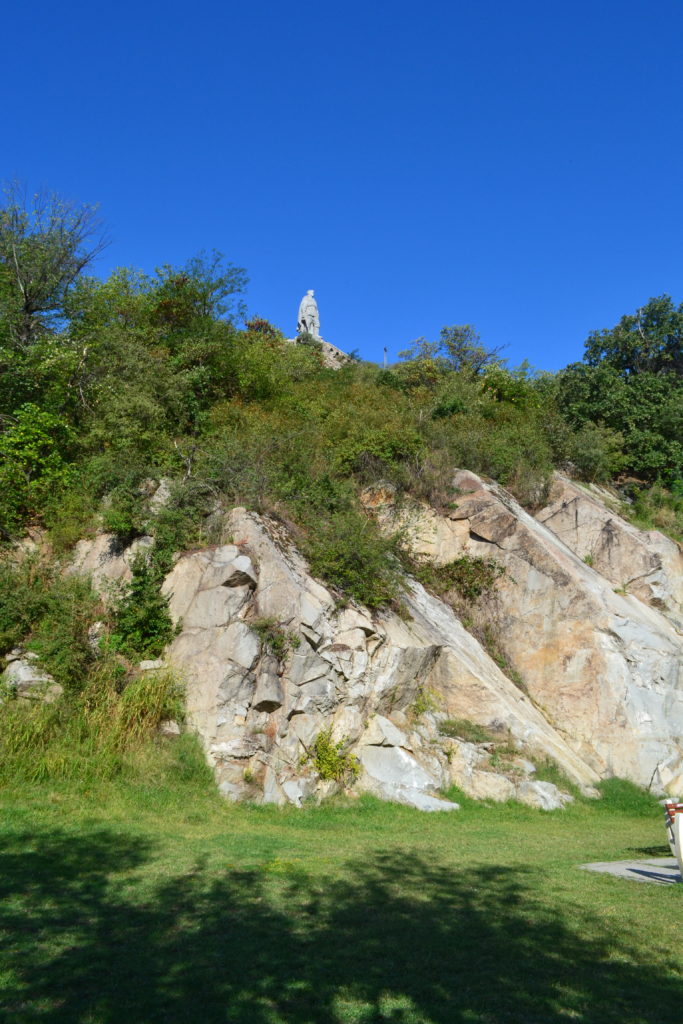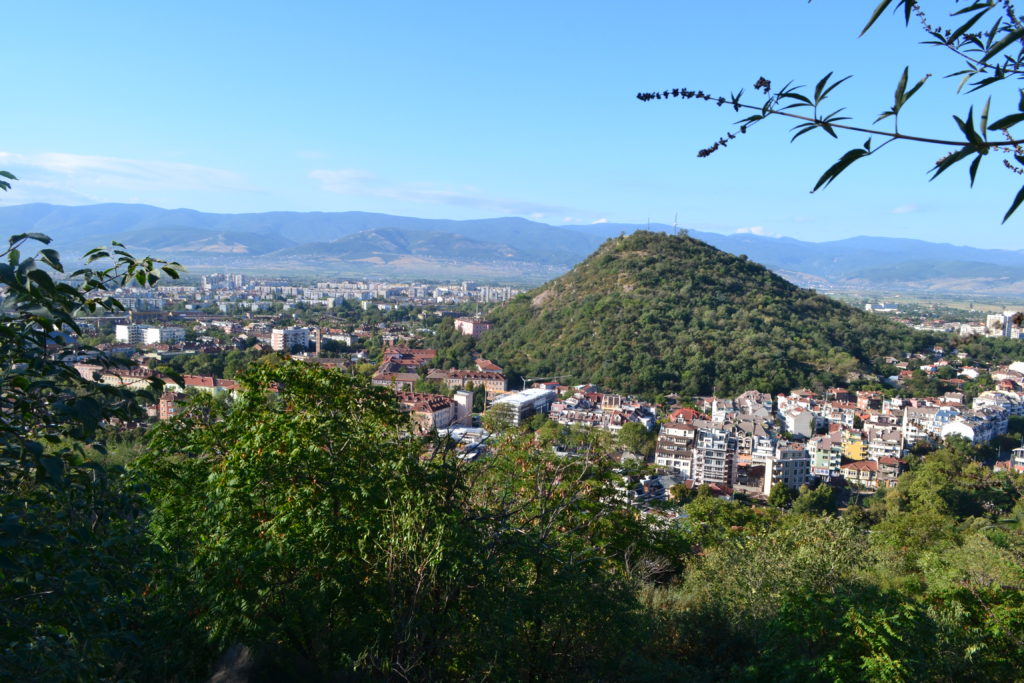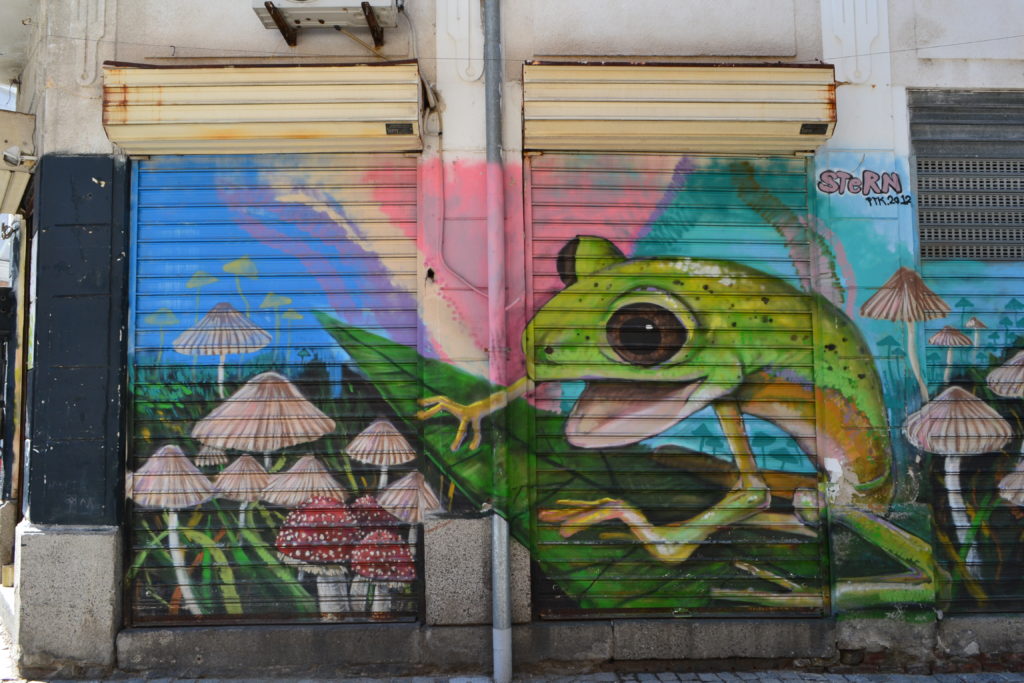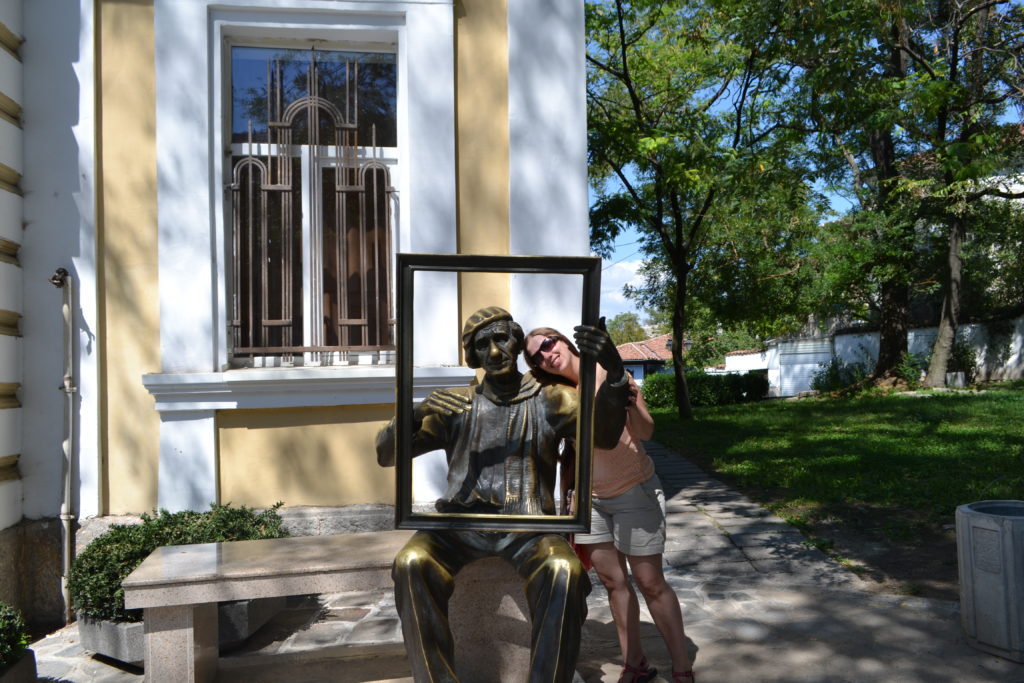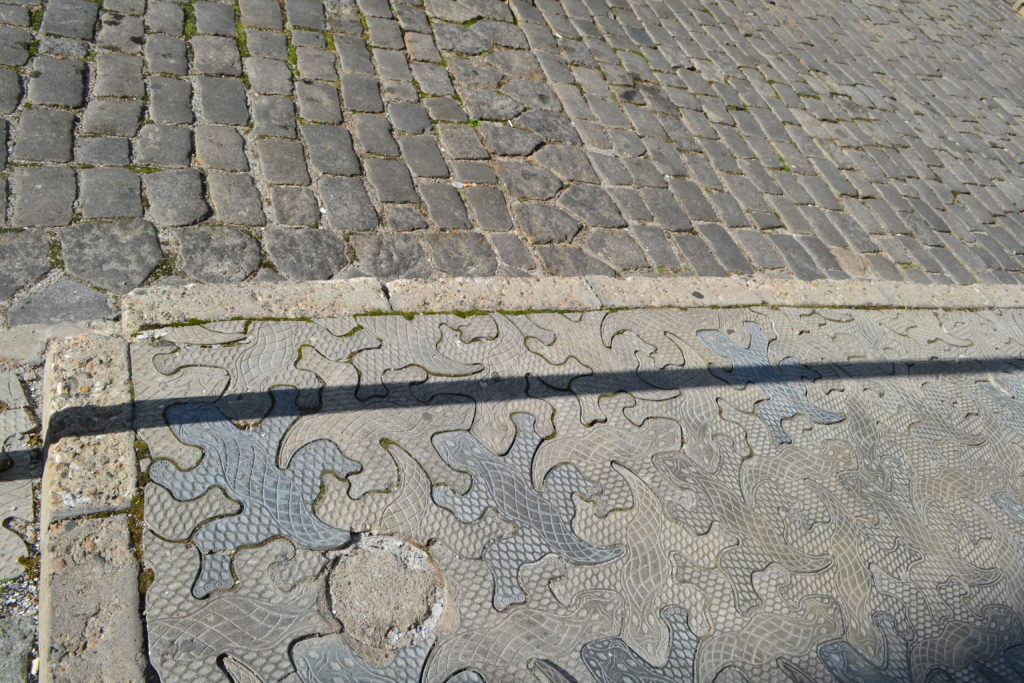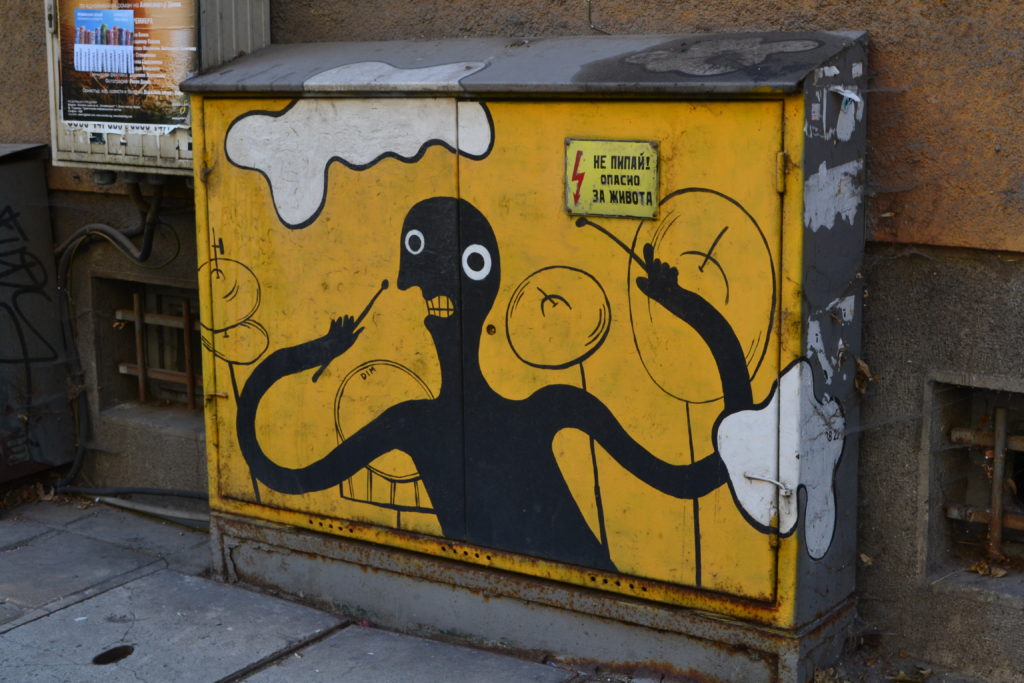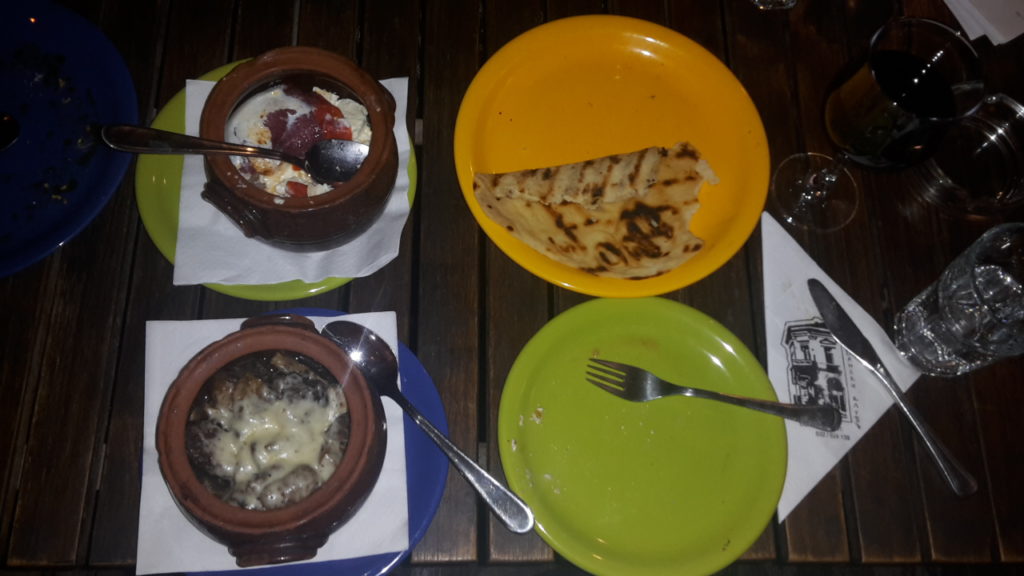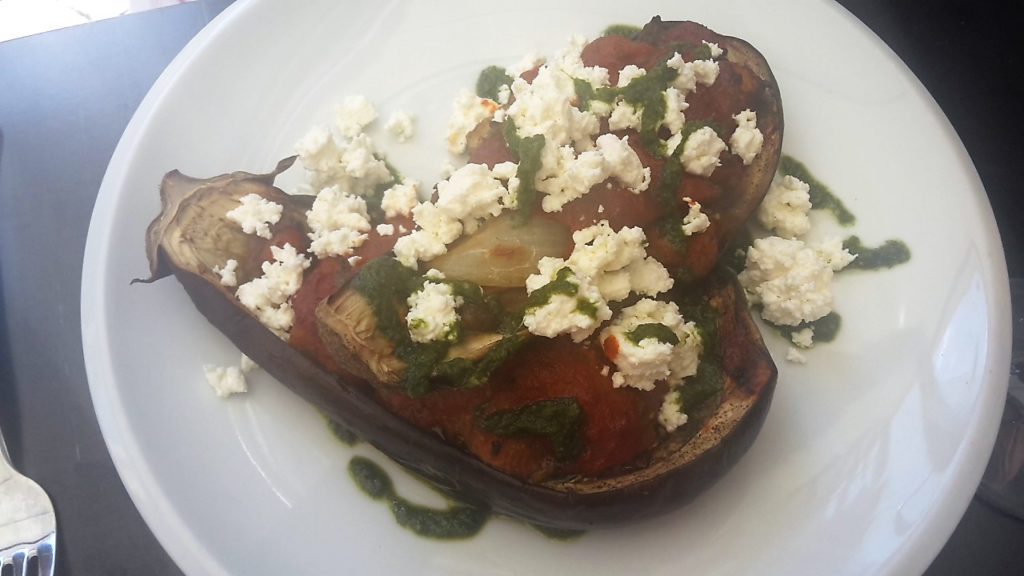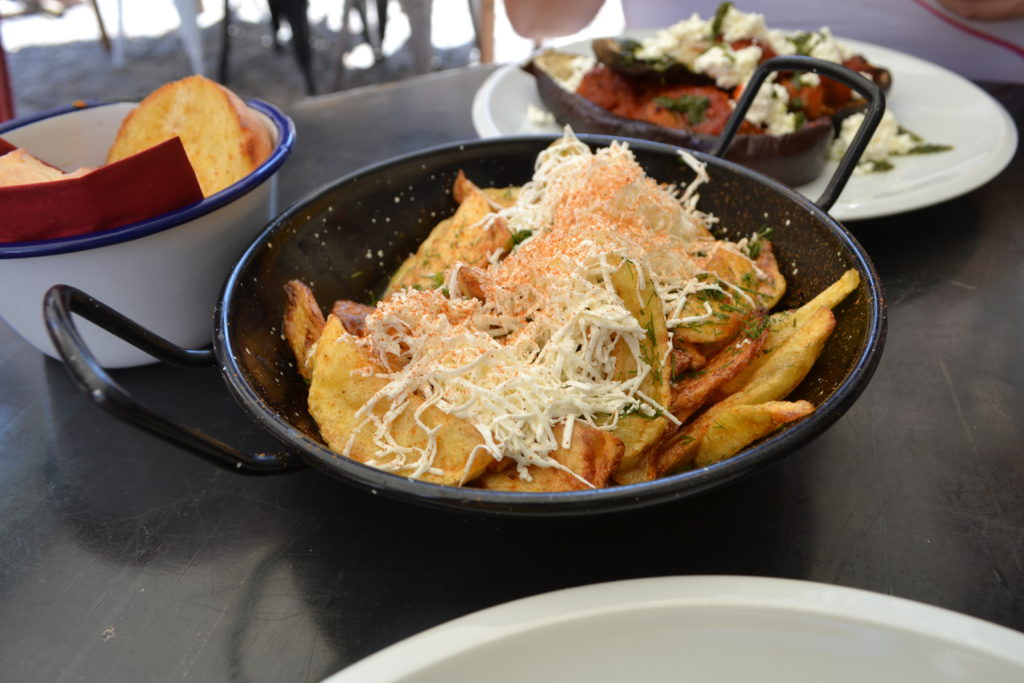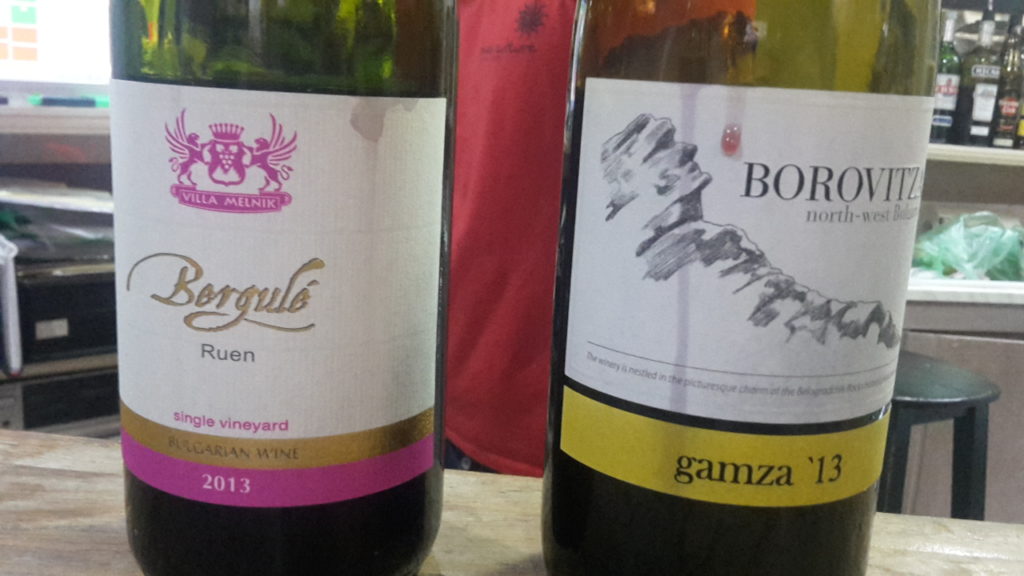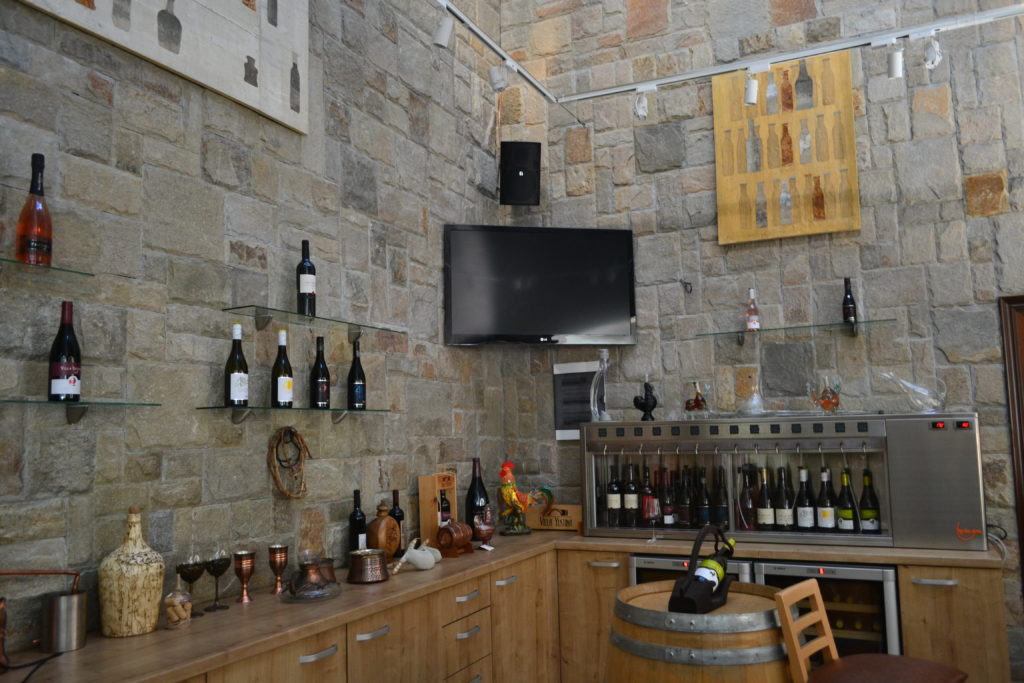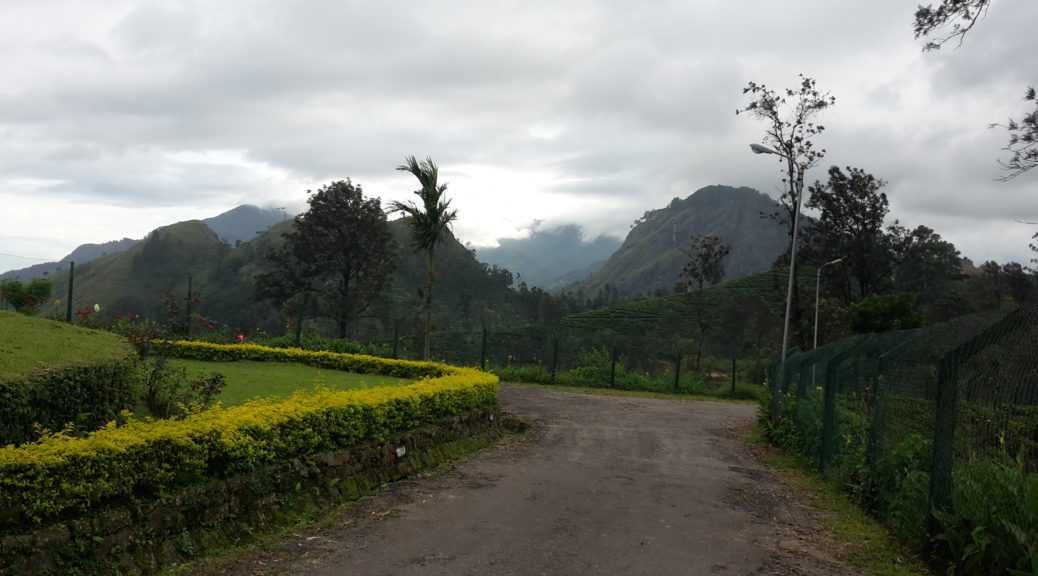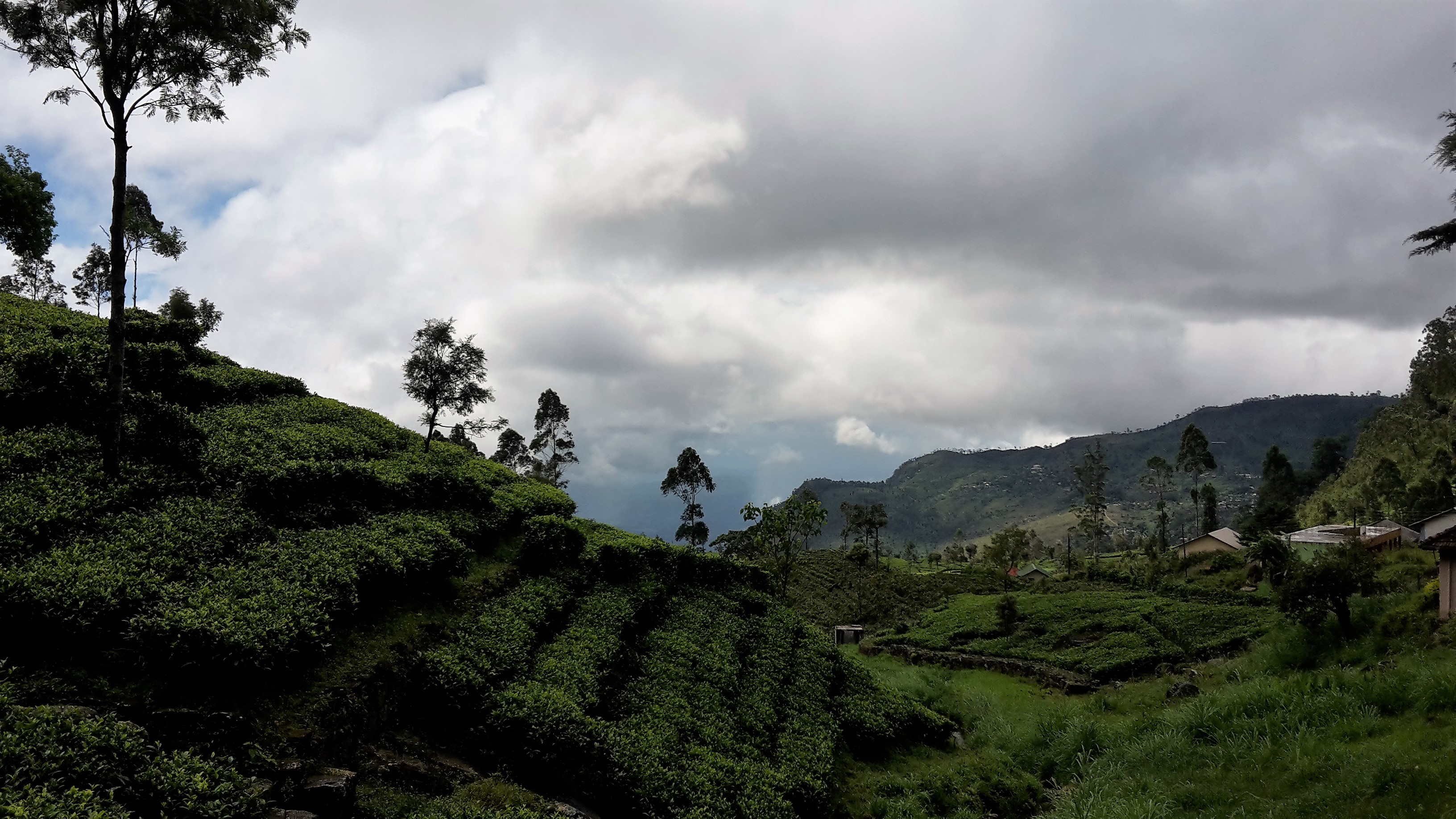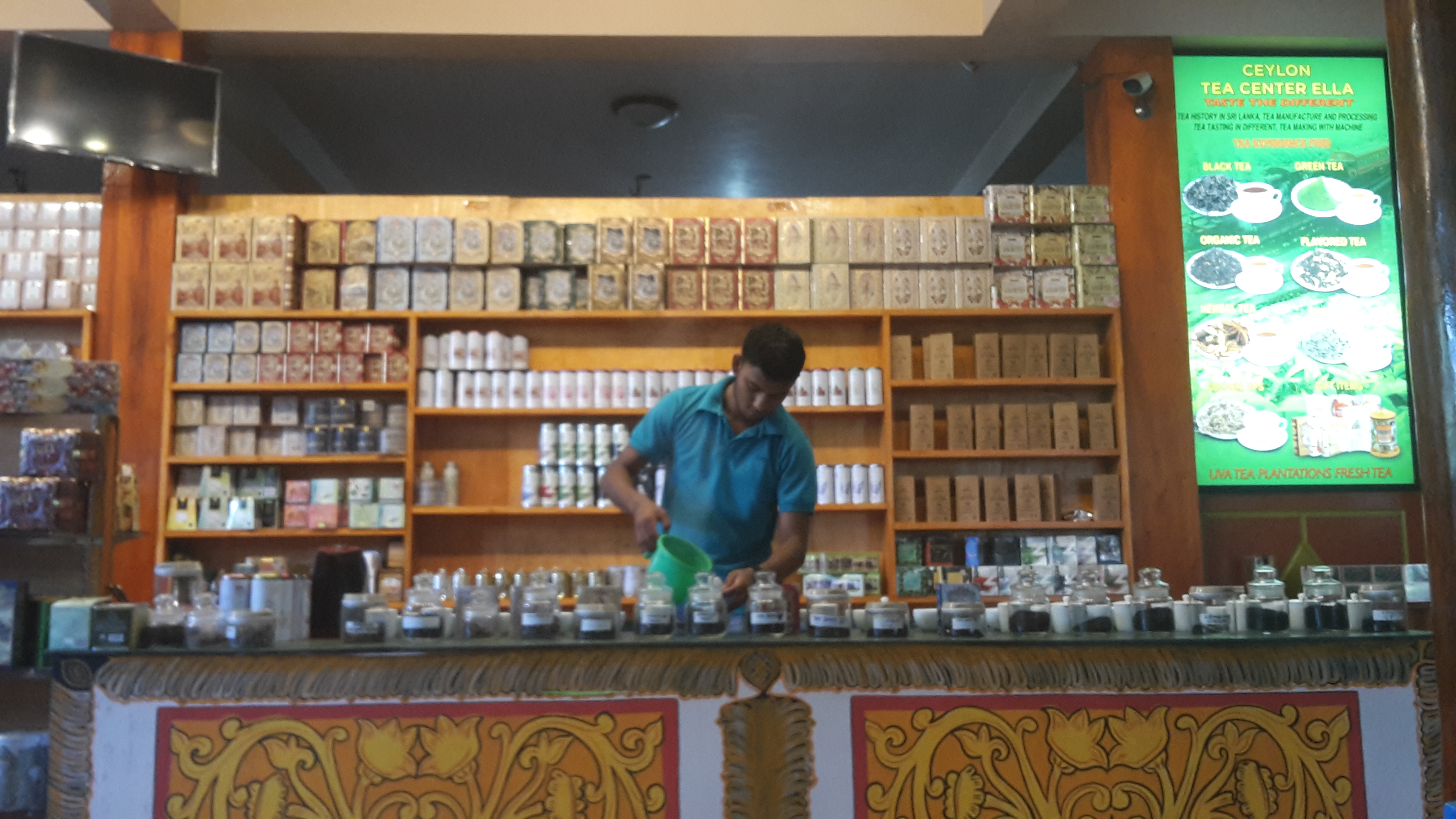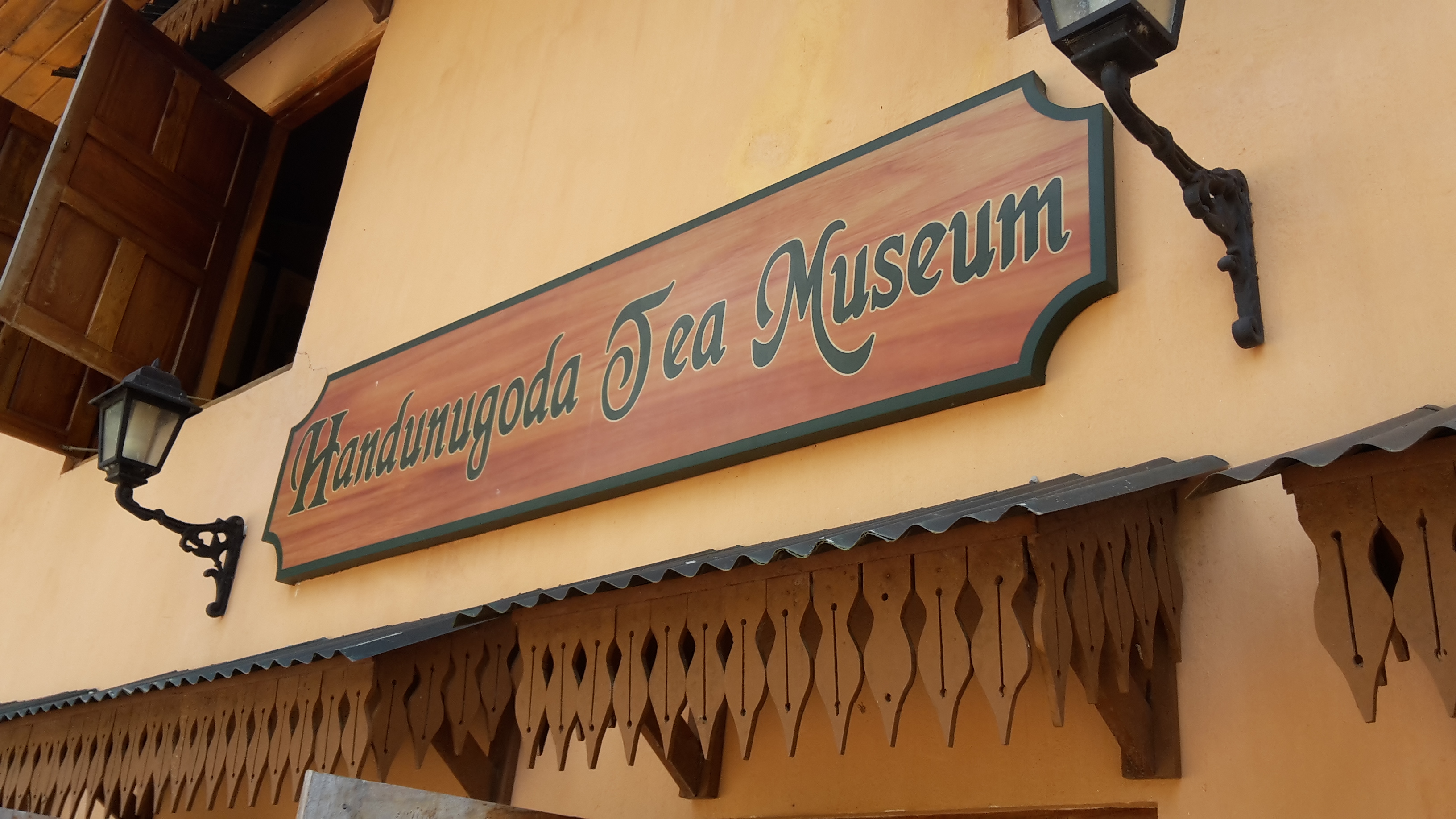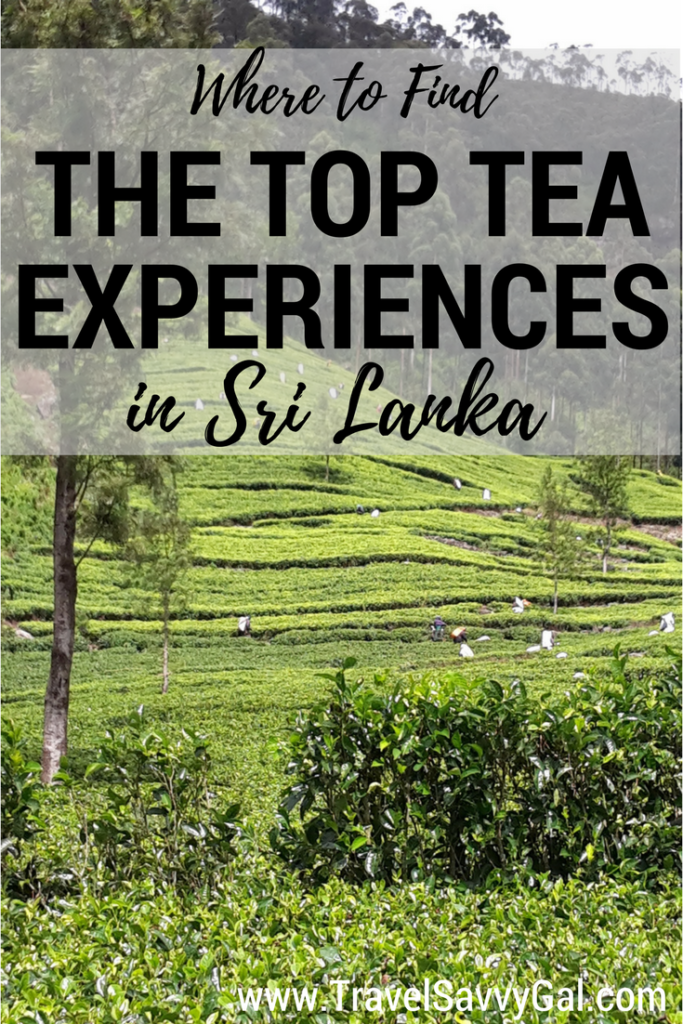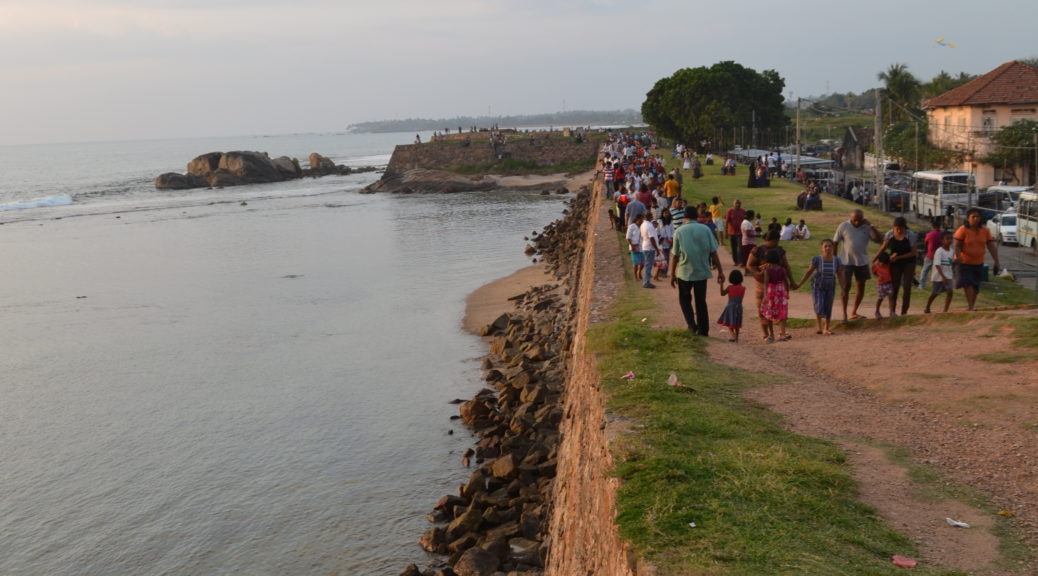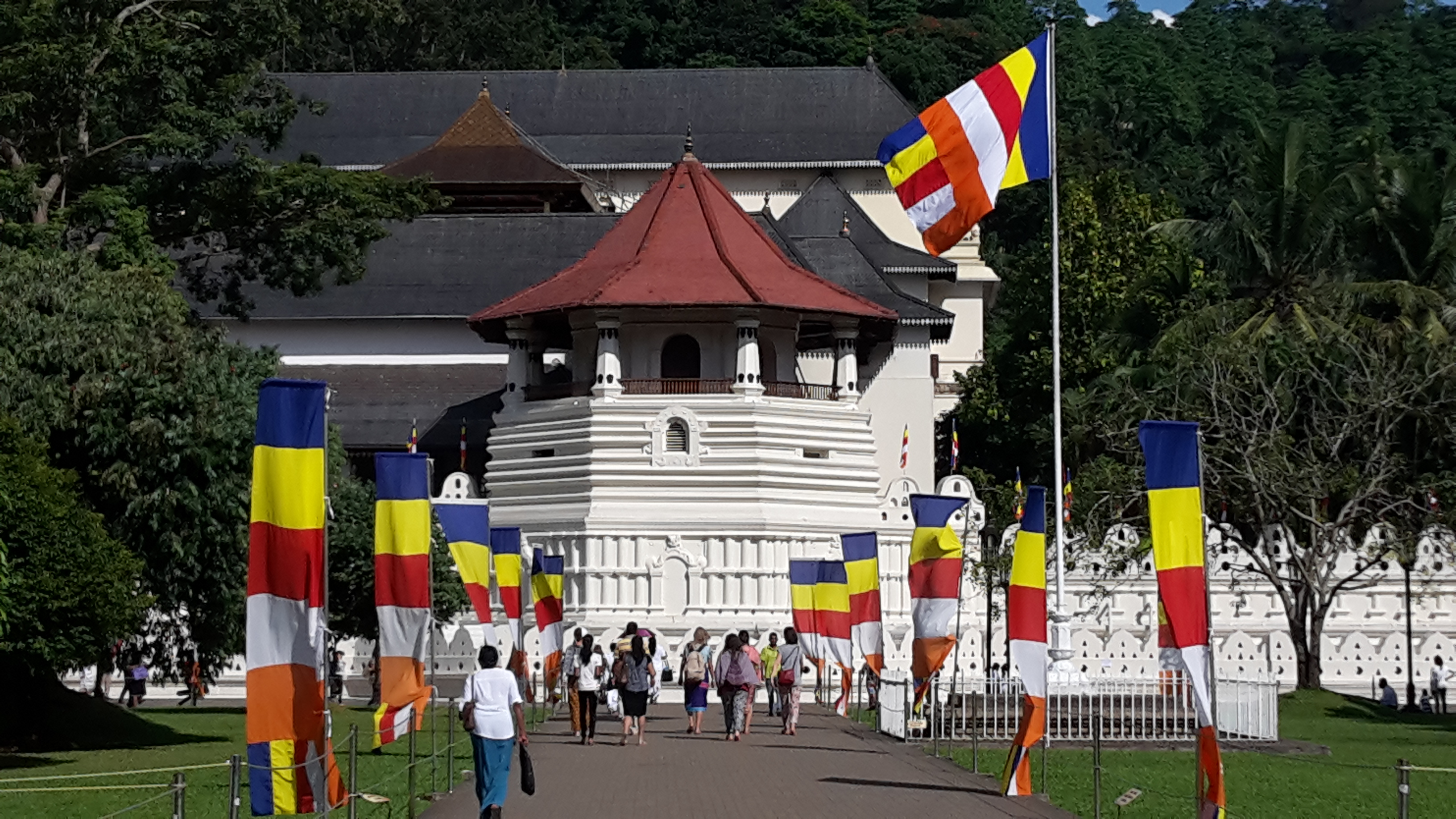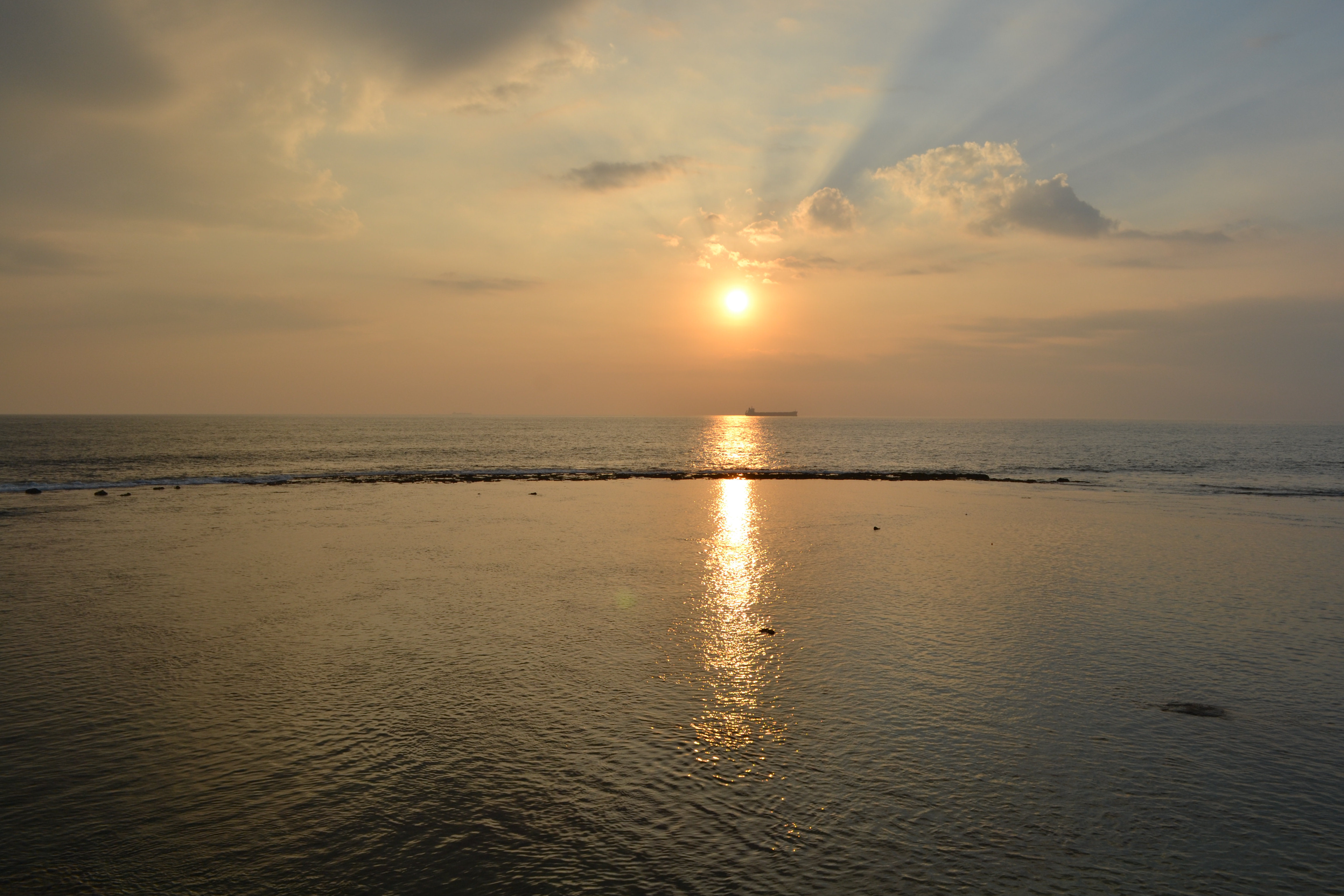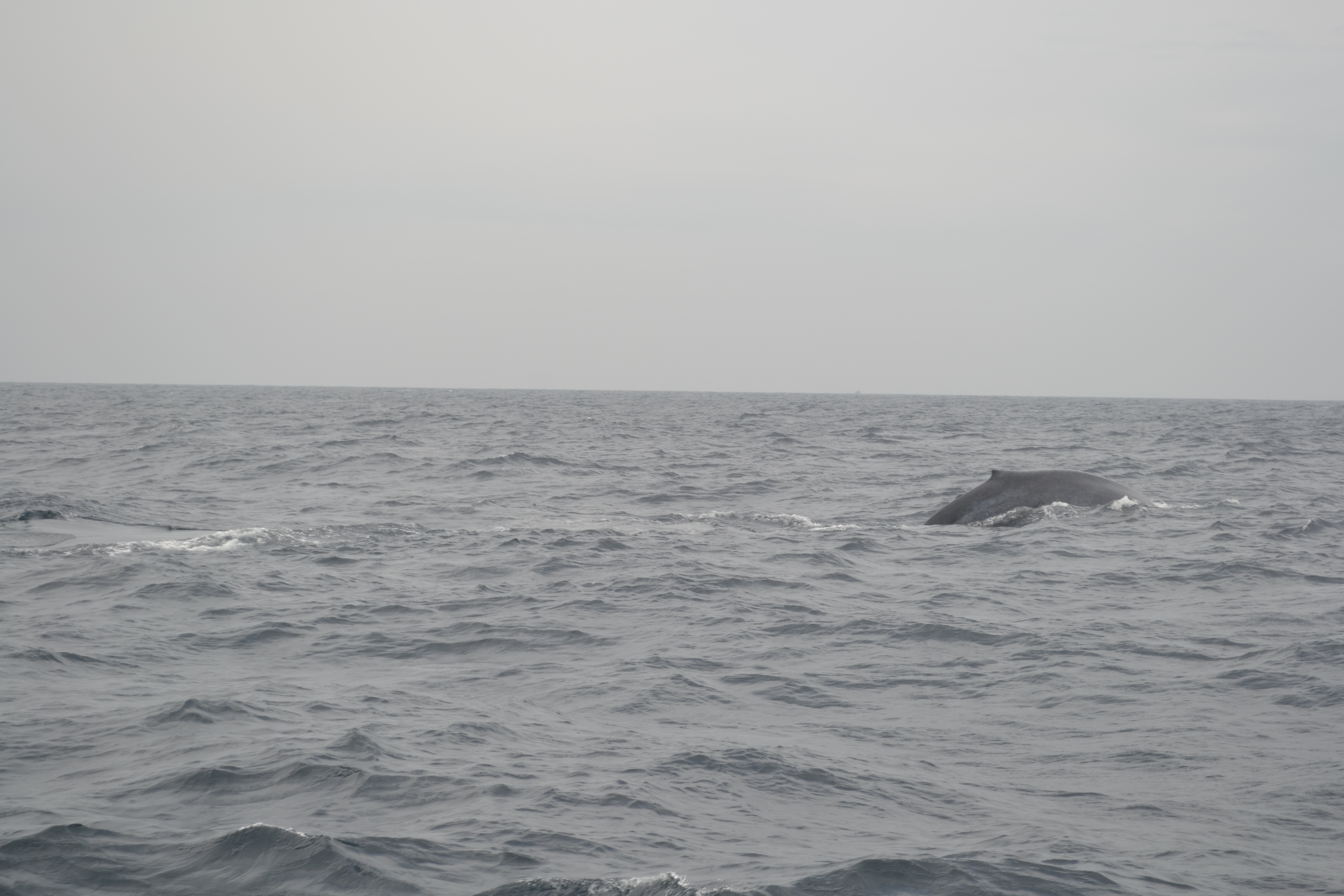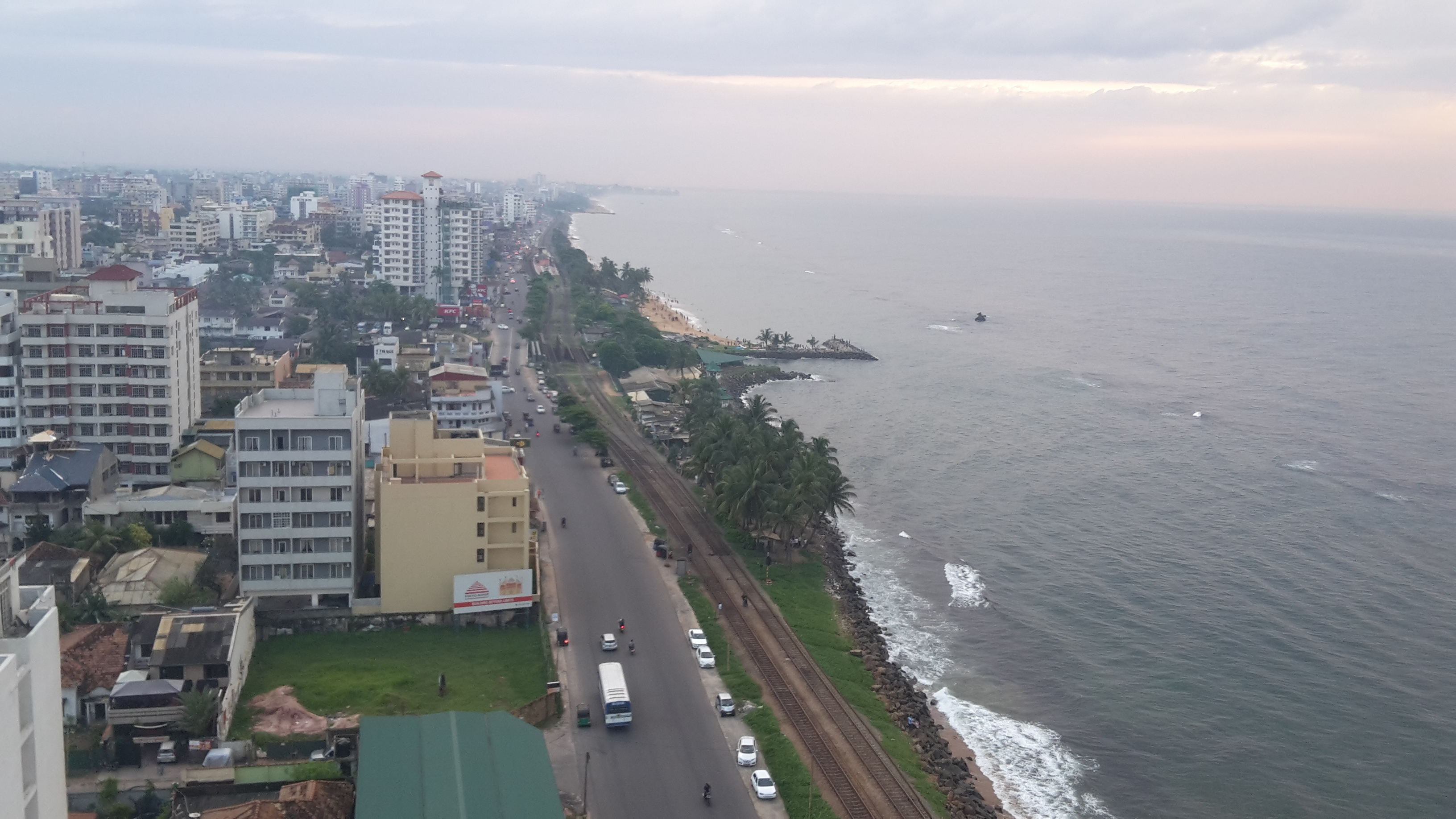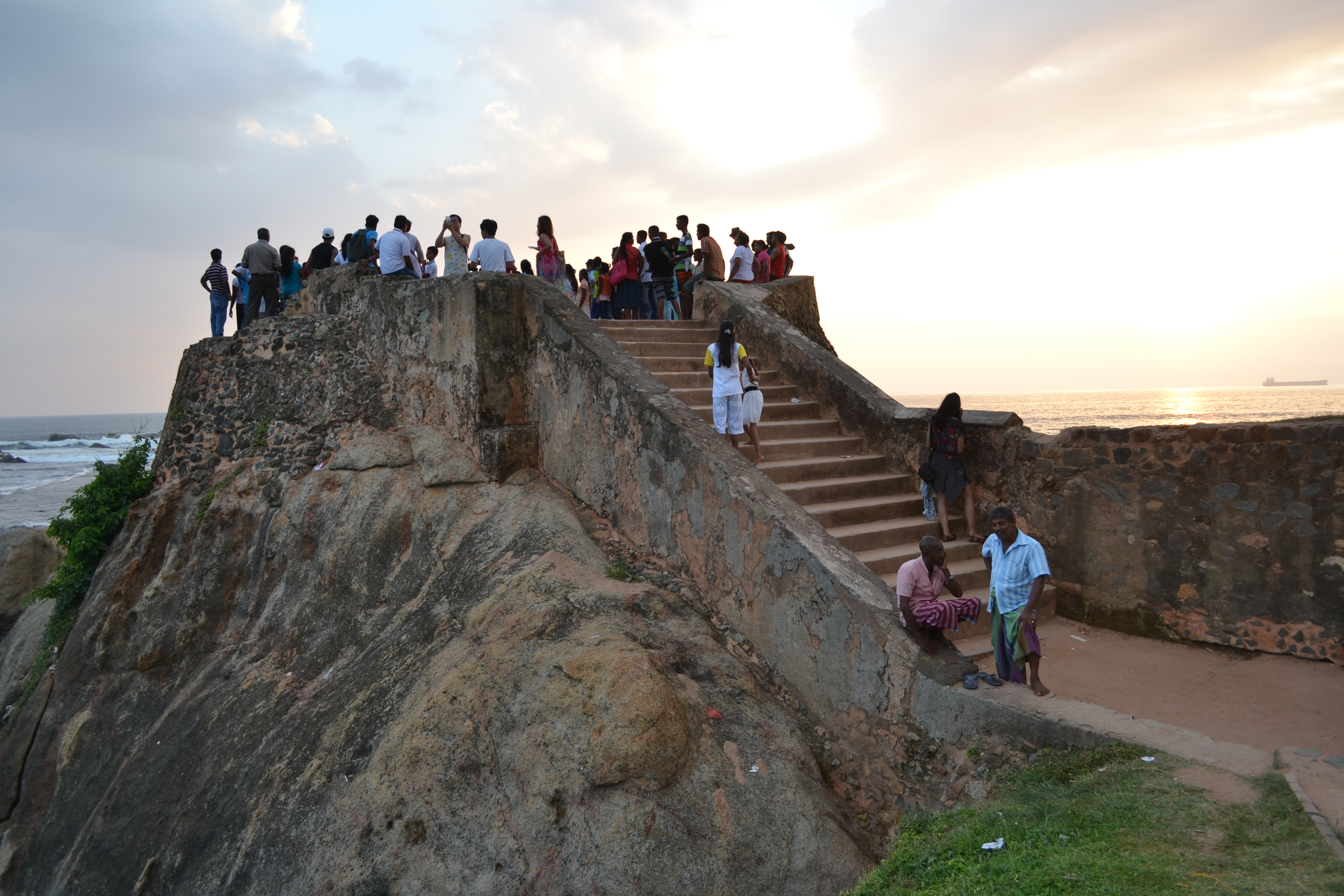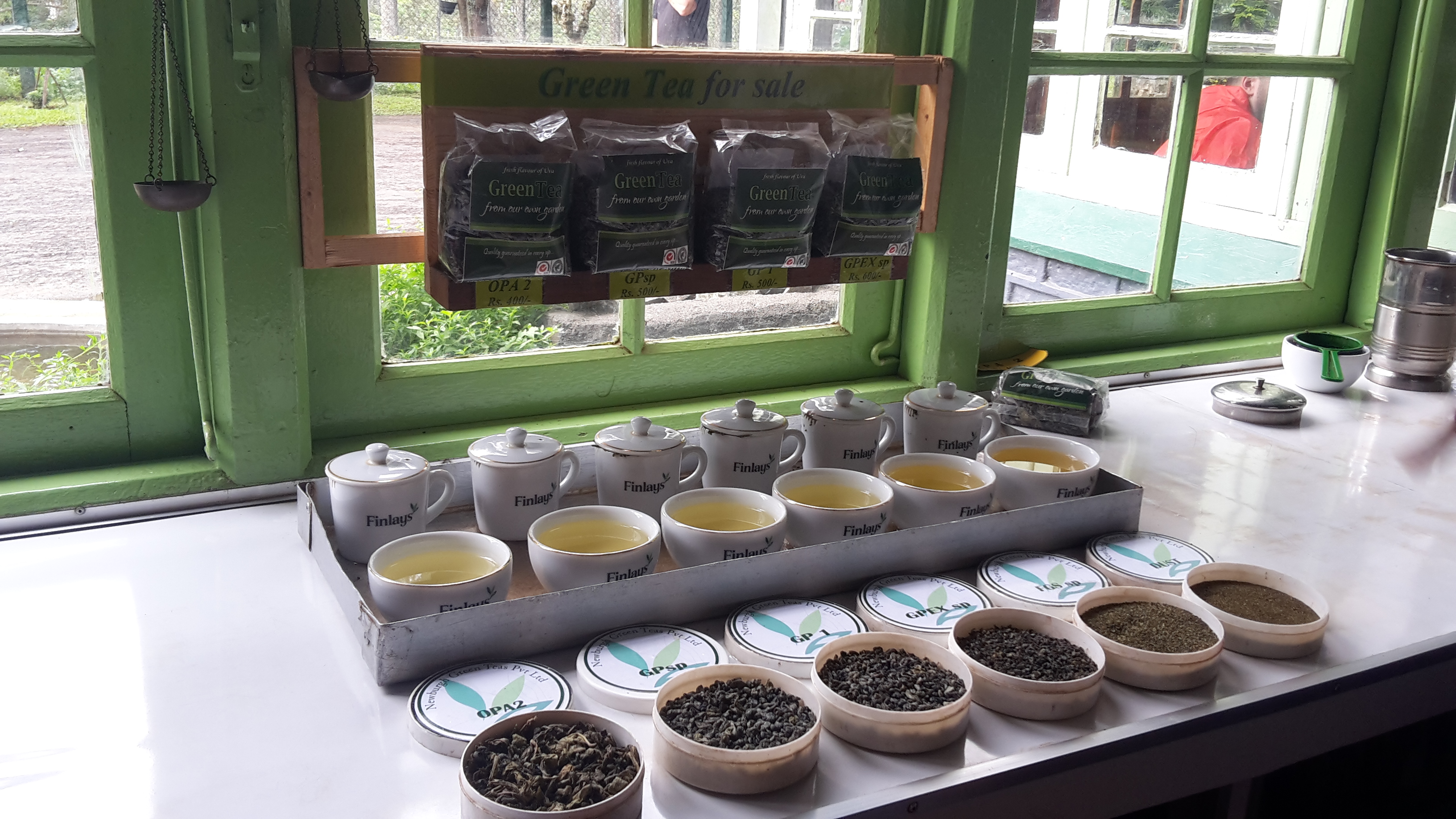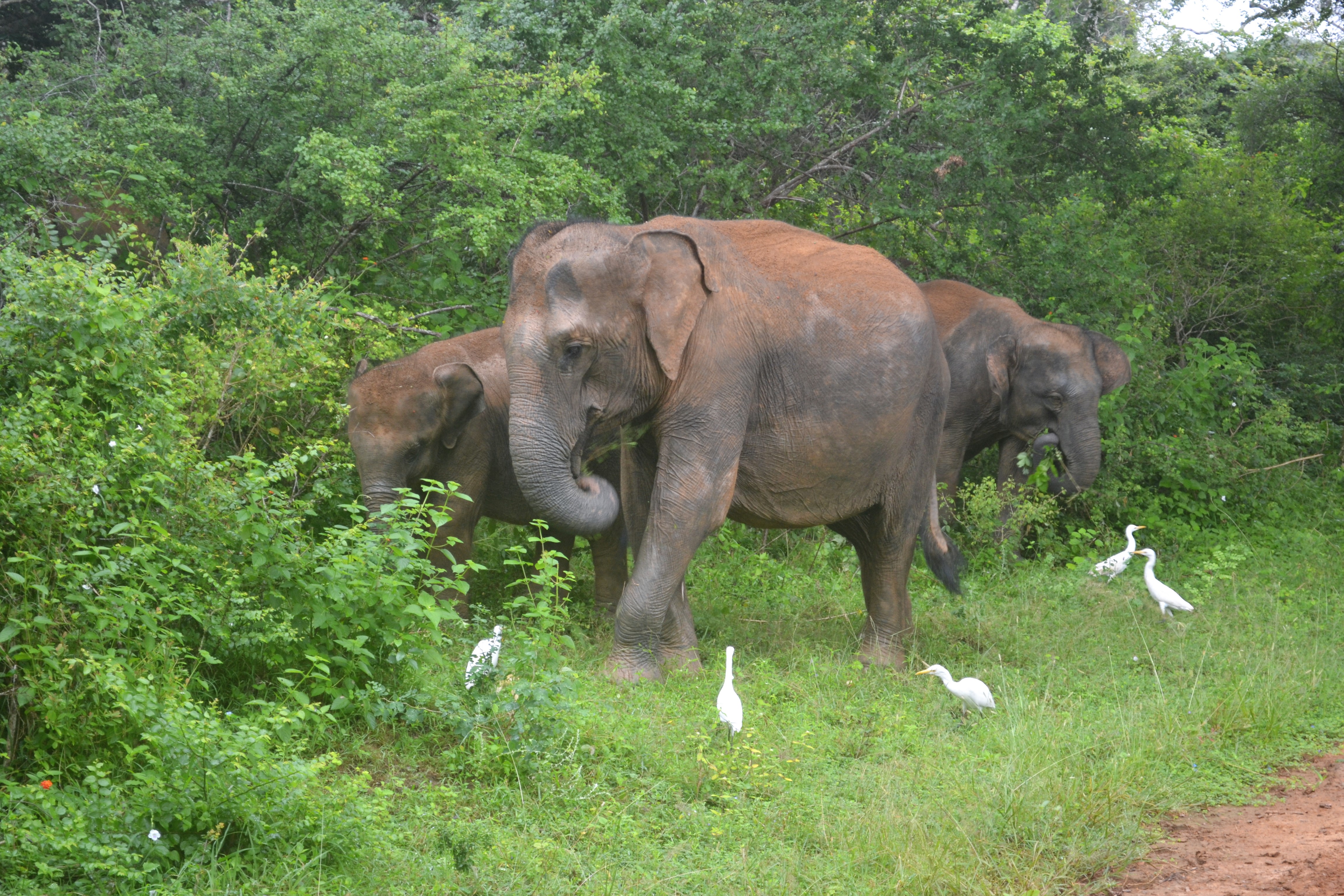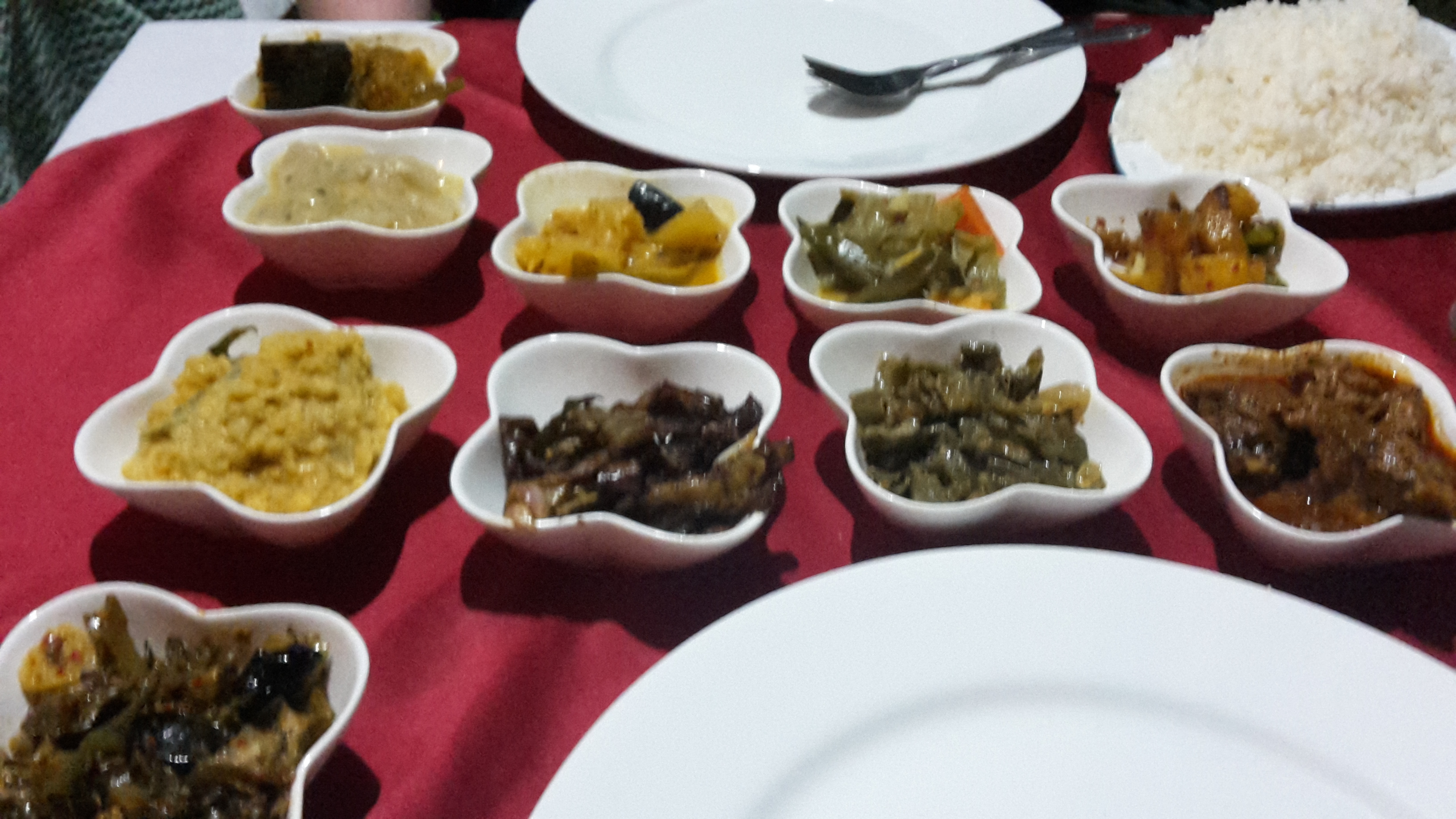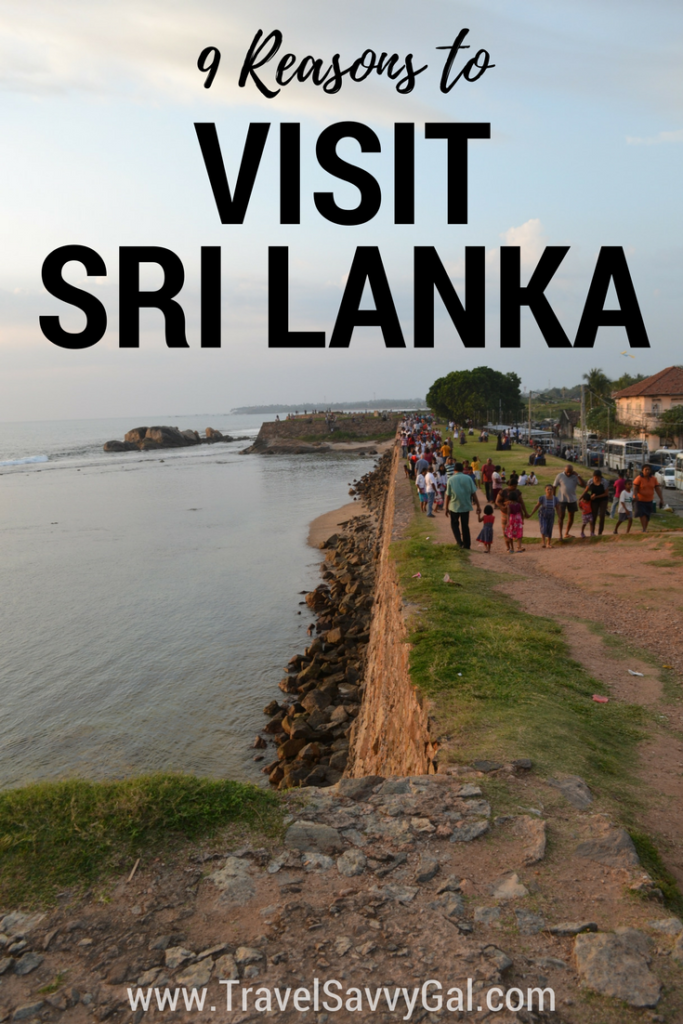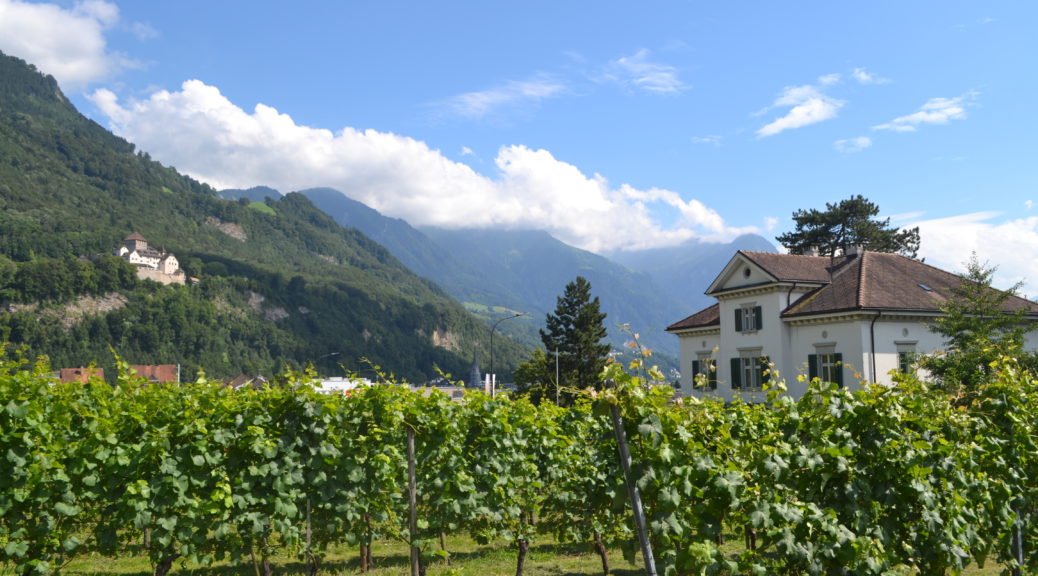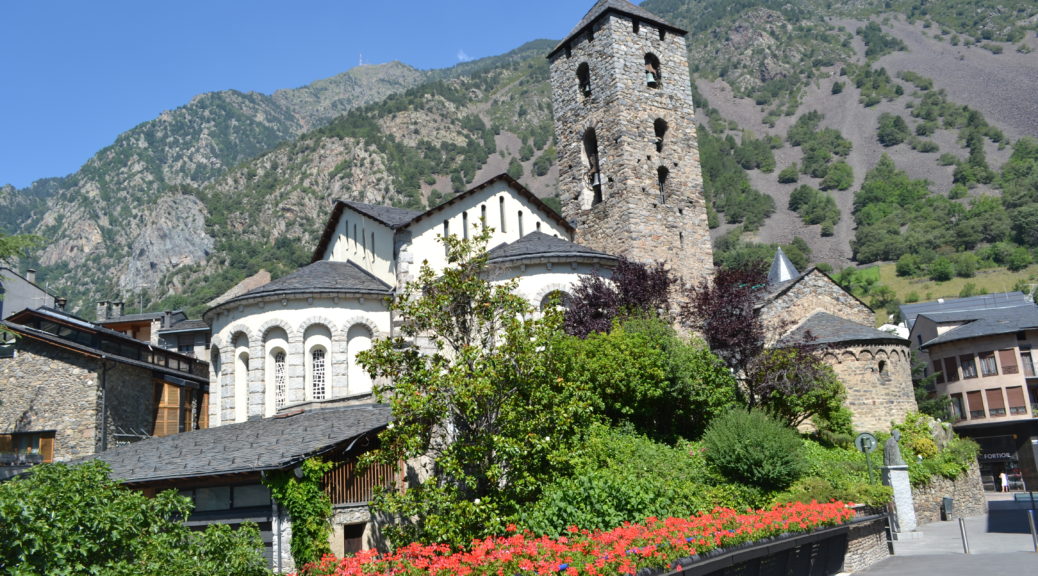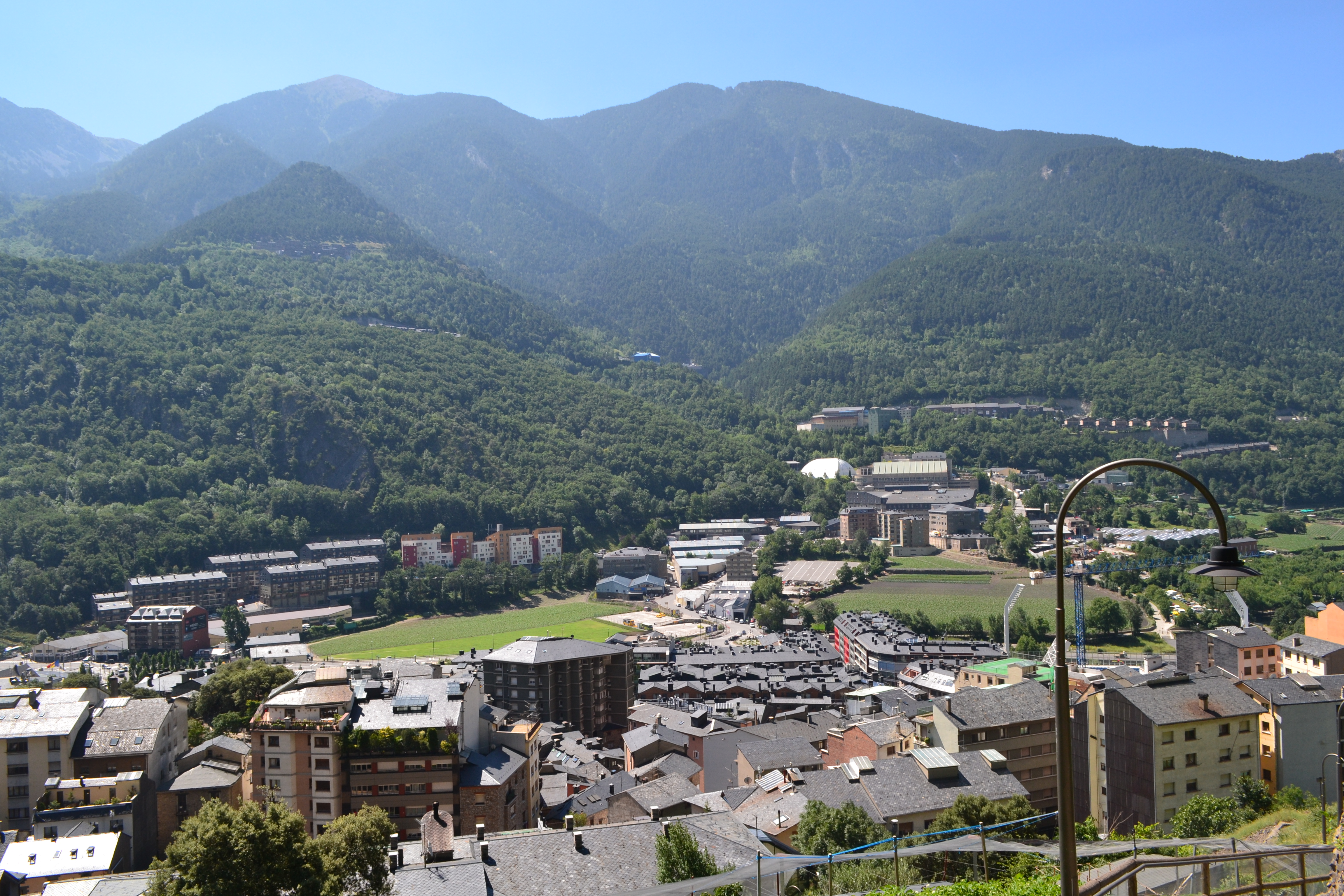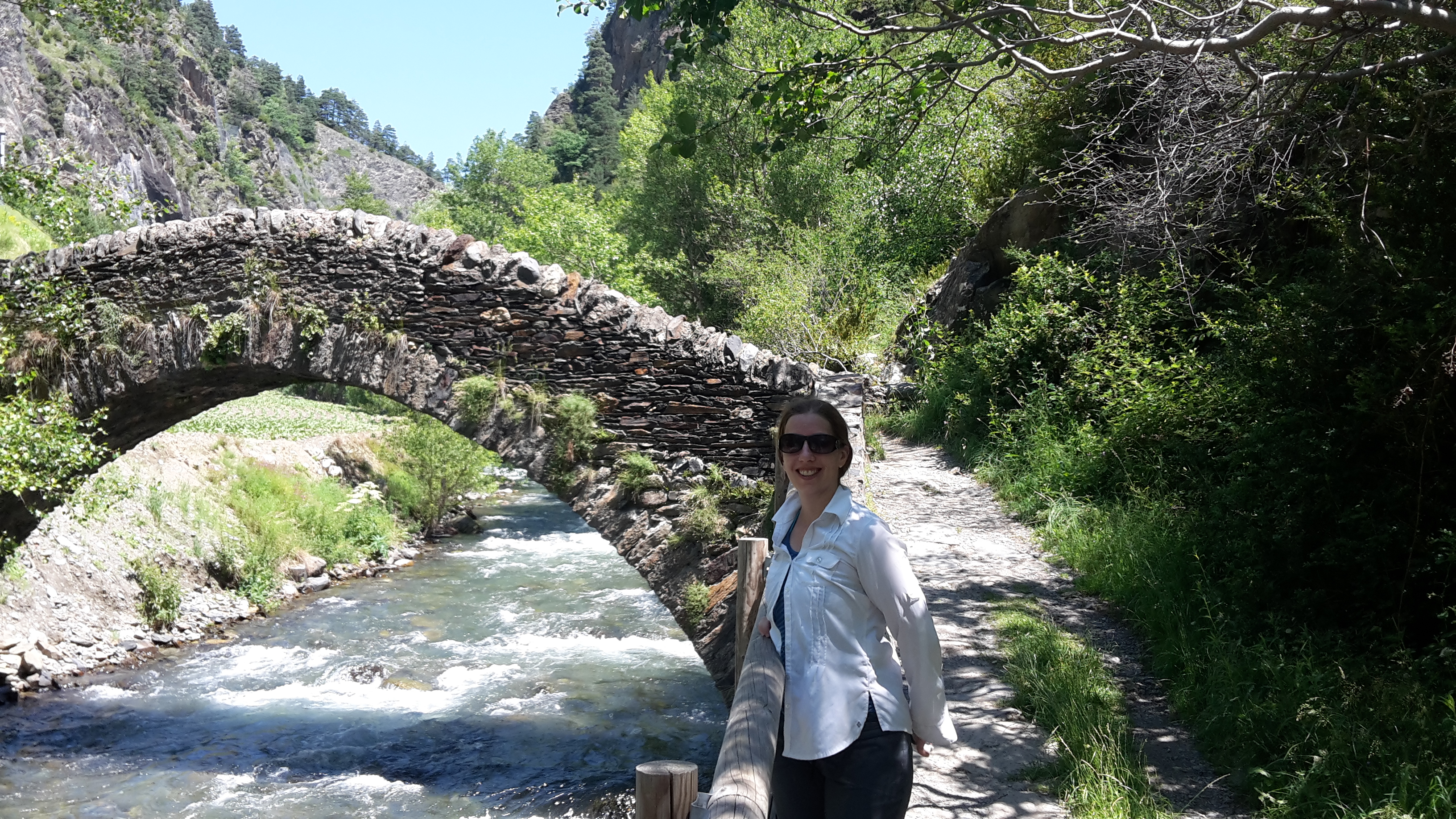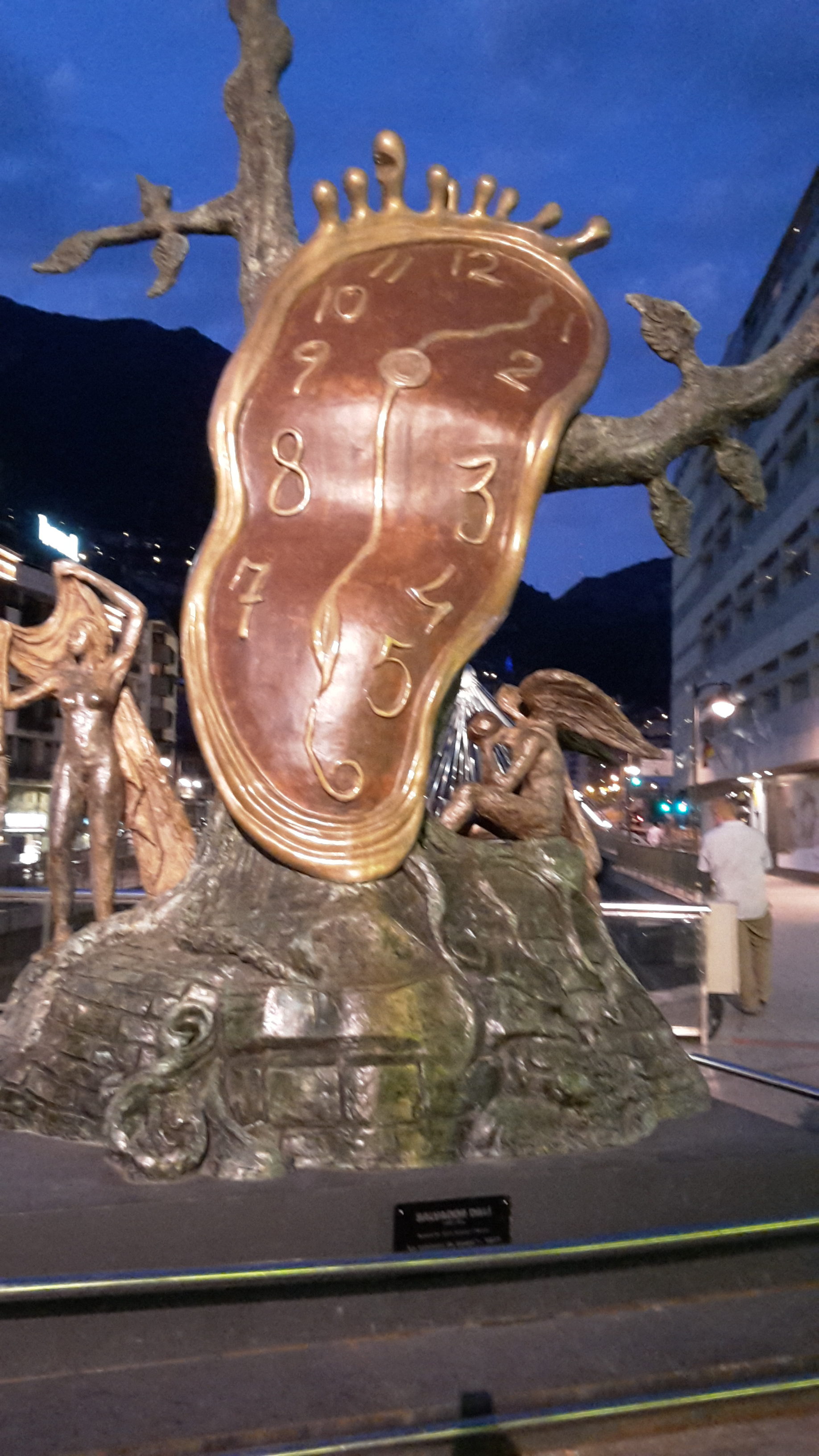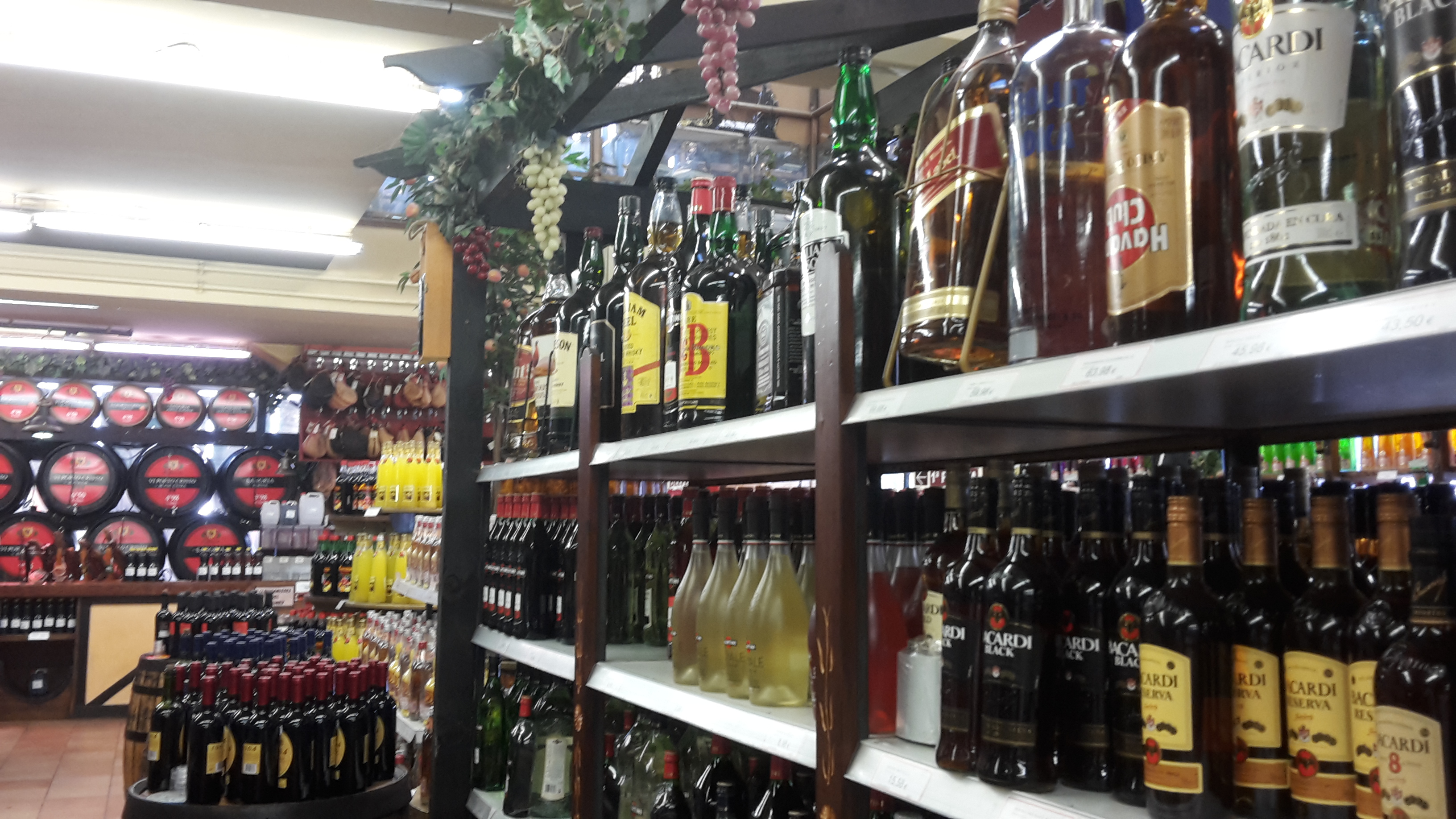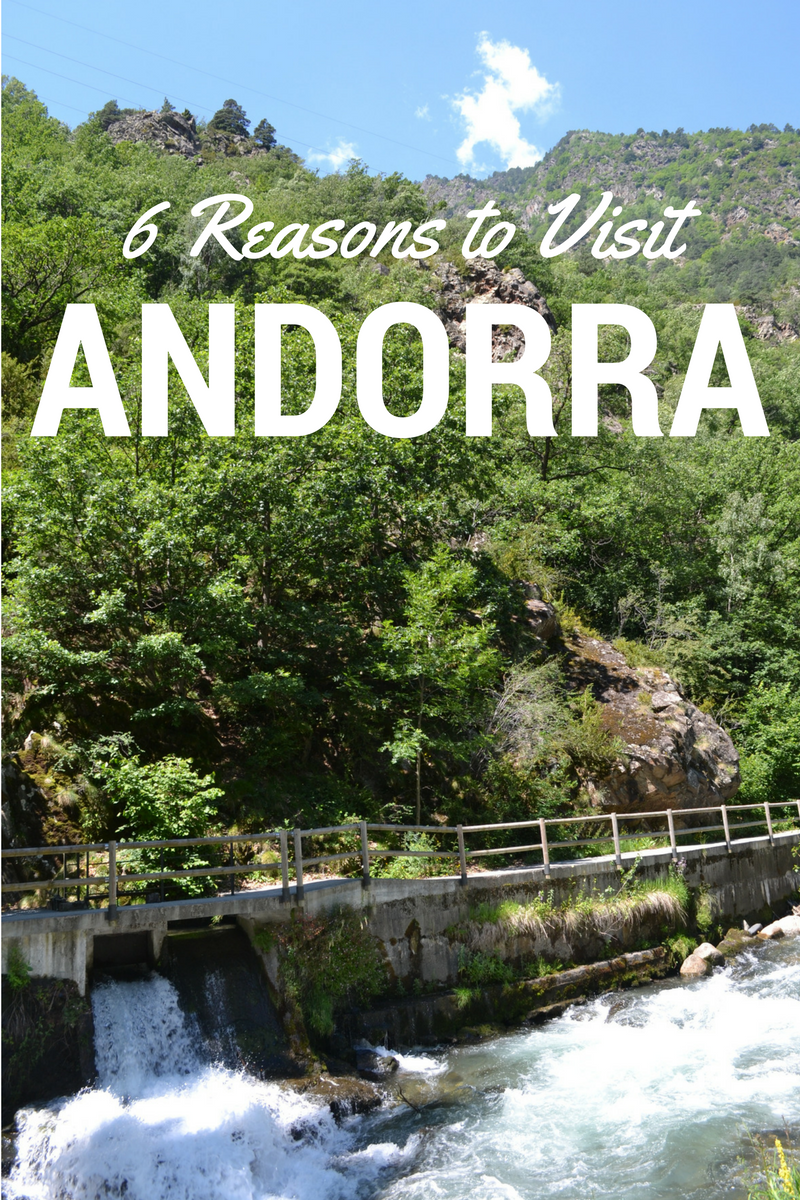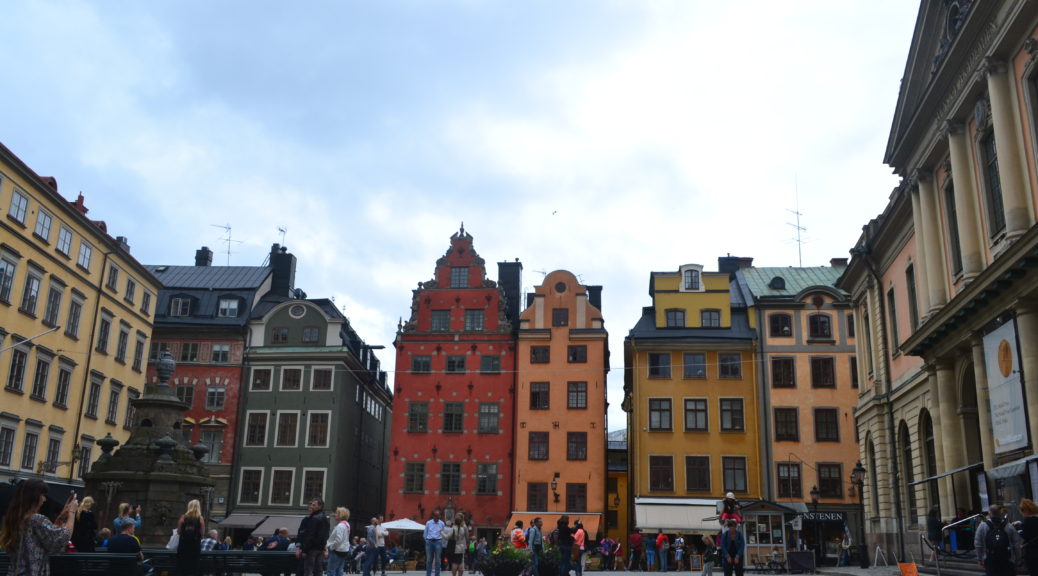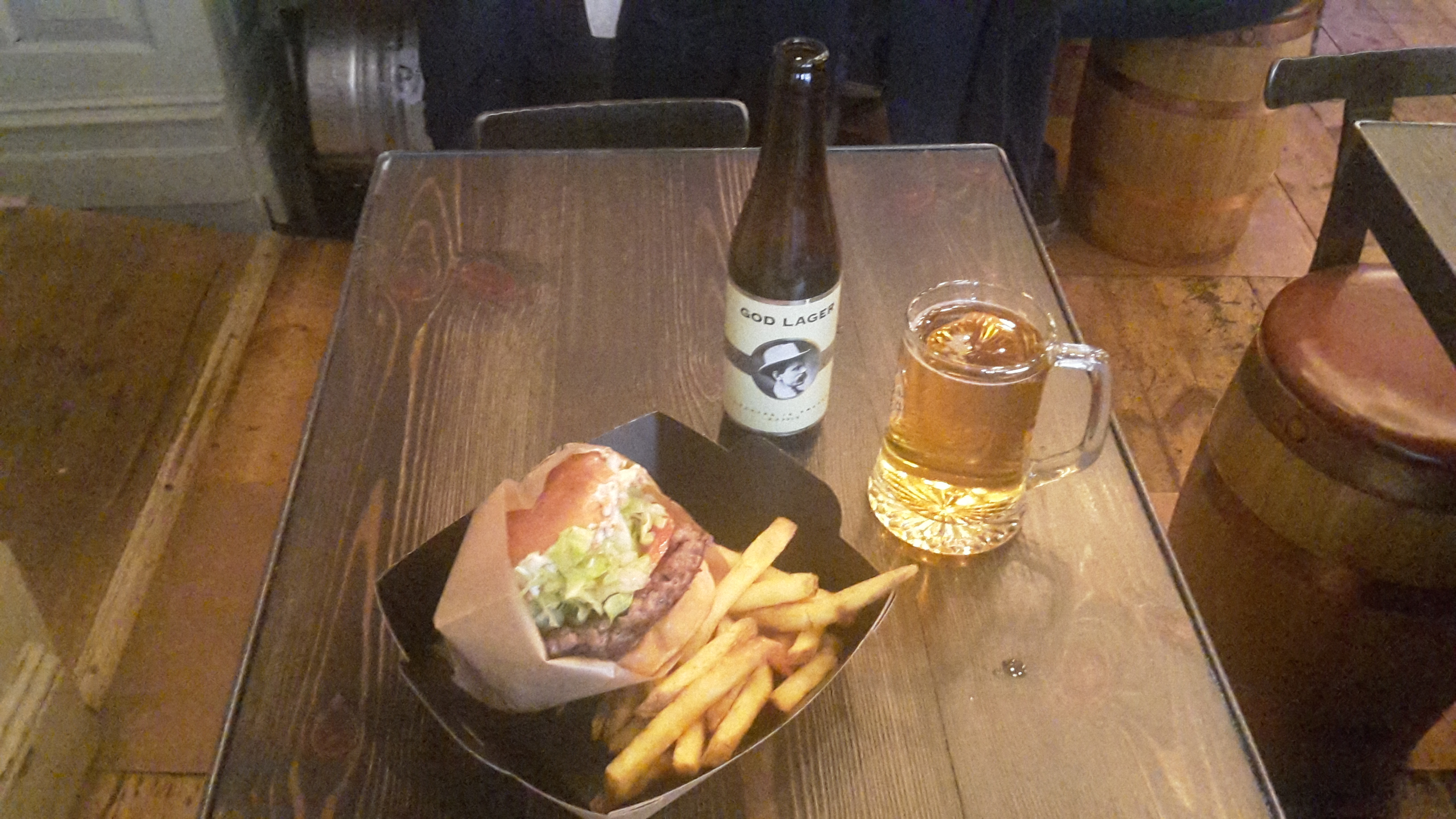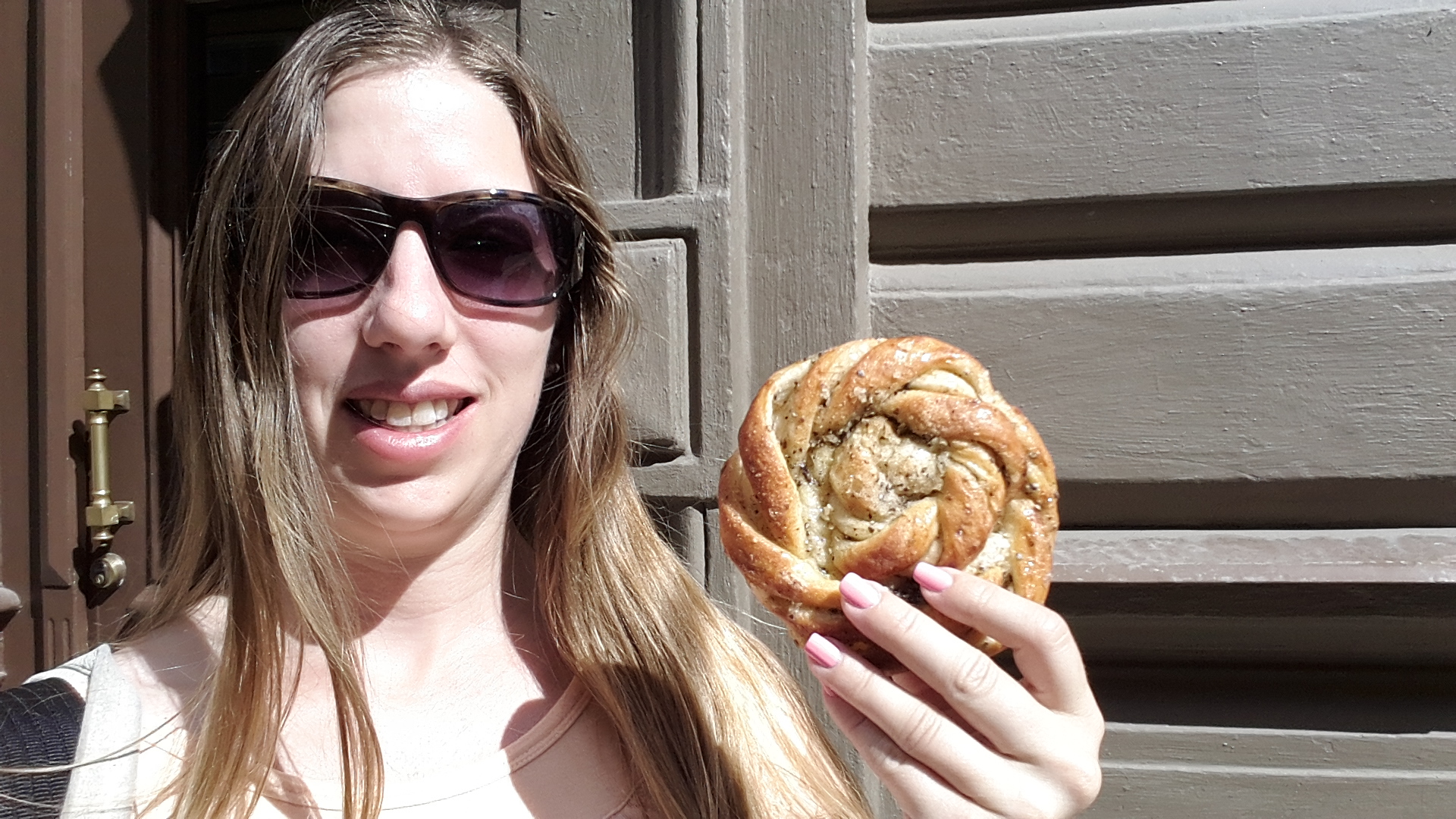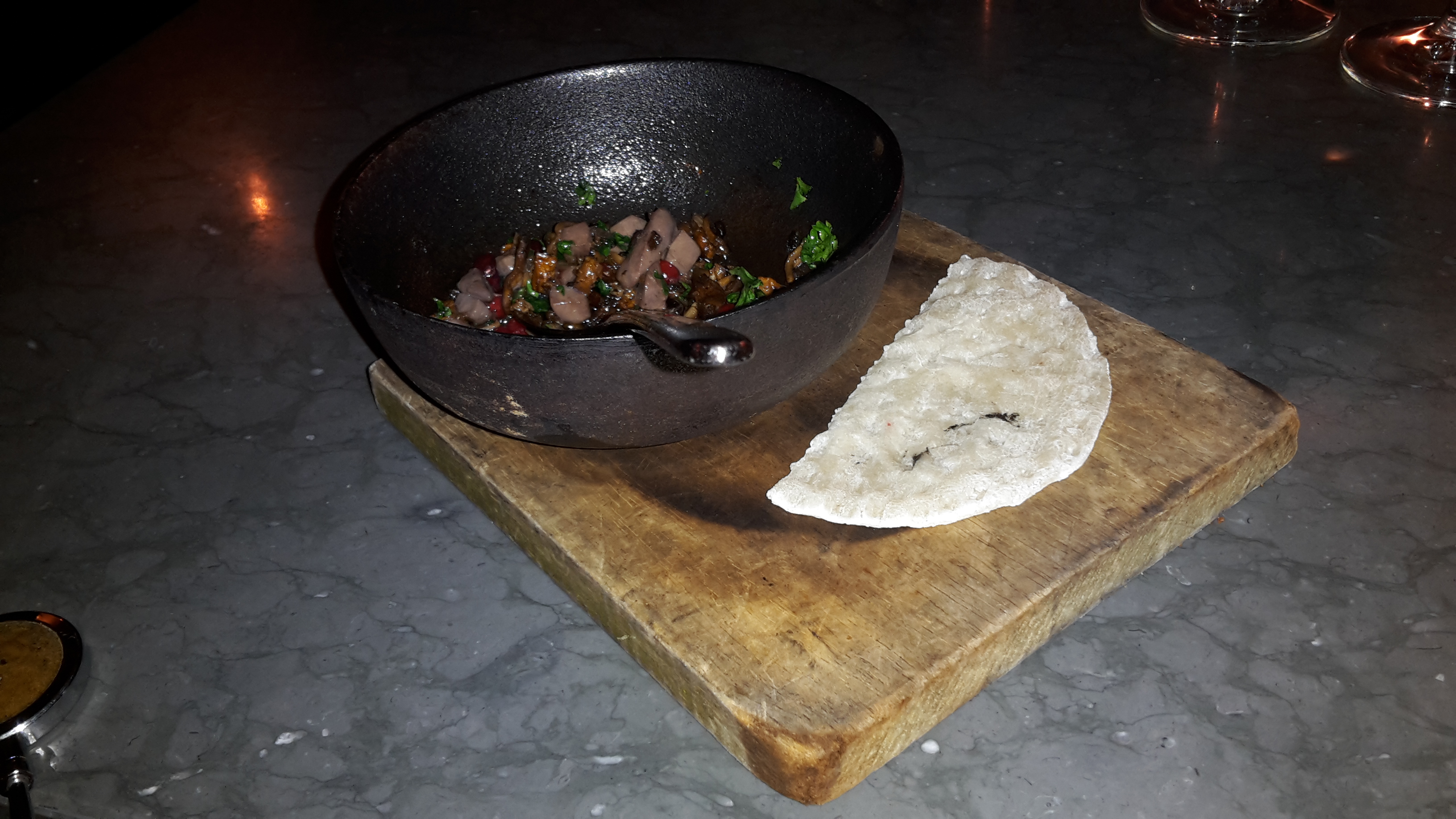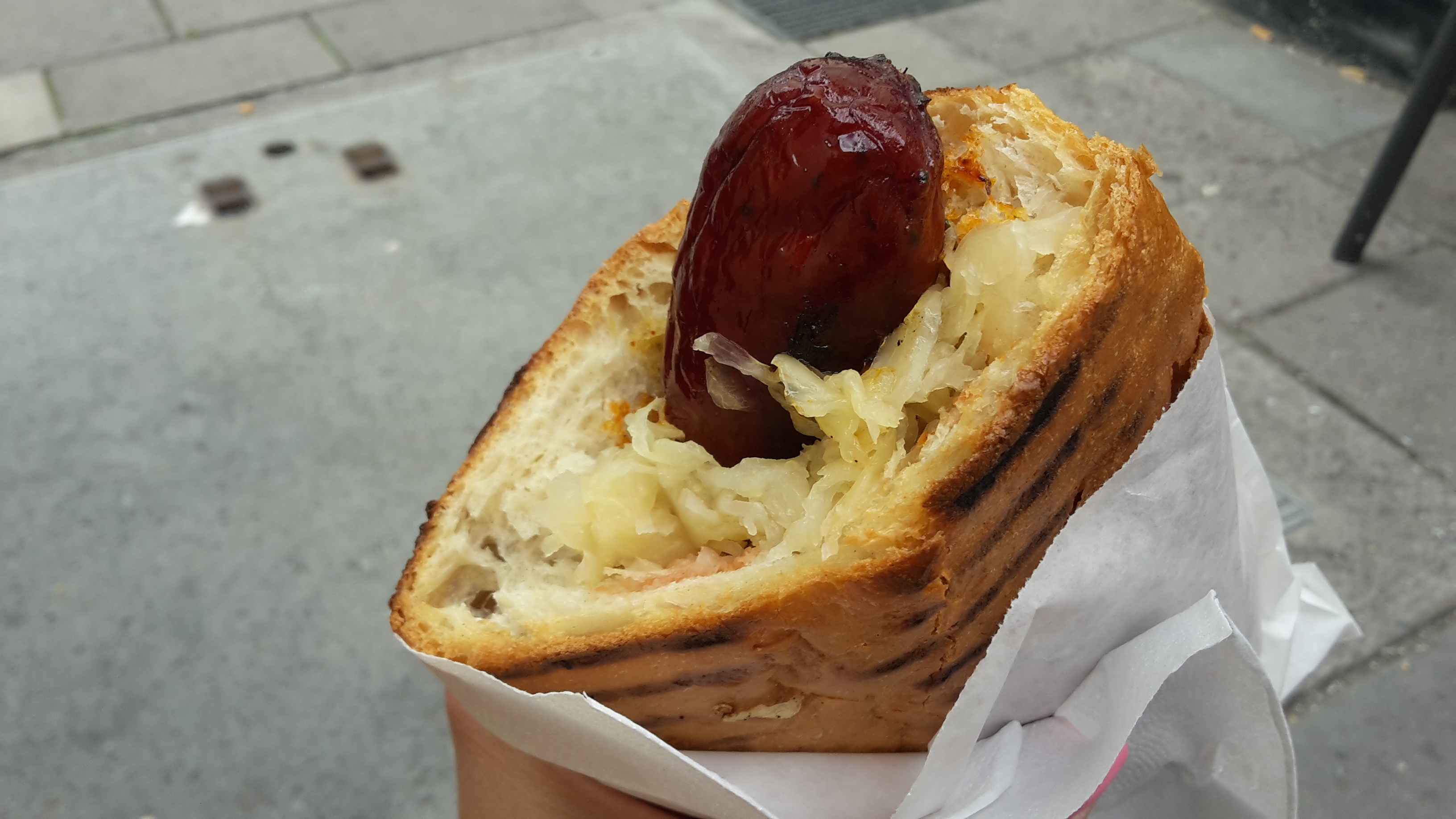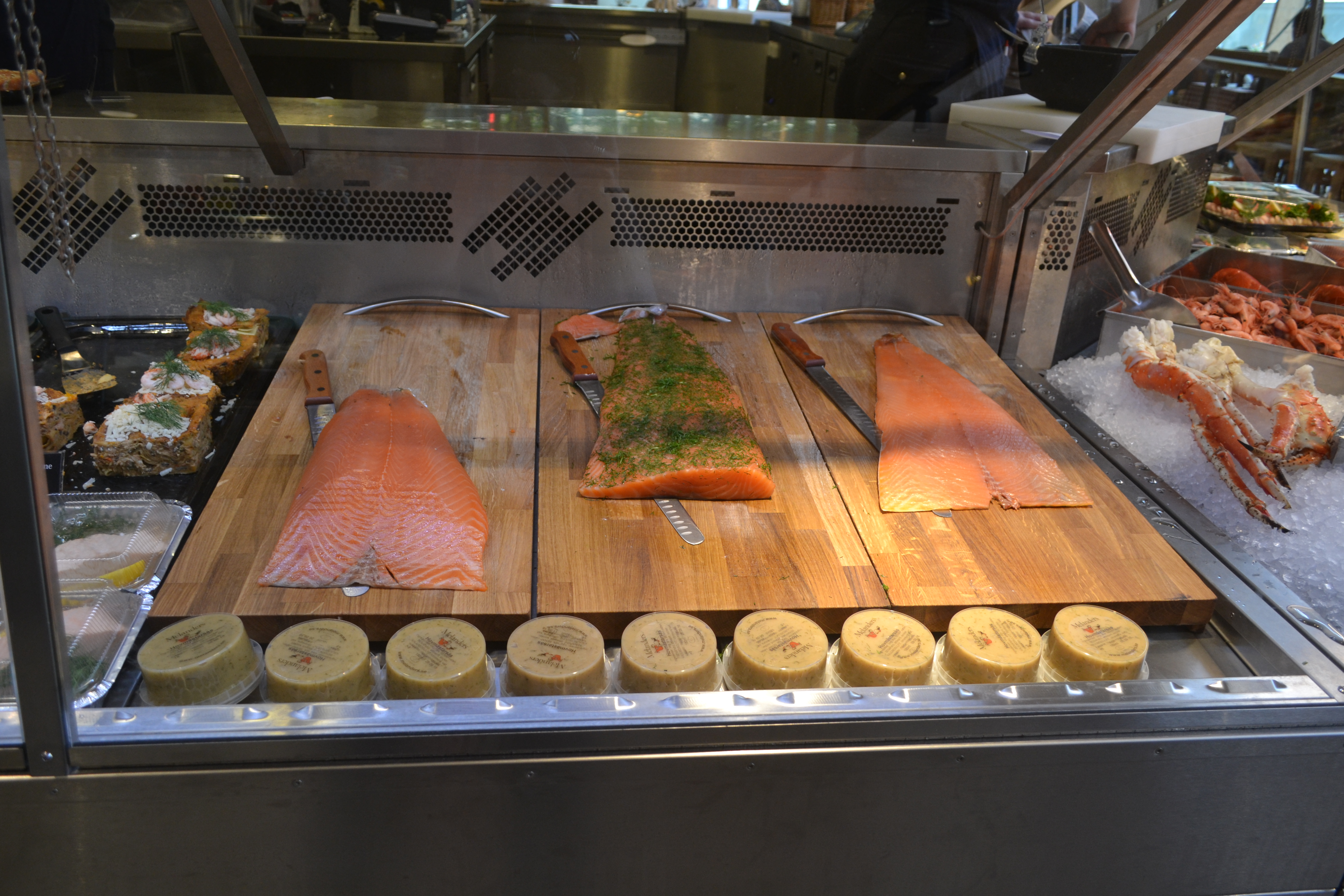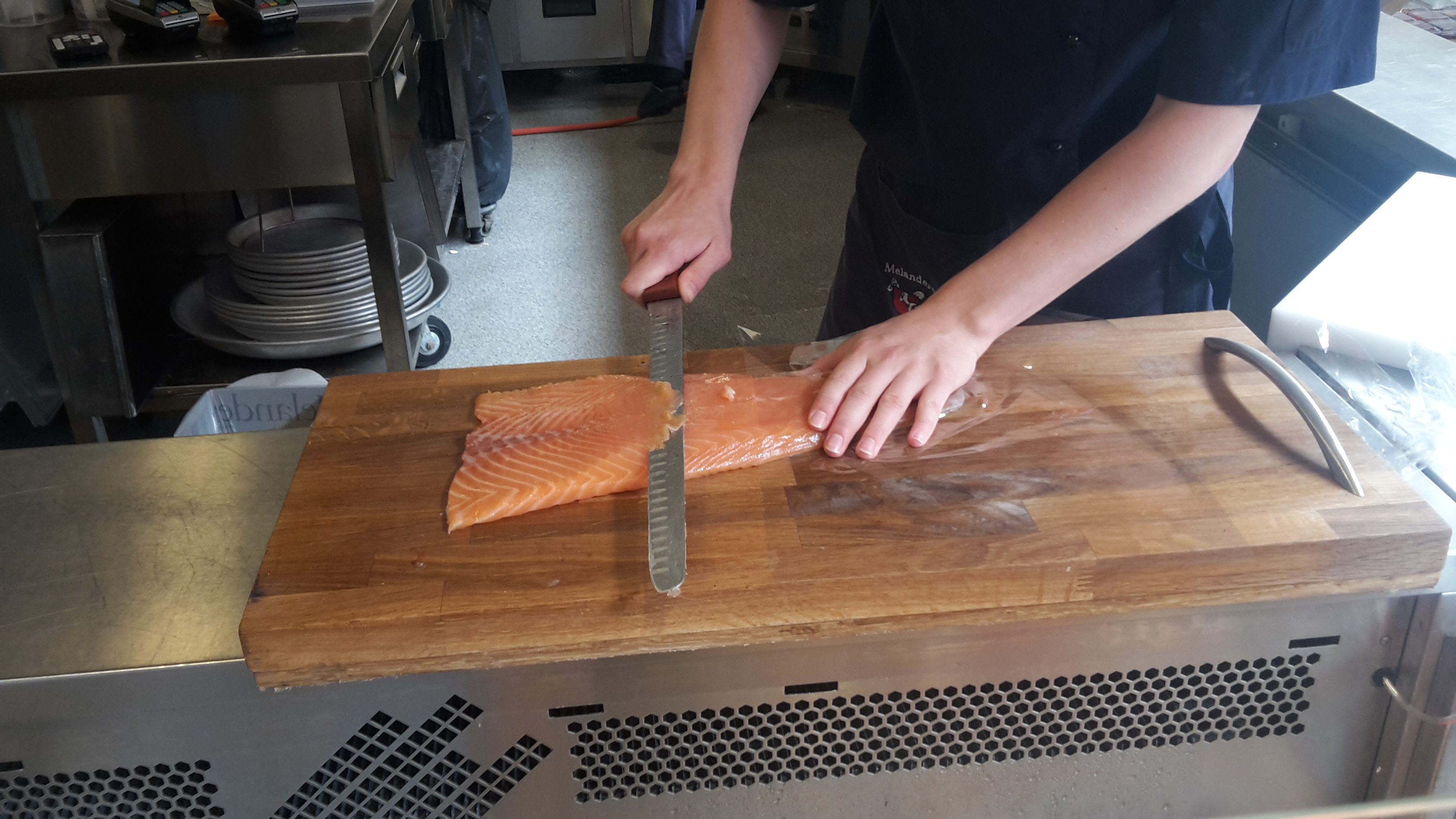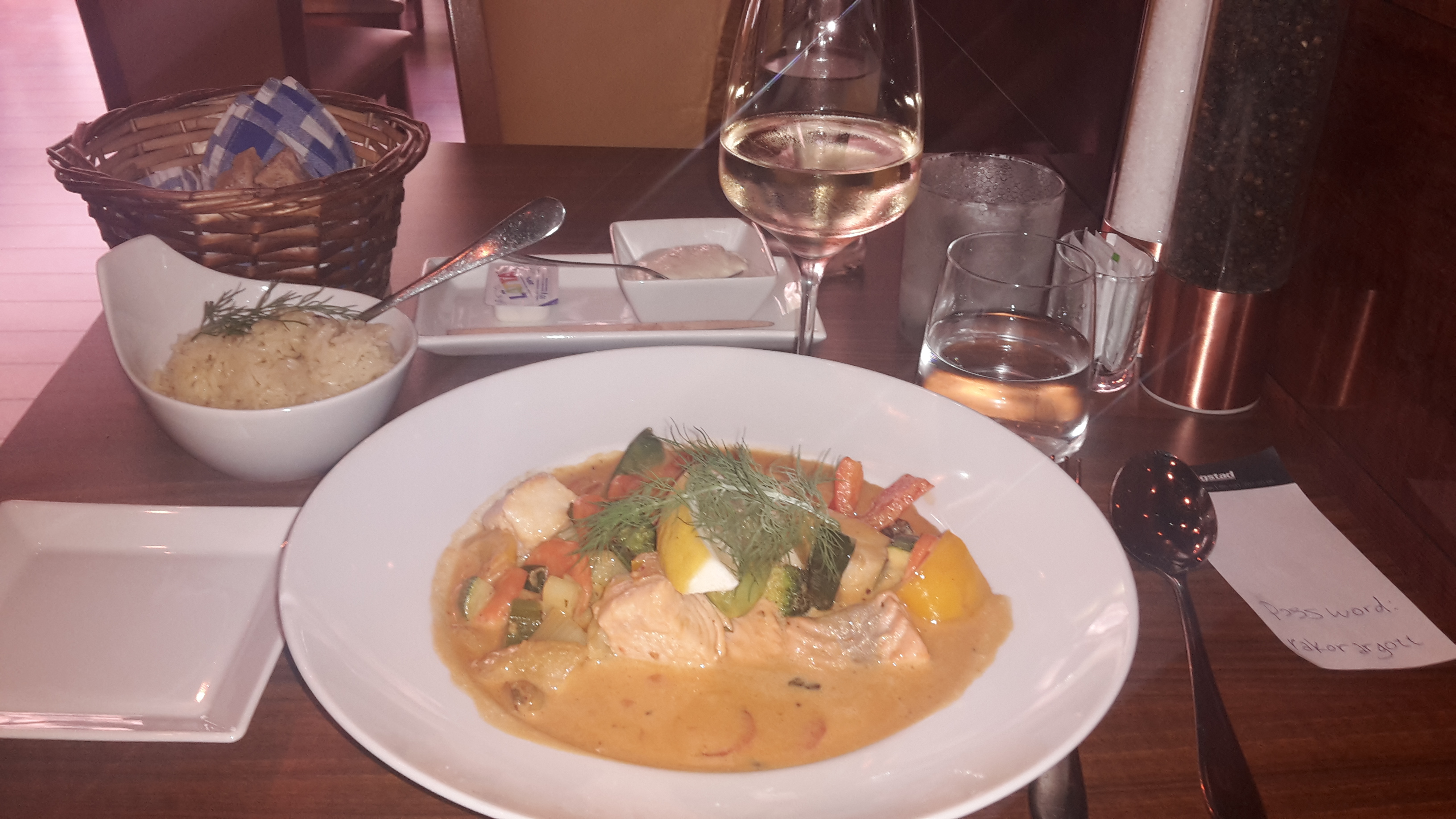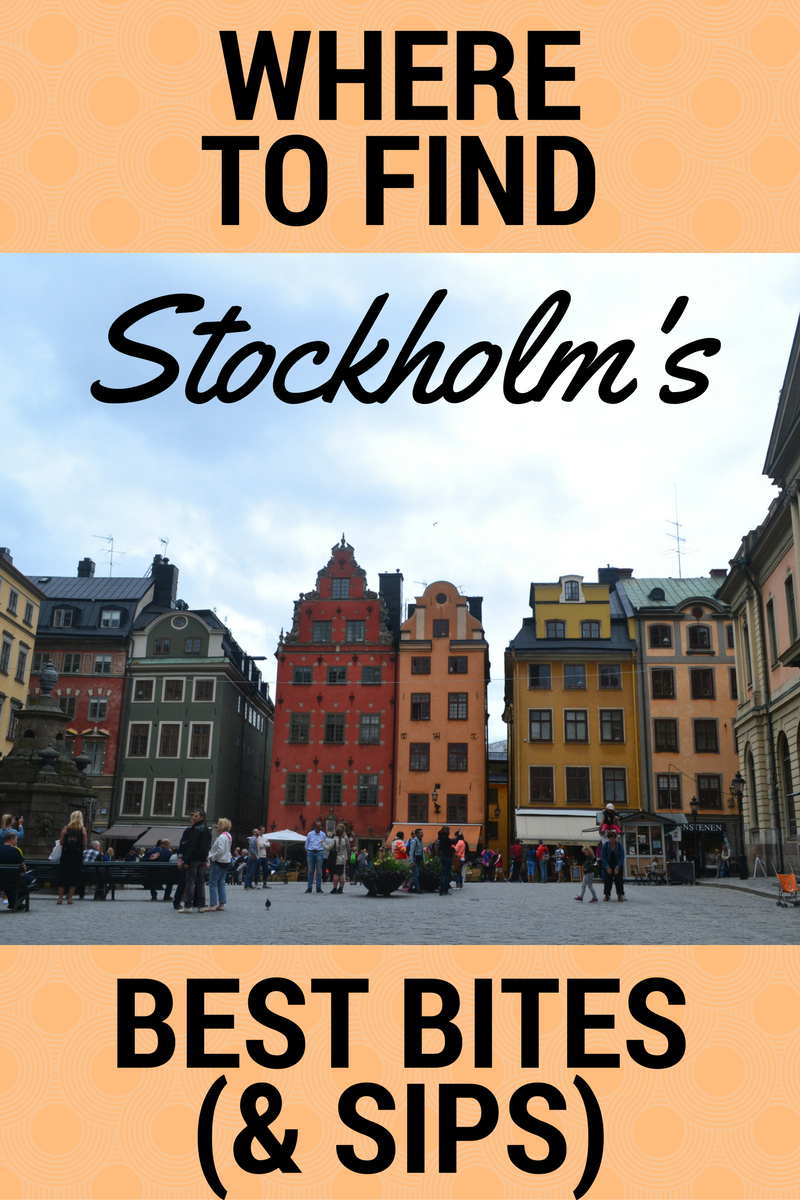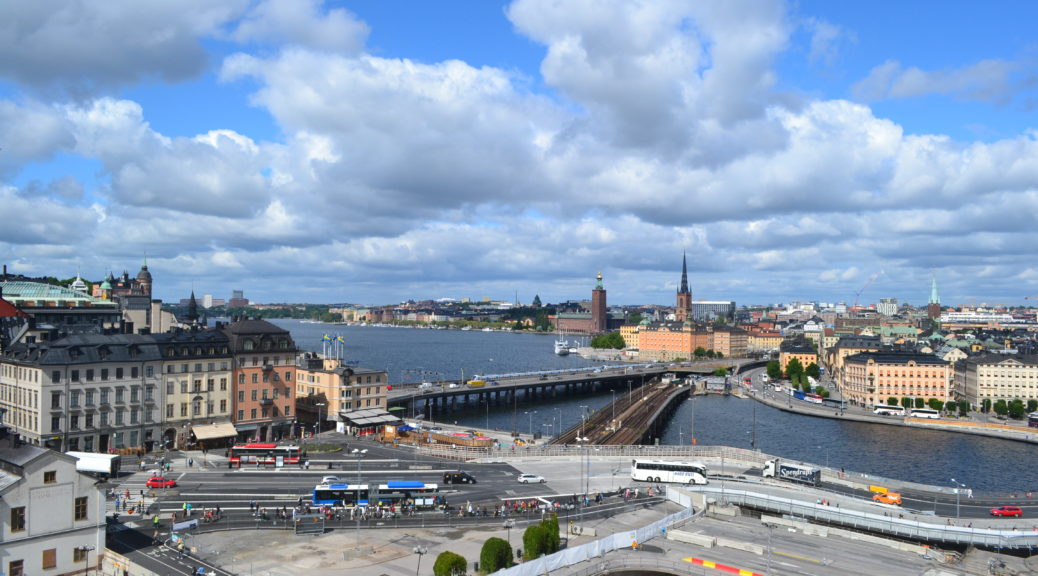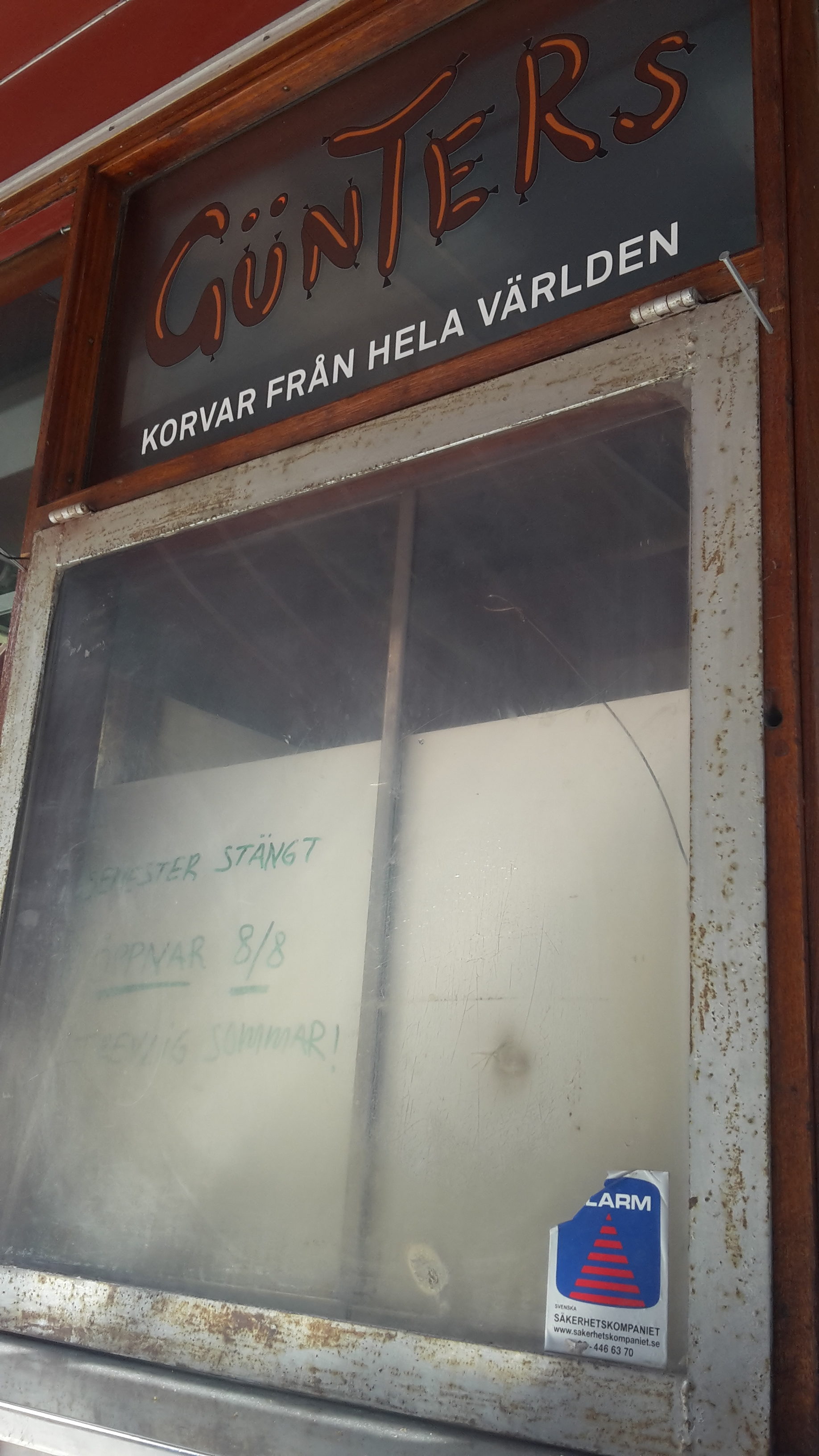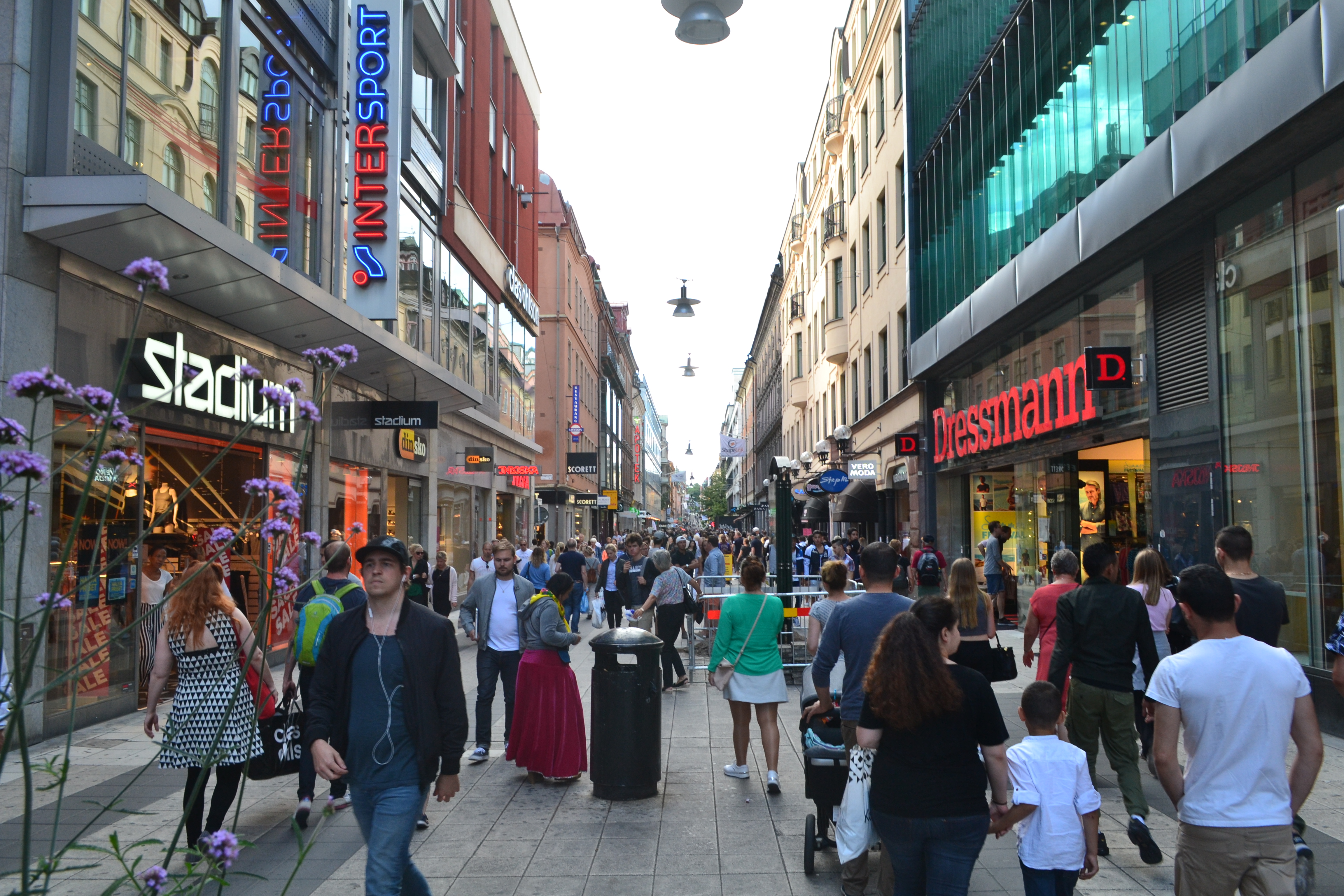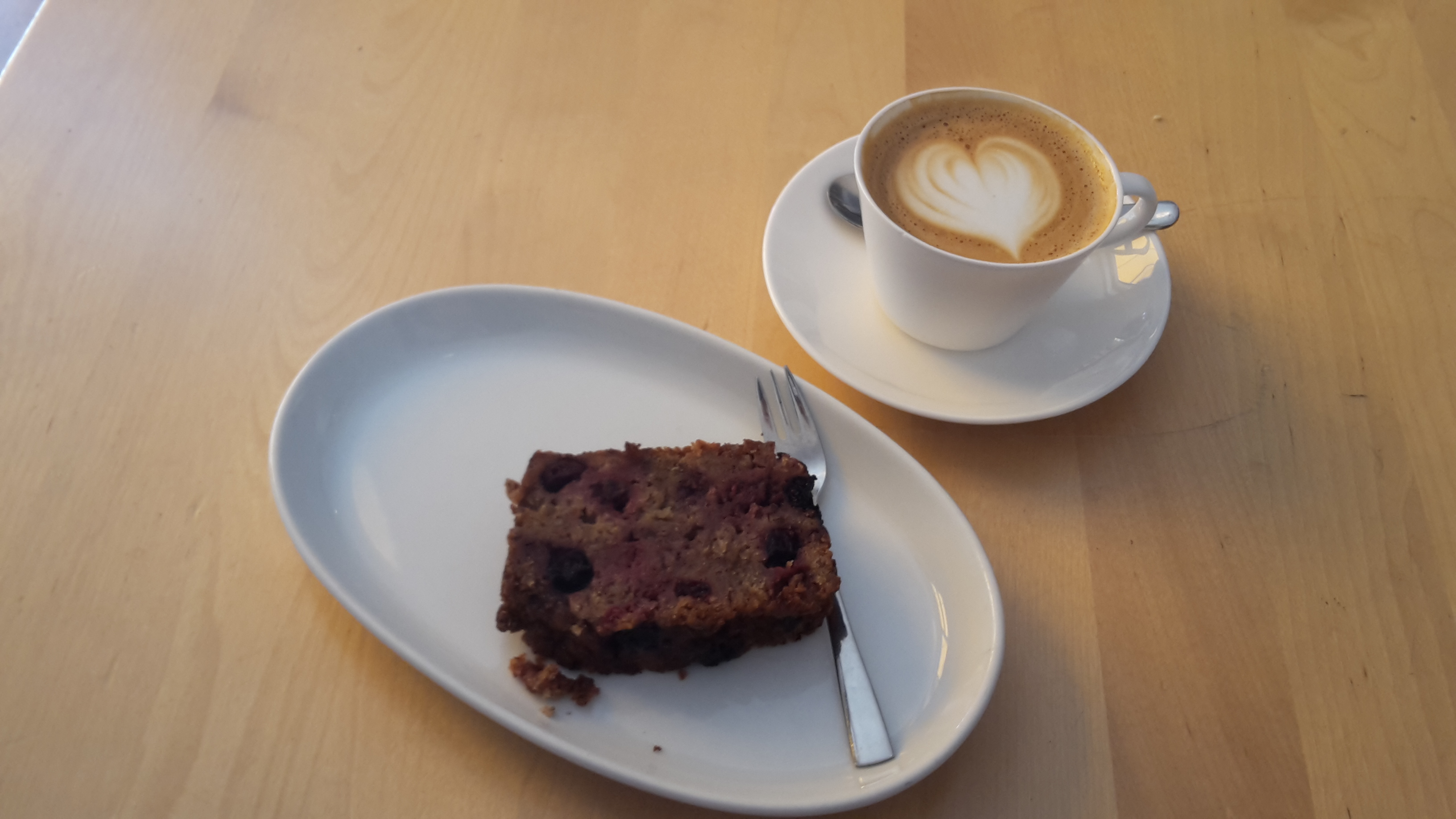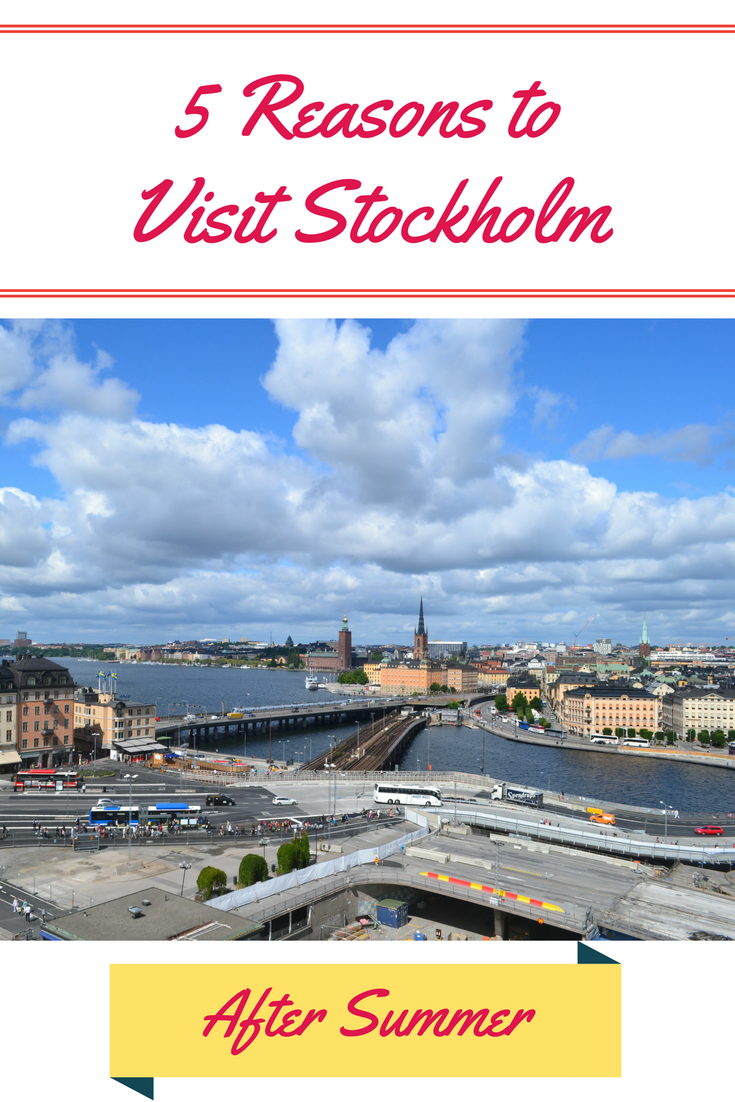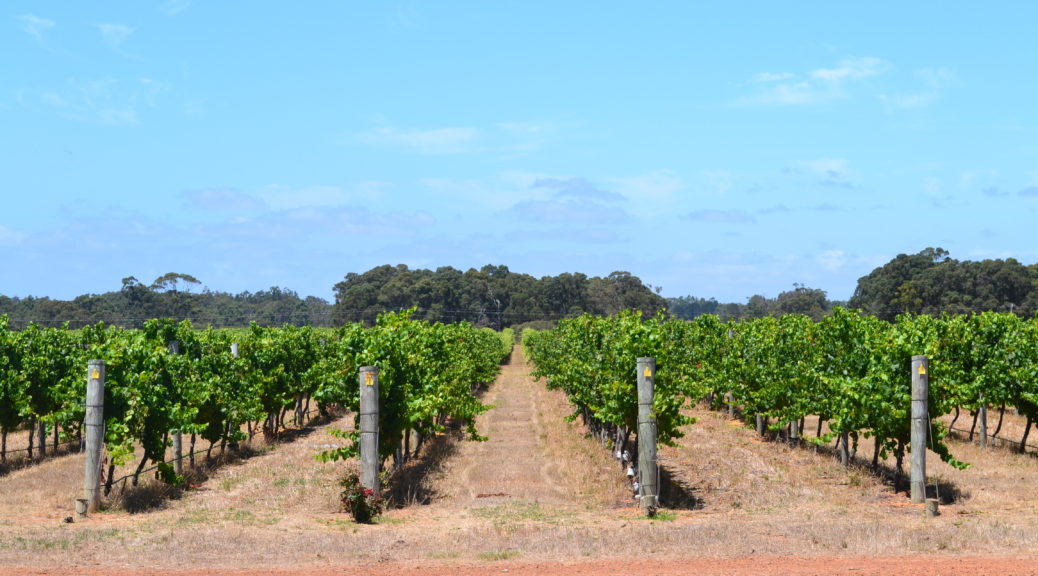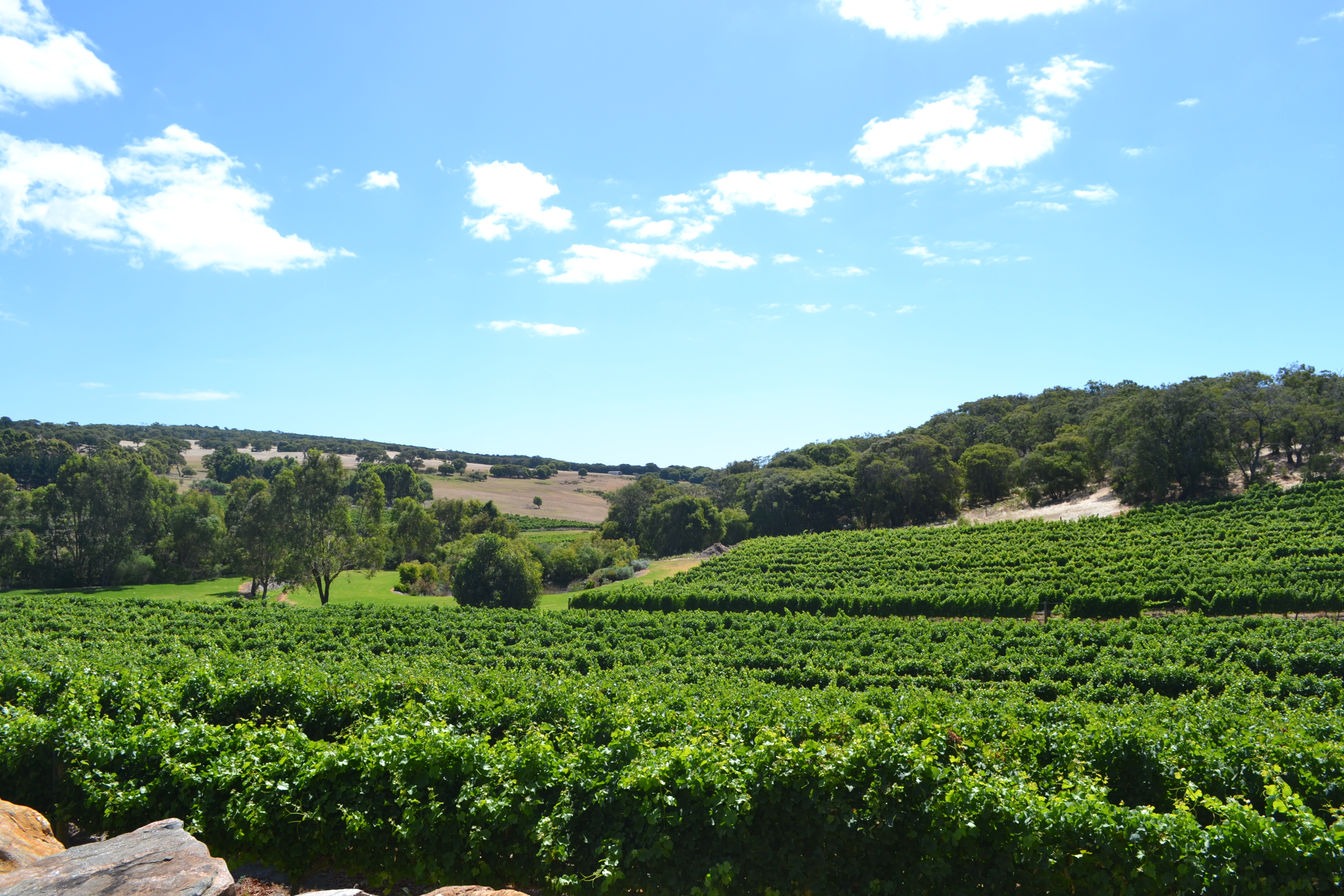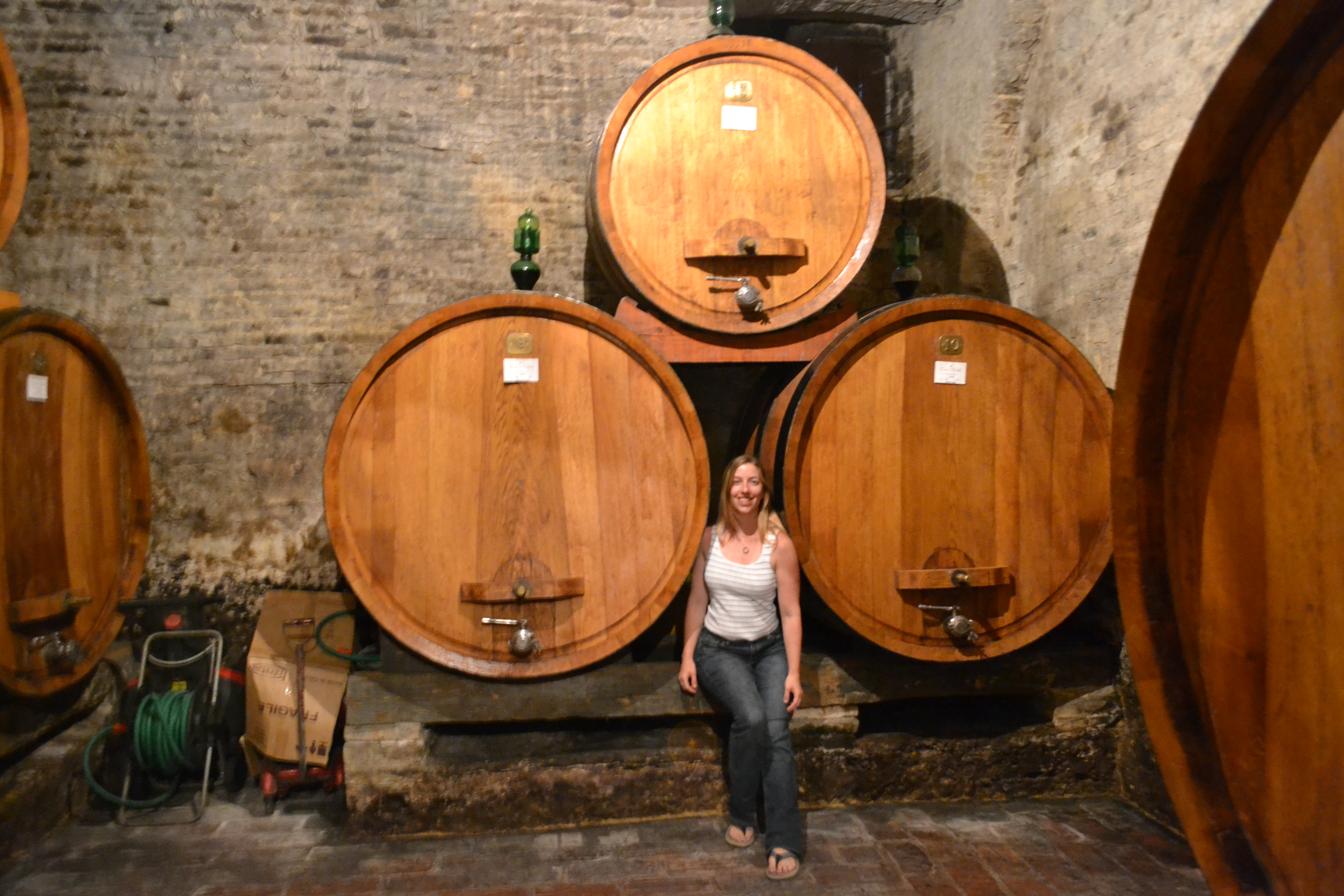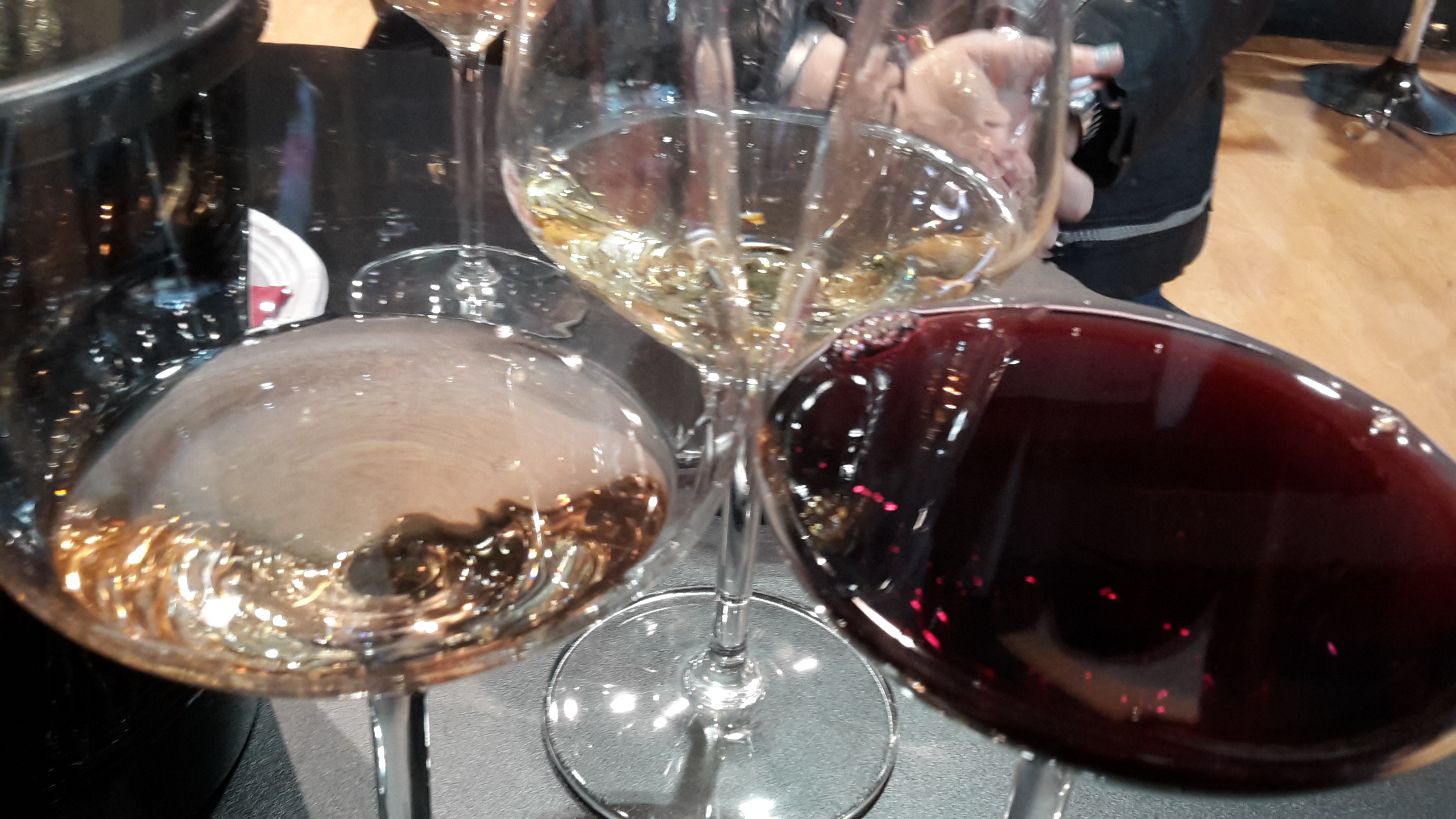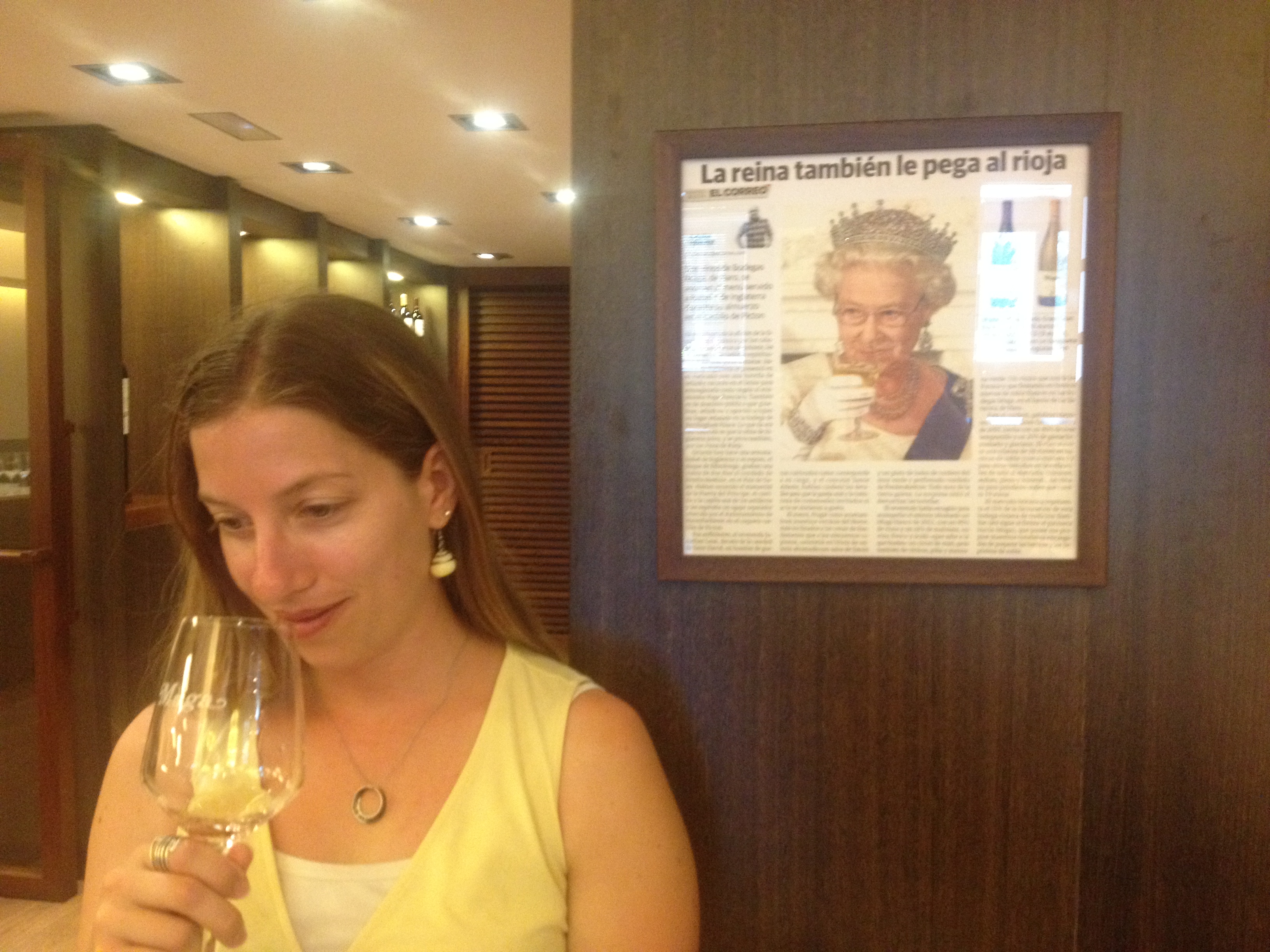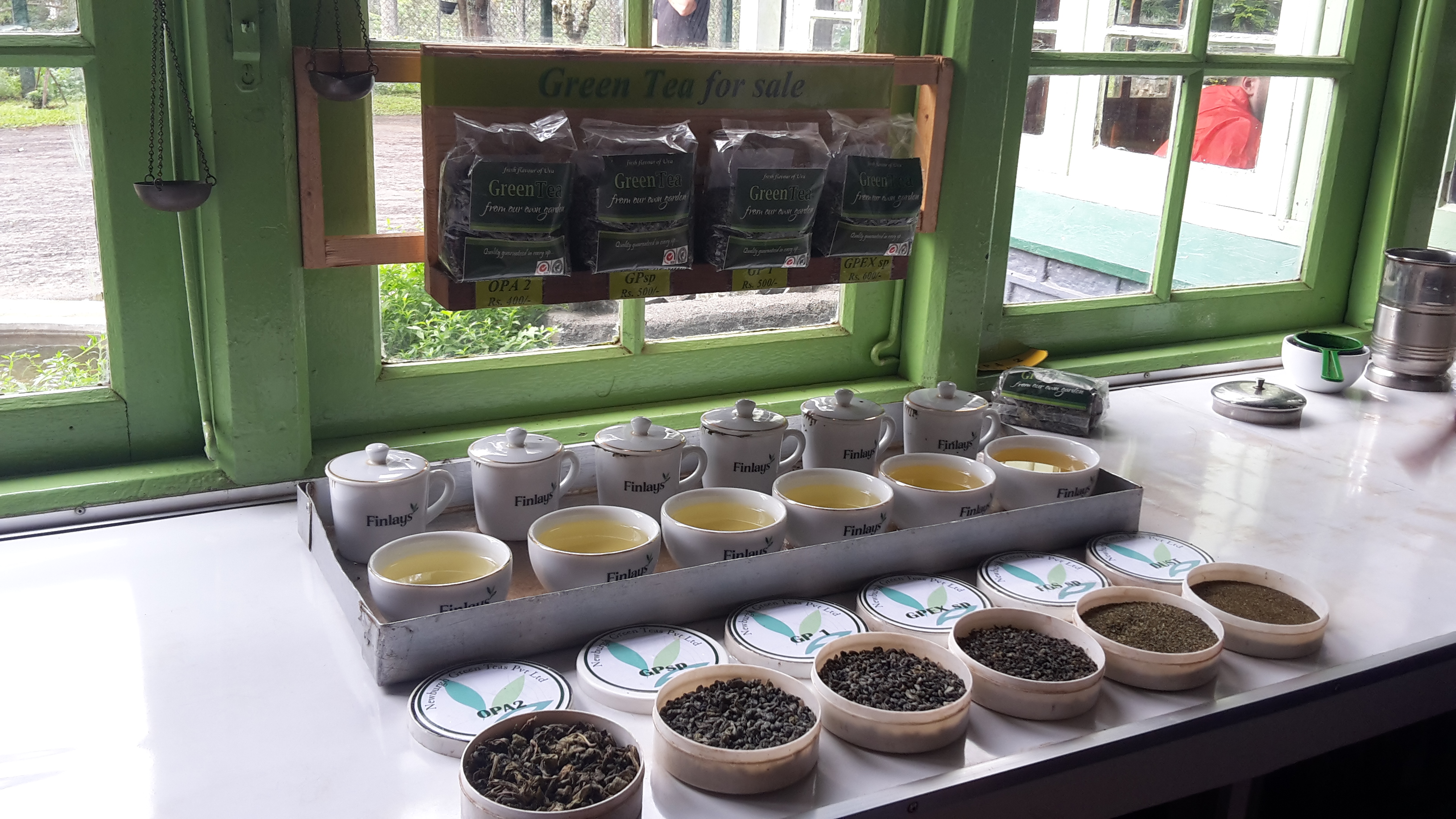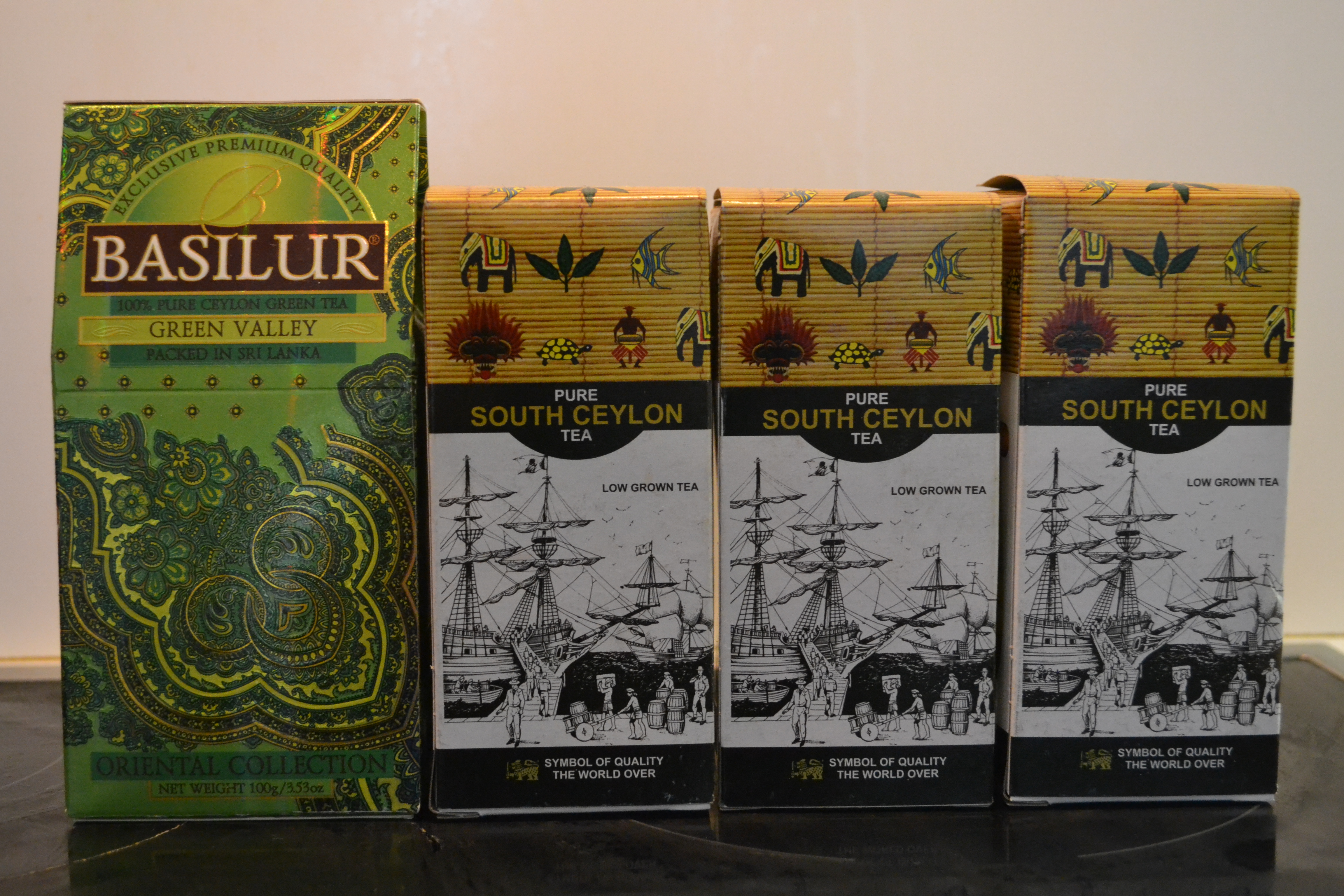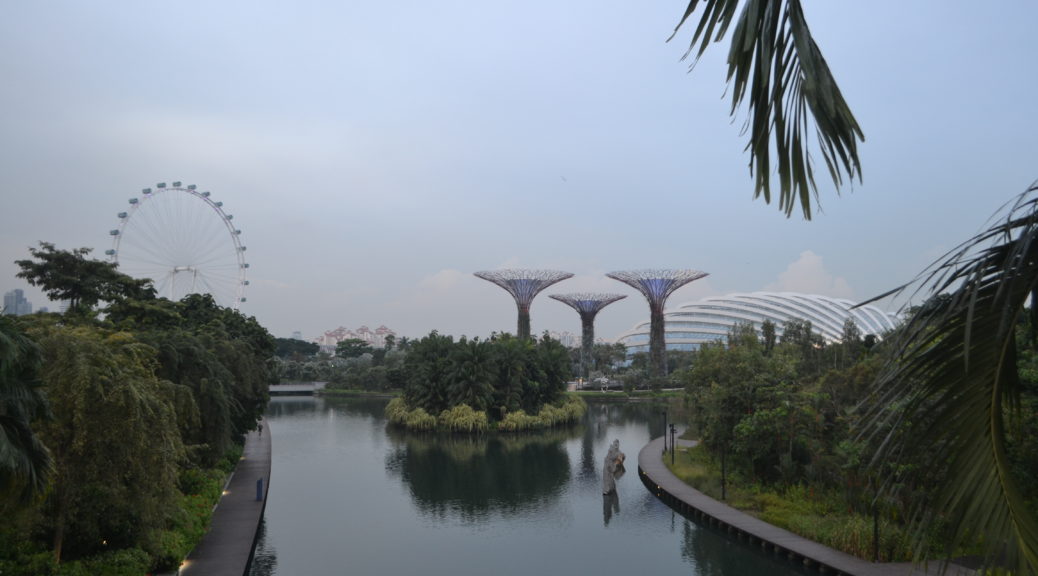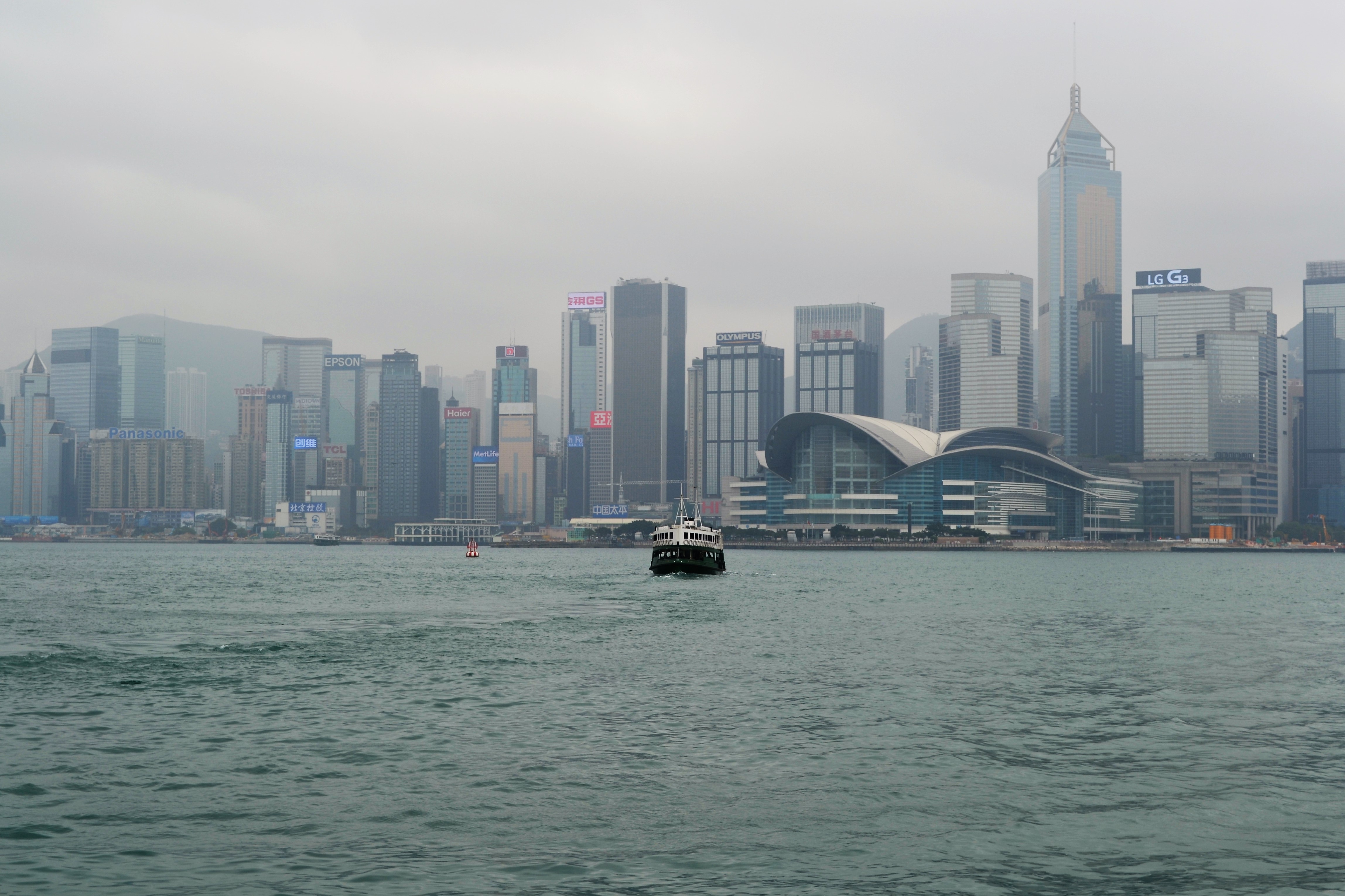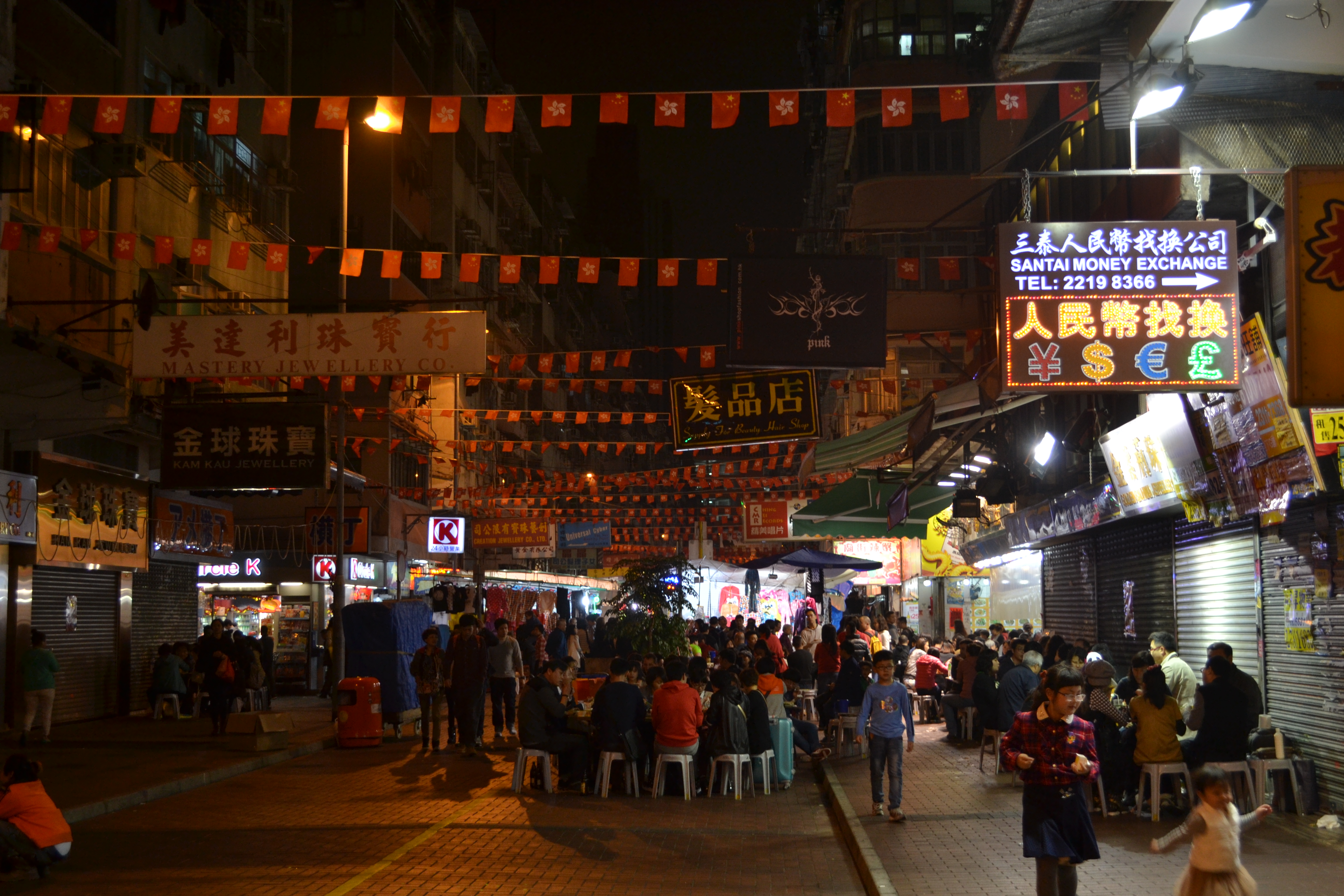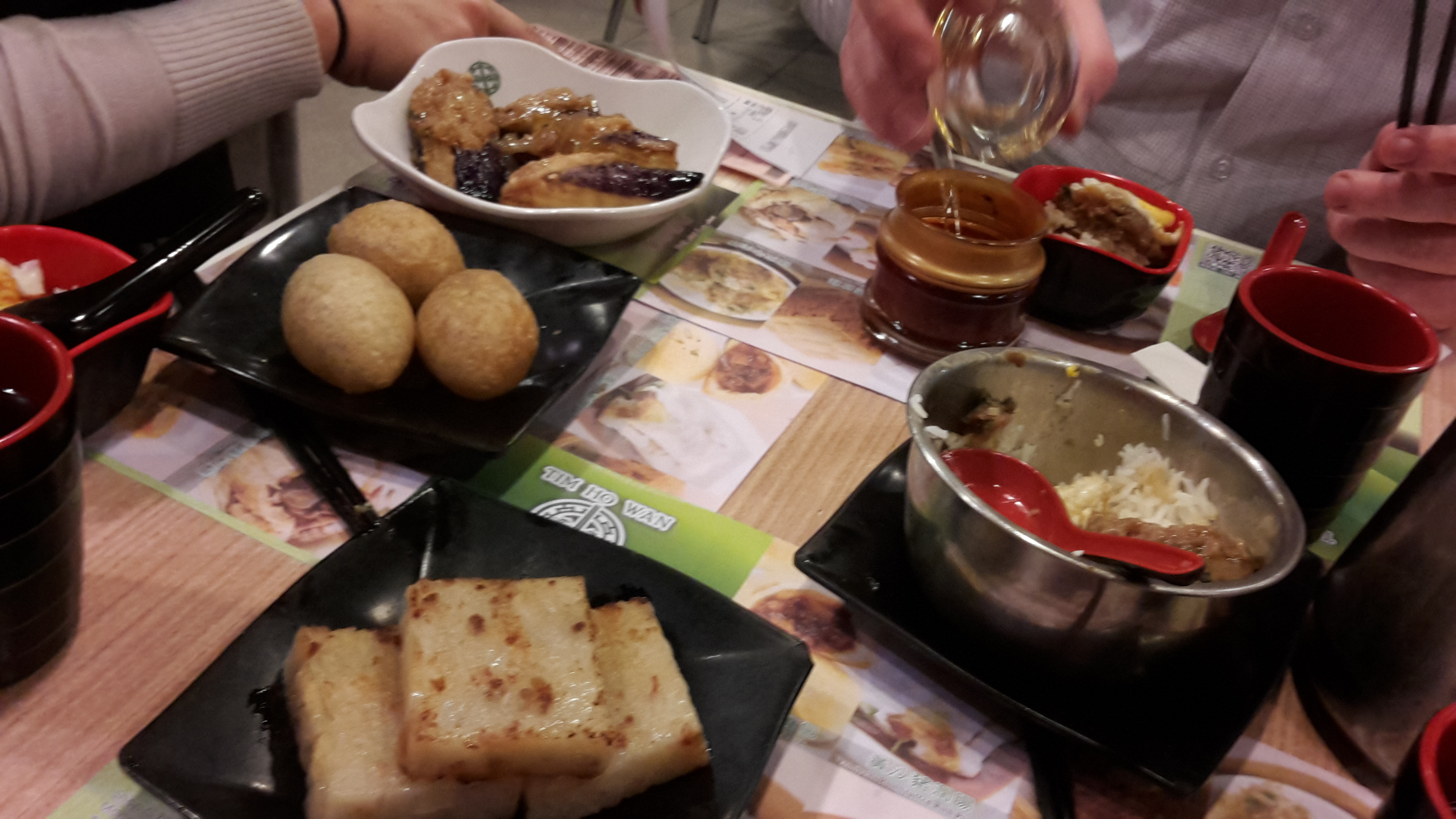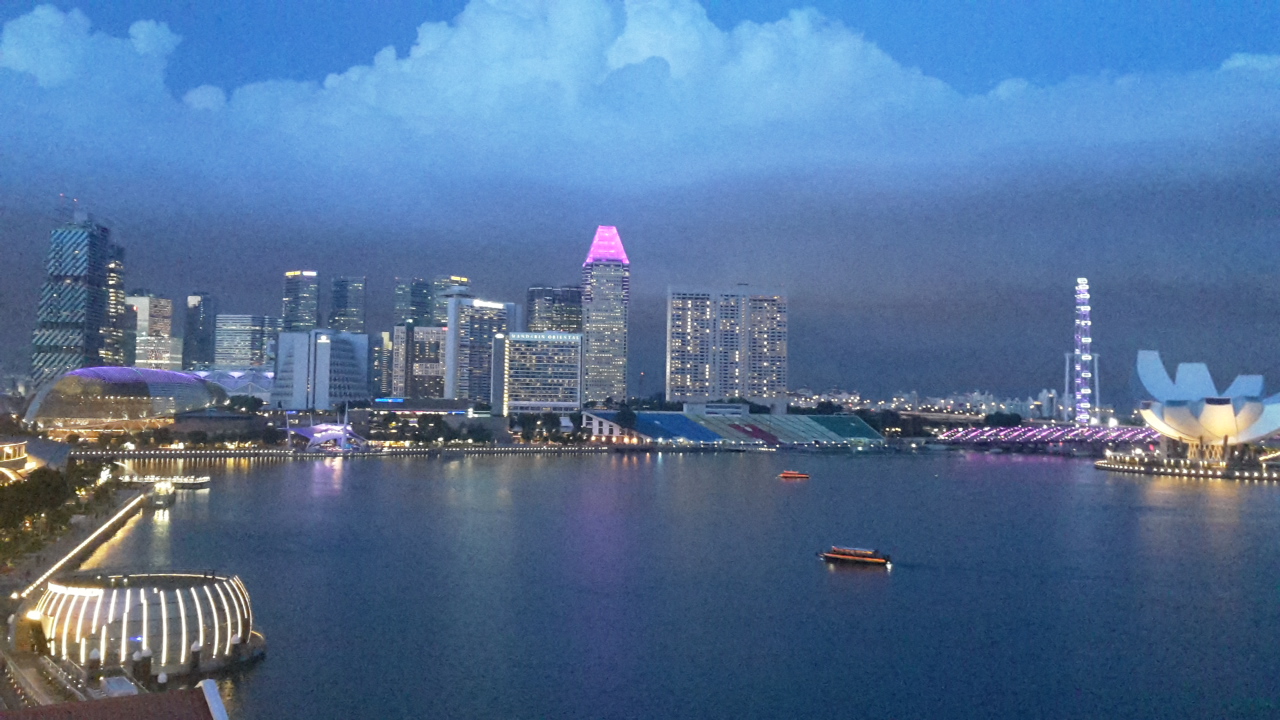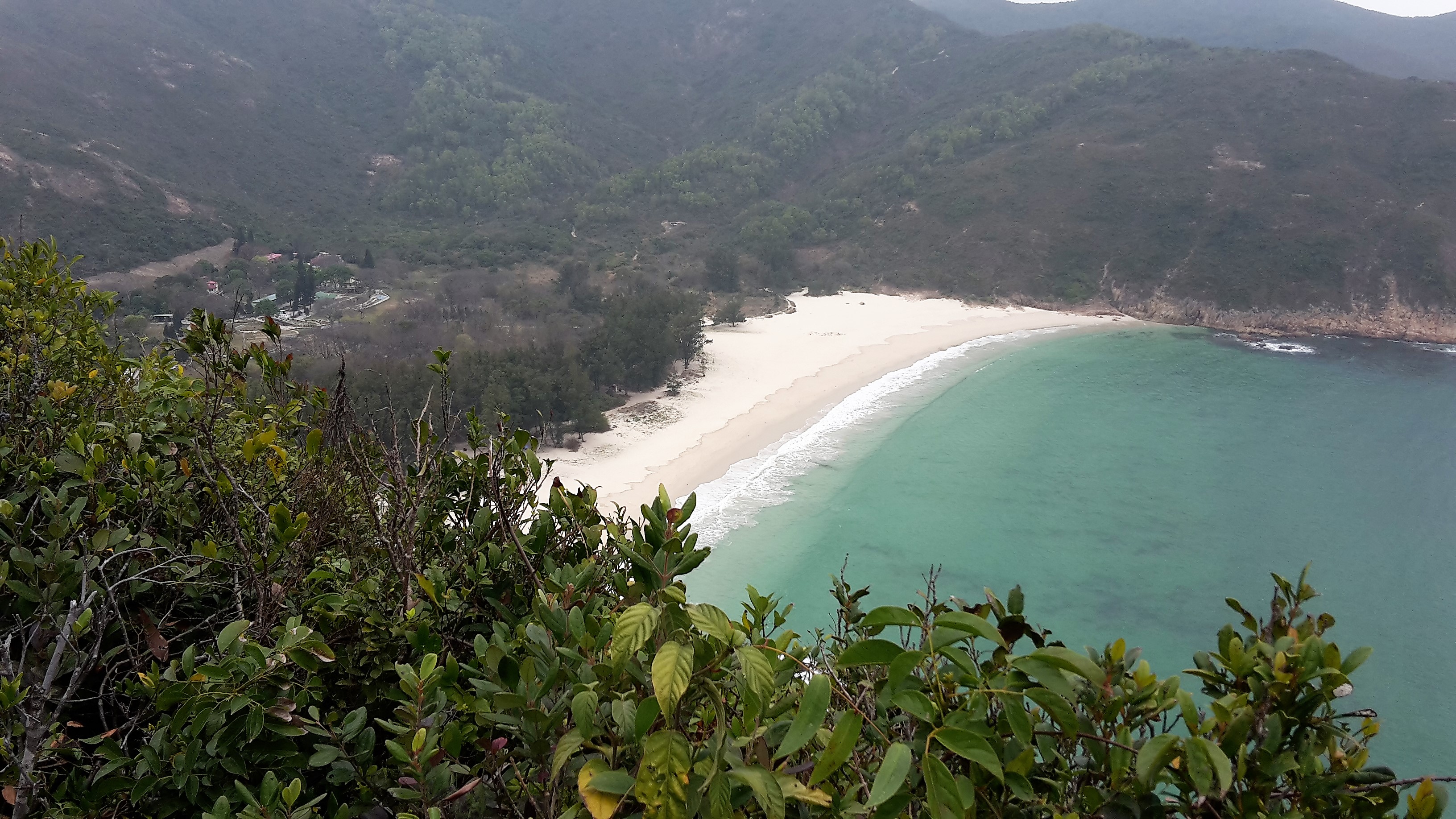Impressions
It’s been a long time since I’ve visited a country where tourist areas and restaurants boast almost no English at all. This is of course the impact of most tourists to Liechtenstein being German speakers from bordering nations Austria and Switzerland. It was a good reminder for me of what being a tourist is like for most nationalities – you arrive somewhere where you don’t speak the local language, and may only know a few words or phrases of English, the lingua franca of travel.
Fortunately I have a very rudimentary German vocabulary of maybe a dozen words, plus some mediocre “menu German.” And the Liechtensteiners were incredibly kind and helpful. Even when a menu was only available in German, all of the servers spoke passable English and were friendly and eager to help translate the different available dishes when asked. Phew.
The main focus for many visitors is Vaduz, the capital, and also the site where you’ll find most museums and also access to the Prince’s Castle. While I spent a fair bit of my time in Vaduz, I actually stayed in the nearby (and largest) municipality called Schaan. There are many restaurants easily accessible by foot in the Schaan center and it has a very different vibe, so I was glad to see another section of the country. Altogether Liechtenstein has 11 different municipalities, including ones at higher elevation you may encounter while hiking – take your time here to get out and explore a few!
Places Liechtenstein reminded me of:
-
Andorra. My first impression of Liechtenstein was how similar it is to fellow micro-nation Andorra. The driving approach isn’t nearly as dramatic as when you are getting close to crossing the Andorran border, but like Andorra, Liechtenstein is a small country with a main road and mountains on either side. They are a bit difficult to get to on account of there not being an airport, with both attracting outdoor adventurists for hiking in summer and skiing in winter.
-
Geneva. Geneva, although in Switzerland, will have many accommodation options in nearby France pop up as you plan your visit, where there are a lot of culinary options and cheaper places to stay. I found this happening in my searches for Liechtenstein as well, with many Liechtenstein or Vaduz restaurants actually boasting an address in nearby Switzerland.
-
Australia. There are a lot of bike paths in Europe, but I haven’t seen trails this well-marked since I lived in Australia. Bike trails are clearly marked indicating destinations and distances, making it an incredibly easy way to navigate Liechtenstein.
-
Stockholm. I came to Liechtenstein a few weeks after my July trip to Stockholm, and noticed a lot of the same trends. Although it is peak tourist season for many, there were a lot of local restaurants (especially in Schaan) that were simply closed for several weeks. Also, one of the breweries I tried to visit was closed the weekend I was there. Keep this in mind when you plan which time of year to come for a visit.
Things to Do
There’s more to do in Liechtenstein than you might think. See below for my top picks during your visit:
Around Town
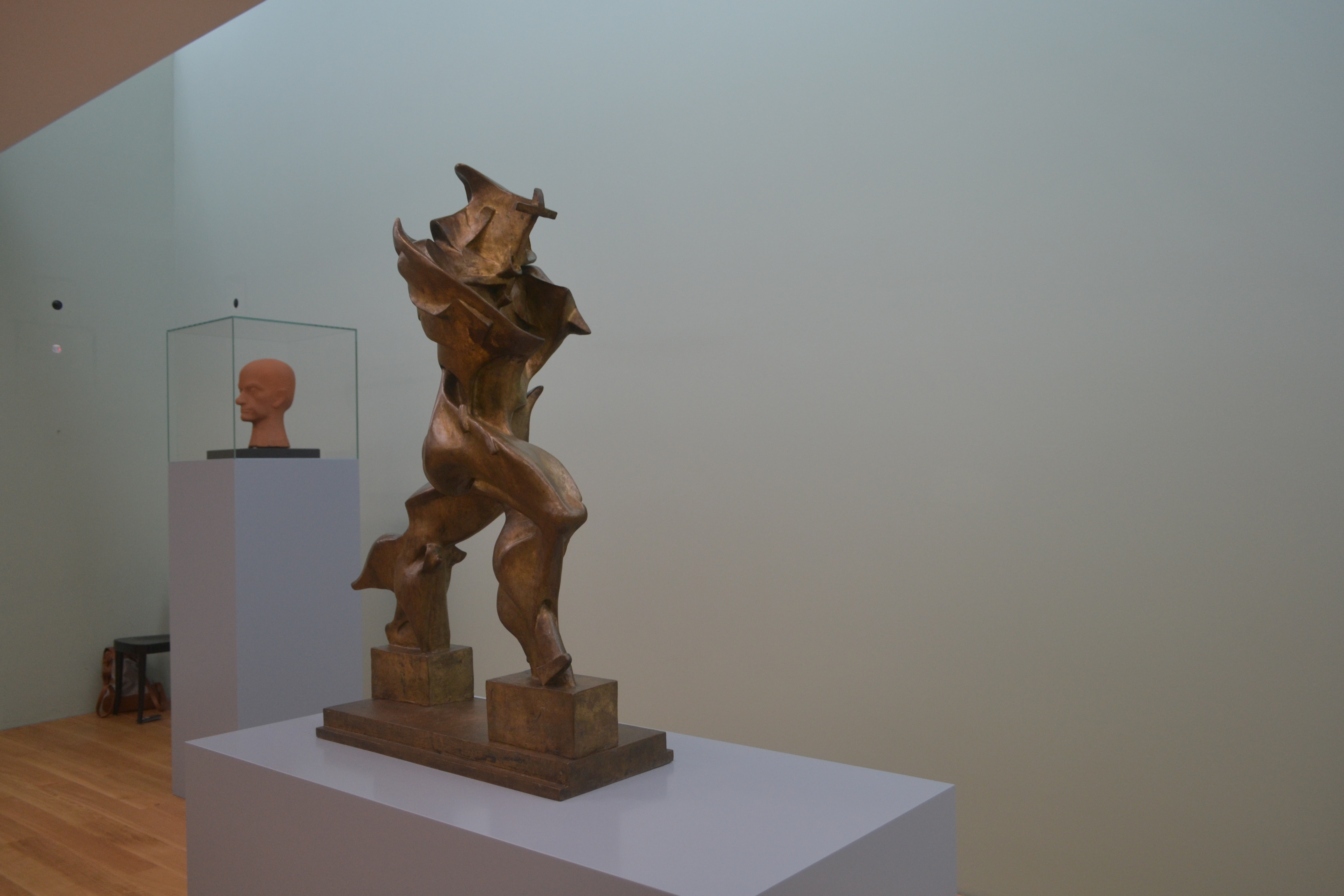
Kunstmuseum
Located on the main pedestrian area in Vaduz, this modern art museum has a collection that has been carefully curated by locals over the years, and involved quite a bit of sculpture and interactive pieces as well as paintings. I enjoyed all of the three exhibits I saw on my visit, and there were pamphlets in English for each room.
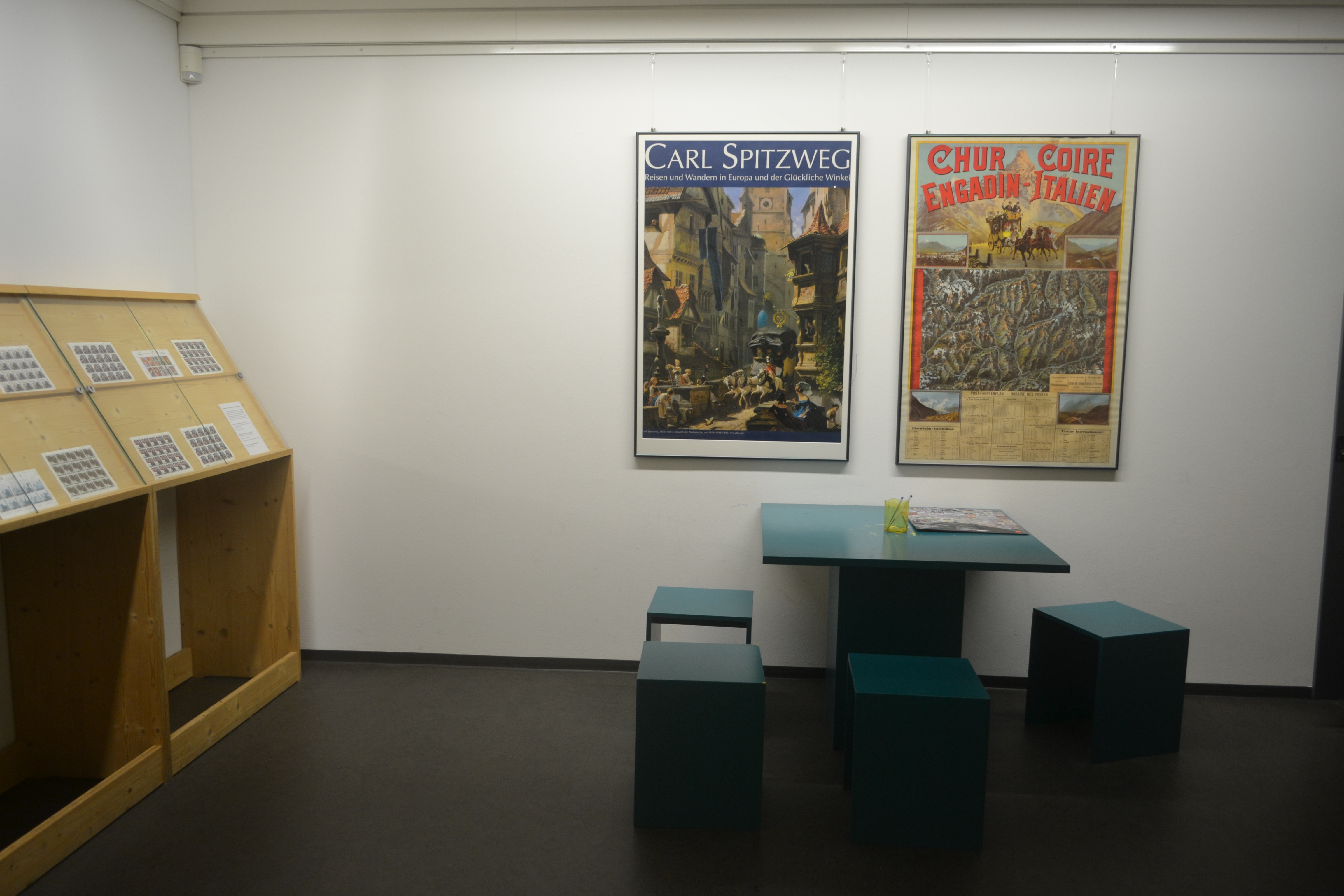
Postage Stamp Museum
I wasn’t sure if I would pop in for a visit or not, and then I found out that this museum is FREE! It doesn’t take a lot of time to see it all, so it’s definitely worth checking out. And it’s nice because if you geek out like I did about visiting another micro-nation, you can buy a postcard and stamp, write and address it at a little writing table they have set up, and then the museum staff will mail it for you (yes, of course I did this!).
Off the Beaten Path
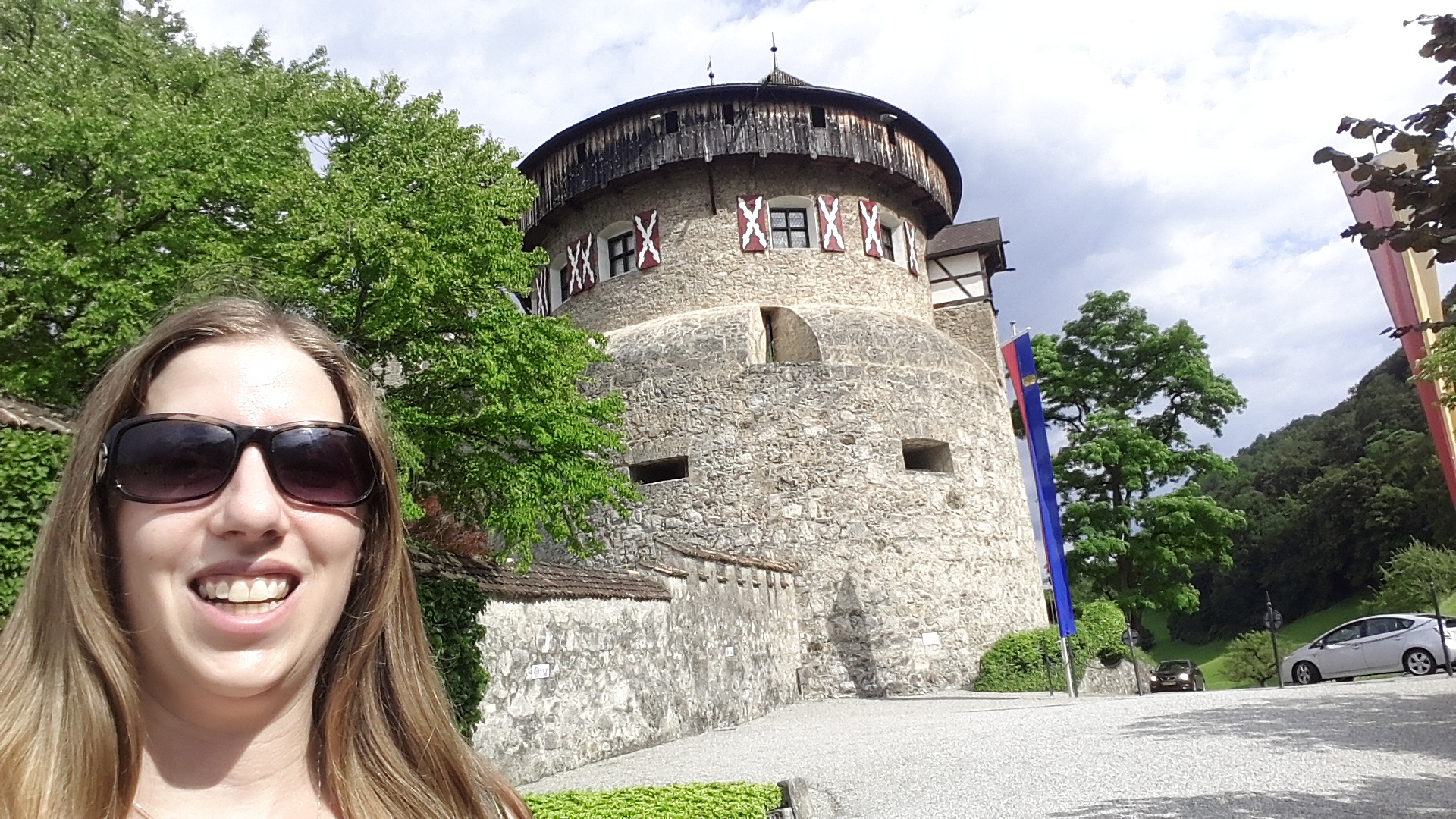
Vaduz Castle
Some people drove here, however it’s far more scenic to take the 20-minute (steep) walking path to get to the top where this iconic structure is perched. Each section of the path has a new view of Vaduz and beyond, and it’s nice to have the satisfaction of reaching the top, as the Castle is still in use and cannot be visited. Also along the path are informative signs about Liechtenstein in German, English, and French, the only multi-lingual signs I saw during my visit.
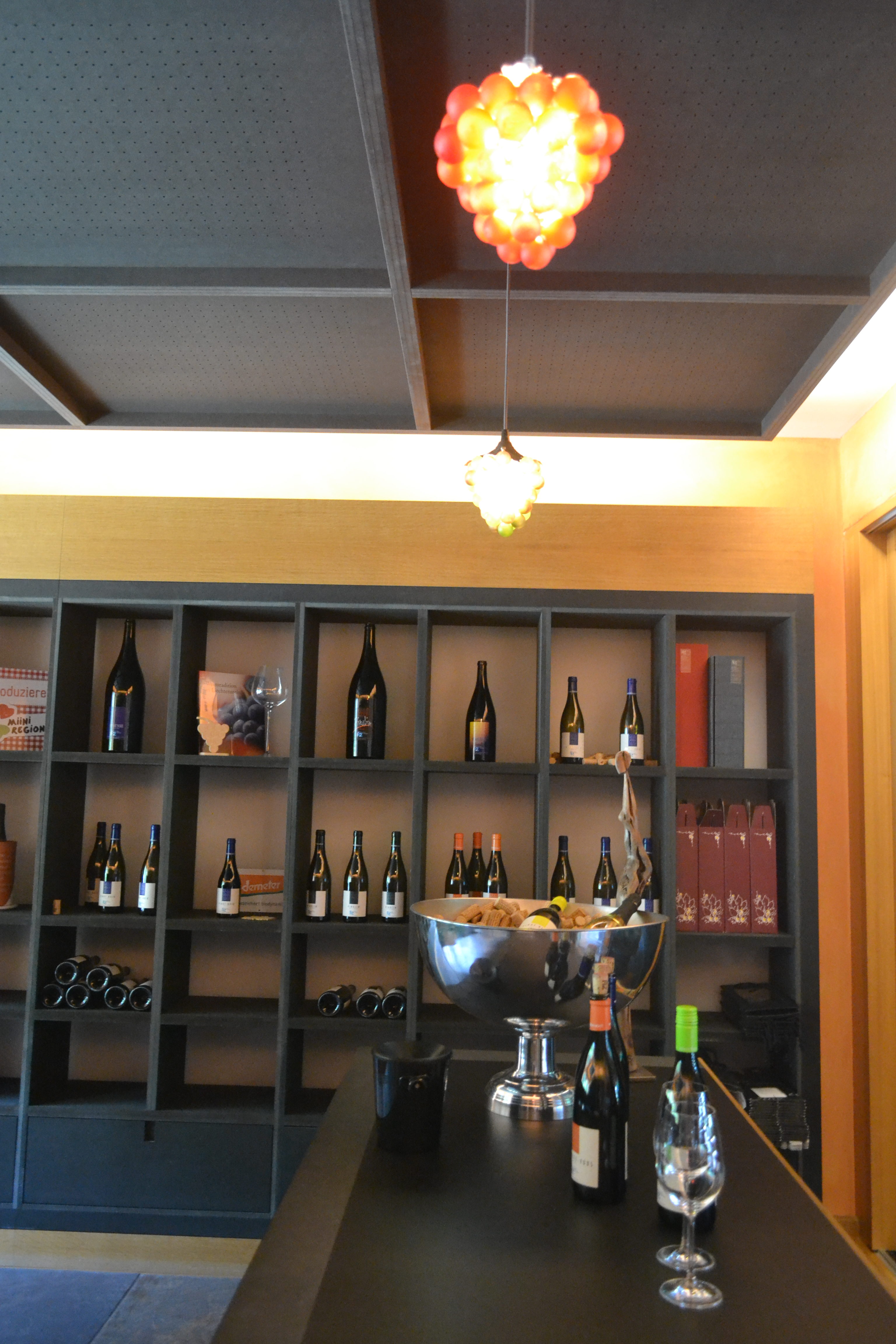
Harry Zech Weinbau Cantina
Although there are wineries closer to Vaduz and more tourist-oriented, this was by far the best wine I tasted in Liechtenstein (affirmed by its prevalence on the wine list at Michelin-starred Restaurant Maree – see the Best Bites section below). I’d recommend reserving your visit in advance, especially to come off the beaten path. Don’t be deterred by the Shell gas/petrol station that marks where you enter the parking lot, the white and red wines at this cantina are well-executed and with very particular flavors from the local growing area. Most visits here take place in German, so just plan to be patient for a visit in English, although all the key points will come across just fine – and let’s be real, there is no communication barrier with excellent wine to enjoy.
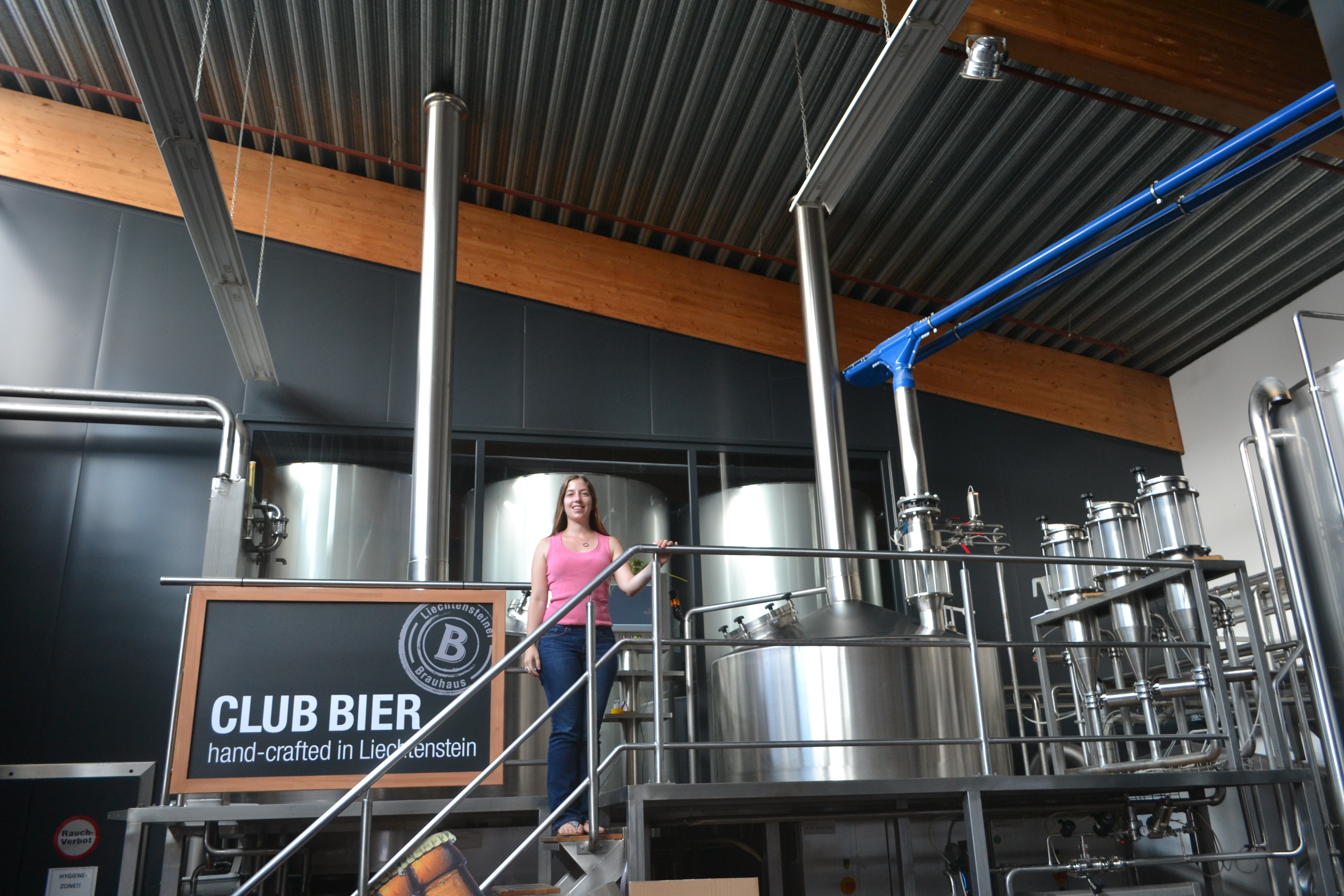
Liechtensteiner Brauhaus
This brewery’s Alpagold is available on most Liechtenstein beer menus that I saw, but if you’re interested in sampling some of their more unique brews, you can visit them not far outside of the Schaan center. It’s possible to taste the different brews, and get some quite inexpensive varieties like a coffee stout or a pale ale from their ‘Club Bier’ assortment.
Amazing views
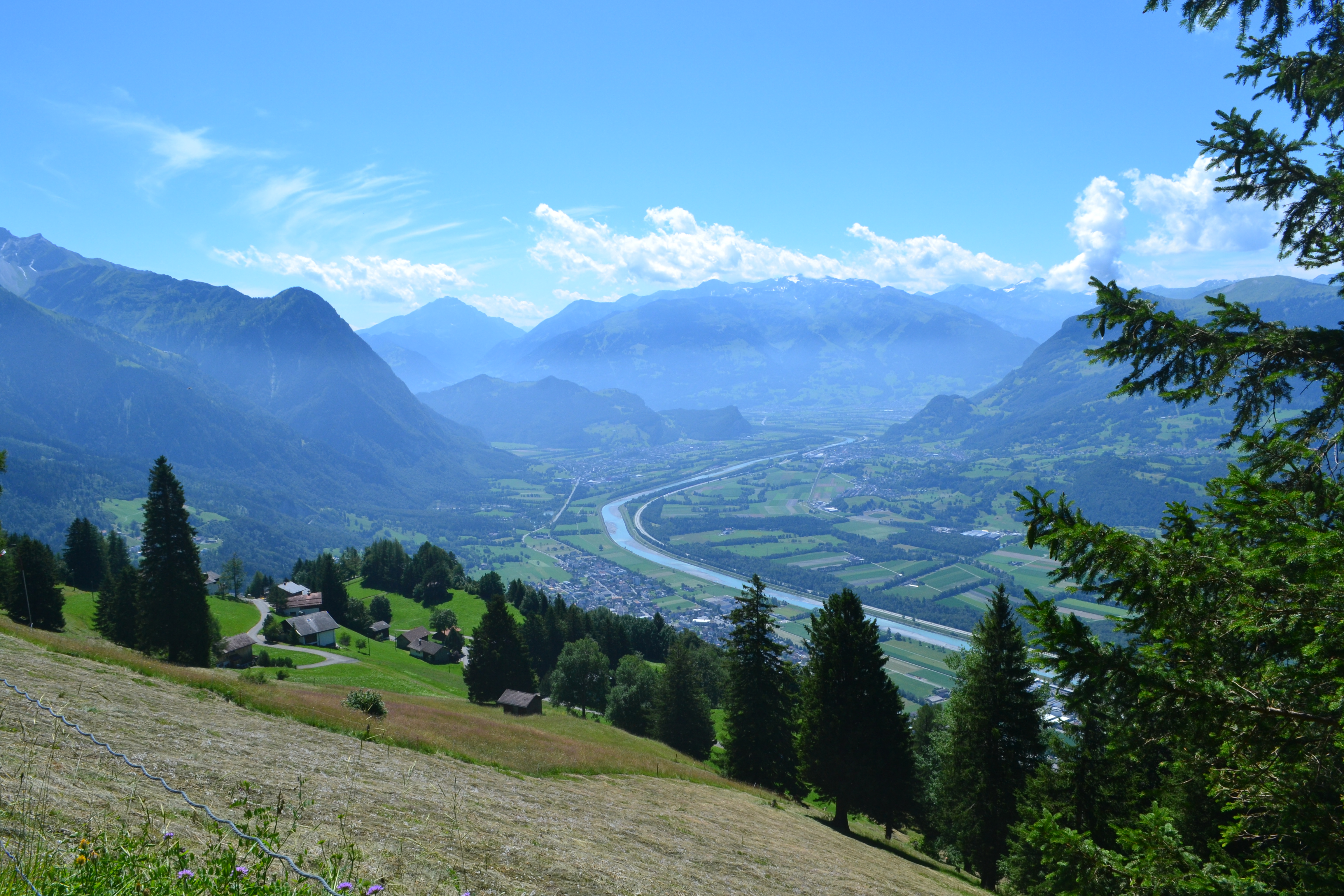
Hiking
There is a huge variety of hiking trails, from relatively leisurely strolls to intense, steep paths that will take all day. Most hotels will offer a hiking map and advice if you ask, and you can also peruse the options through the official tourist website. Best of all, you can get to the trails on foot from many of the town centers, I accessed trails from both Schaan and Vaduz during my trip.
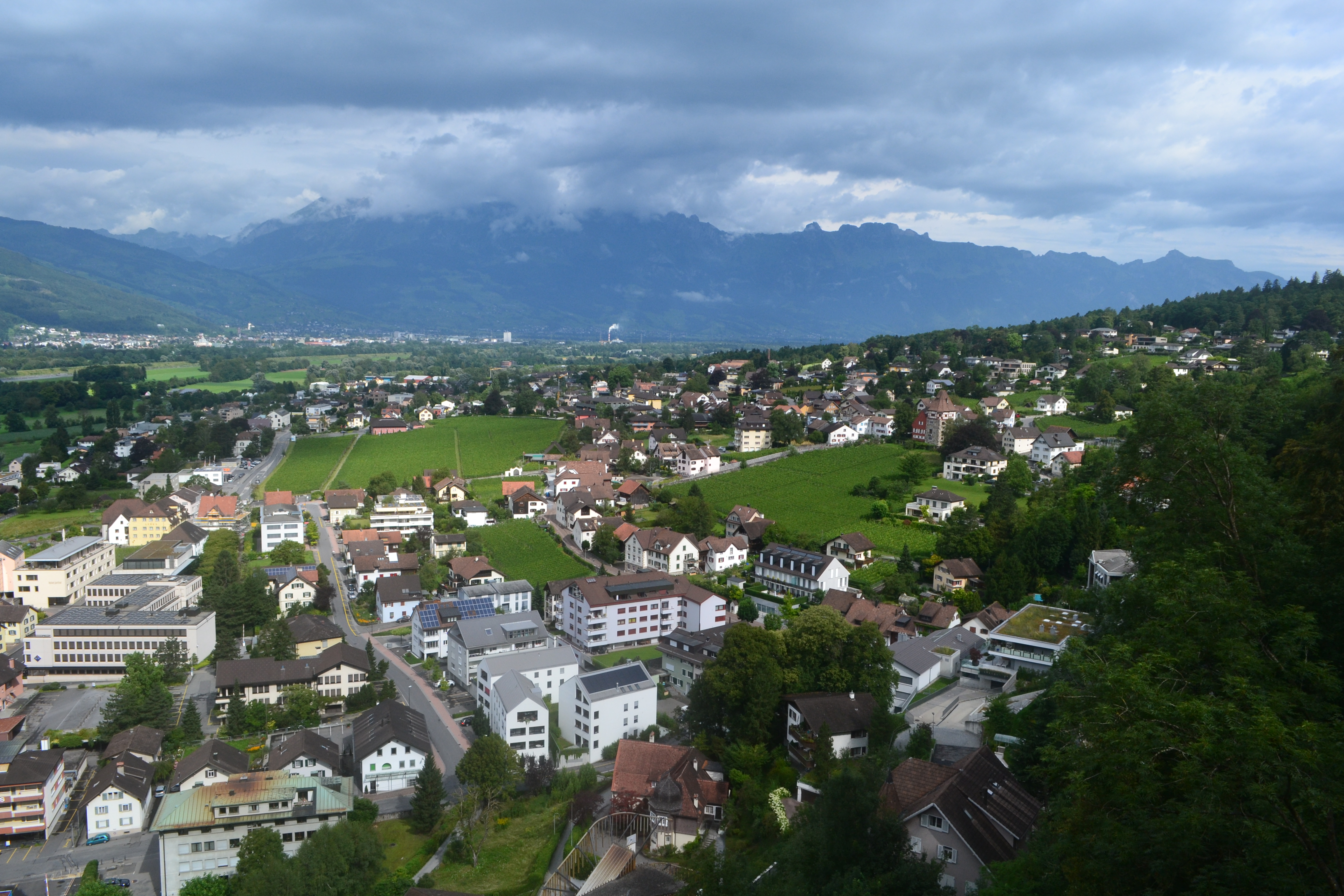
Vaduz Castle (see above)
A bit off the beaten path, but accessible by foot from the Vaduz Center and the views are wonderful as you stroll up to the Castle.
Going up to top of ski slopes (summer or winter)
Although I did not go myself, locals recommended to me that taking the ski lift to Malbun is a great way to get an incredible view without having to do all that hiking. There is more to do in winter of course, but some restaurants stay open for the summer visitors (do keep in mind though that snow tends to linger at the high elevations, and sometimes there is still snow as late as July).
Best Bites
Like in nearby Switzerland, food in Liechtenstein is a bit pricey overall. This similarity is of course not entirely surprising since both countries use the Swiss Franc as their currency.
I definitely saw backpackers who were picking up fruit and pastries from the supermarket to comprise a budget meal. Even if you’re on a budget though, some places are worth the splurge and there are quite a few set menus available for lunch for relatively reasonable amounts. Here are my top picks for places to check out:
Set Lunch
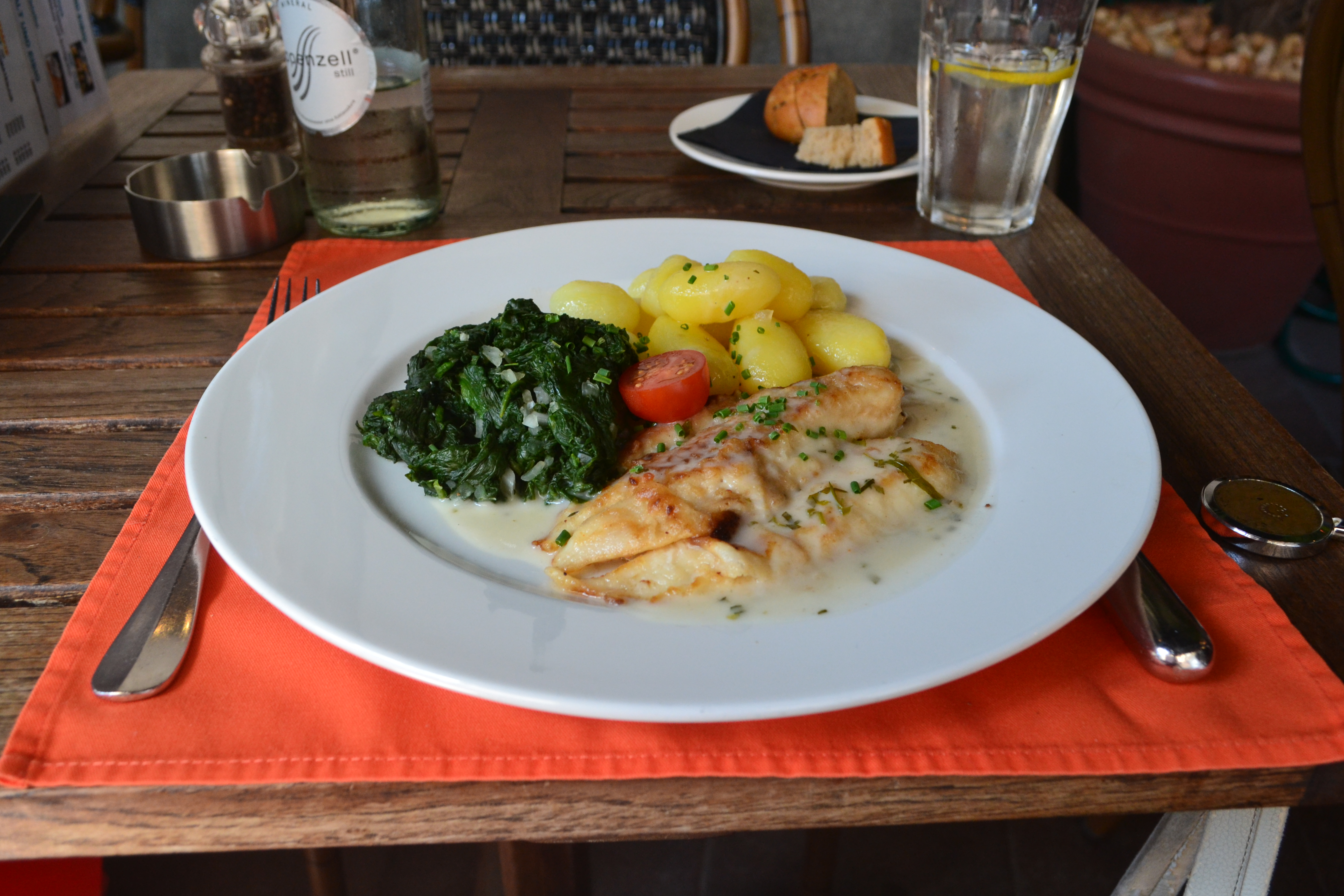
Adler Vaduz 1908
Close to the pedestrian area in downtown Vaduz, Adler/Vanini has a nice (covered) outdoor seating area and a reasonably priced set menu Monday through Saturday with 2 different options of main dishes, and the option of adding on an appetizer for under 20 CHF. The food was basic, but with great flavors and was a very enjoyable start to my weekend.
Local Specialties
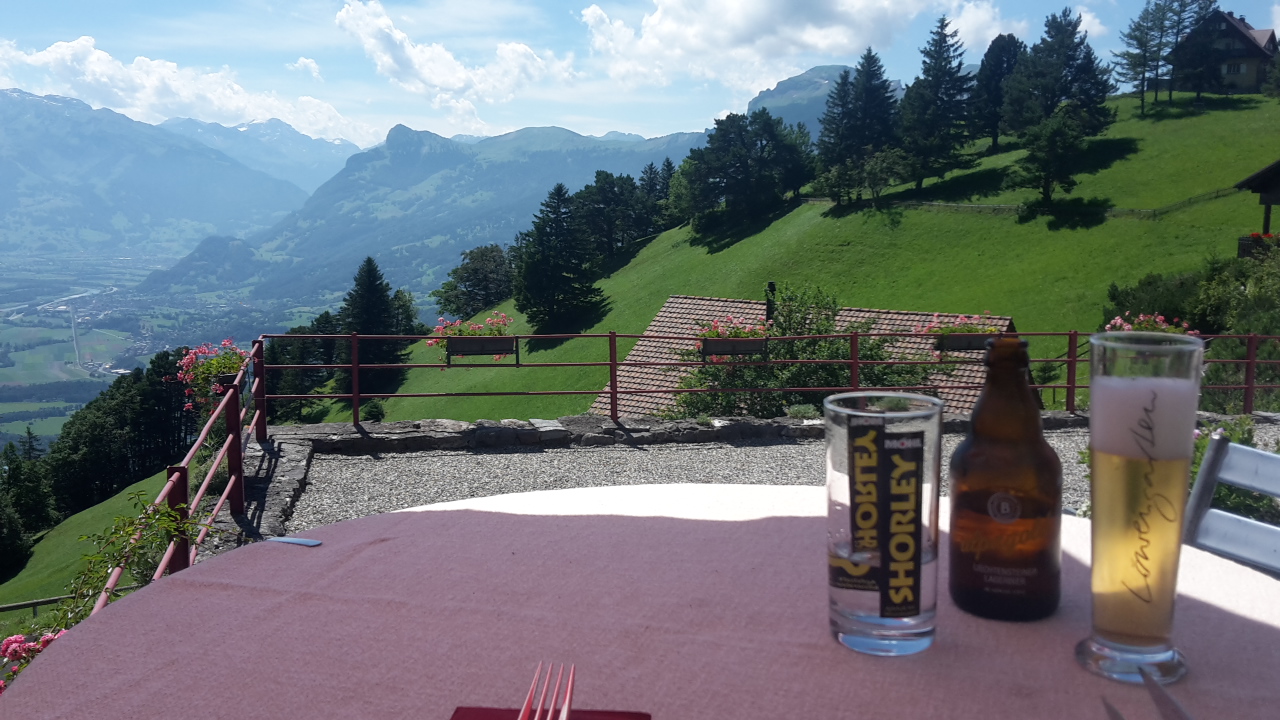
Berggasthaus Masecha
I ate at this spot off-the-beaten-path at the end of many long hours of hiking, although you don’t need to hike to get here – the Liechtenstein bus systems comes here and many people drove as well. They even had an English menu, while many spots closer to downtown Vaduz do not. While Liechtenstein cuisine is similar to German, Austrian, and Swiss specialties with a focus on meat and potatoes, this Berggasthaus stood out for its several vegetarian and salad options. It is at a fairly high level of elevation outside of the main town, and priced similarly, but worth it for the incredibly delicious dishes they prepare. Oh, and the view.
High-end Cuisine
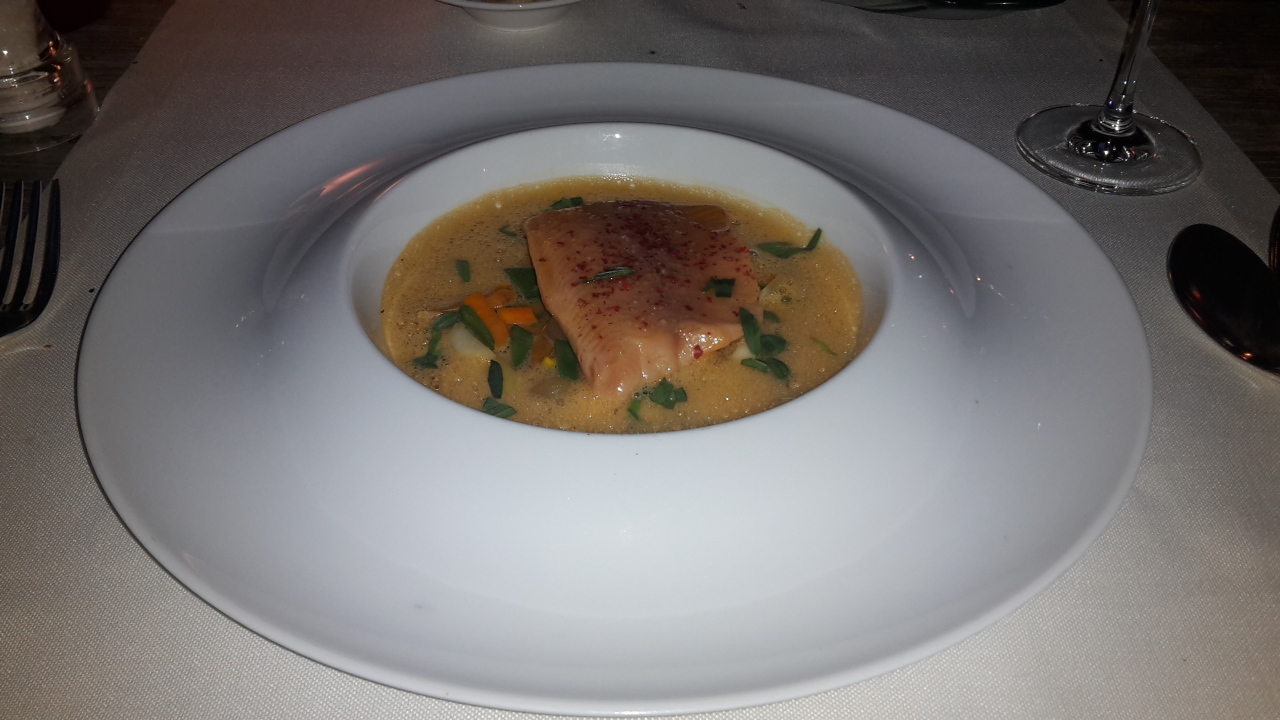
Restaurant Maree
Liechtenstein has a Michelin-starred restaurant! Once I made this discovery, I knew I wanted to eat there. While I did not find anything memorable about the amuse bouche sampler that arrived at the start, the dishes on the tasting menu were absolutely fantastic, especially the fish and seafood courses. There are also quite a few wines available by the glass to accompany the different flavors of the various courses. The cheese plate is wonderful but enormous, so plan accordingly, and come early enough for your meal to enjoy the sunset overlooking the Prince’s Castle.
(More) Practical Tips for Visiting
I’ve included a few practical tips above next to the relevant attraction. Here are a few more general tips for visiting Liechtenstein:
Country Abbreviation
Countries across Europe use 1- or 2-letter abbreviations, and the one you’ll see for Liechtenstein is FL. If you see it on a highways sign, don’t worry, you are going the correct direction. FL is an abbreviation for the German words for “Principality of Liechtenstein.”
Currency
Liechtenstein, in addition to bordering Switzerland, also uses the Swiss Franc as its currency, which you’ll see abbreviated CHF. Like in Switzerland, while the exchange rate between CHF and the Euro are close to 1:1, prices are much higher in Francs.
How to Arrive
Liechtenstein is one of the more accessible of the airport-less micro-nations, since it is close driving distance to several cities. I enjoyed my road trip there (get European road trip tips here), taking about 3 hours from Milan.
You can also get to Liechtenstein from:
-
Zurich, Switzerland in 1 hour
-
Innsbruck, Austria in 2.5 hours
-
Munich, Germany in 3 hours
If you are planning to taste and purchase wine here, or want to explore around Liechtenstein without hiking, biking, or public transit, definitely drive. Otherwise, there are many other options to get to Liechtenstein, best explained on Liechtenstein’s official tourism website.
Buses for Travel within Liechtenstein
Whether you drive to get to Liechtenstein or not, you may find yourself taking advantage of Liechtenstein’s thorough public bus system. There are a lot of routes connecting the end of hikes back to the city and the towns along the main road with one another. Your map app on your phone also likely can navigate you on the buses here.
Fares are on the honor system, and can be single rides, round-trips or day passes. You can buy directly from the driver, and I wouldn’t take my chances – one of the days I rode the bus there was a plainclothes woman who looked like a tourist checking tickets and issuing fines to those who hadn’t paid when they boarded.
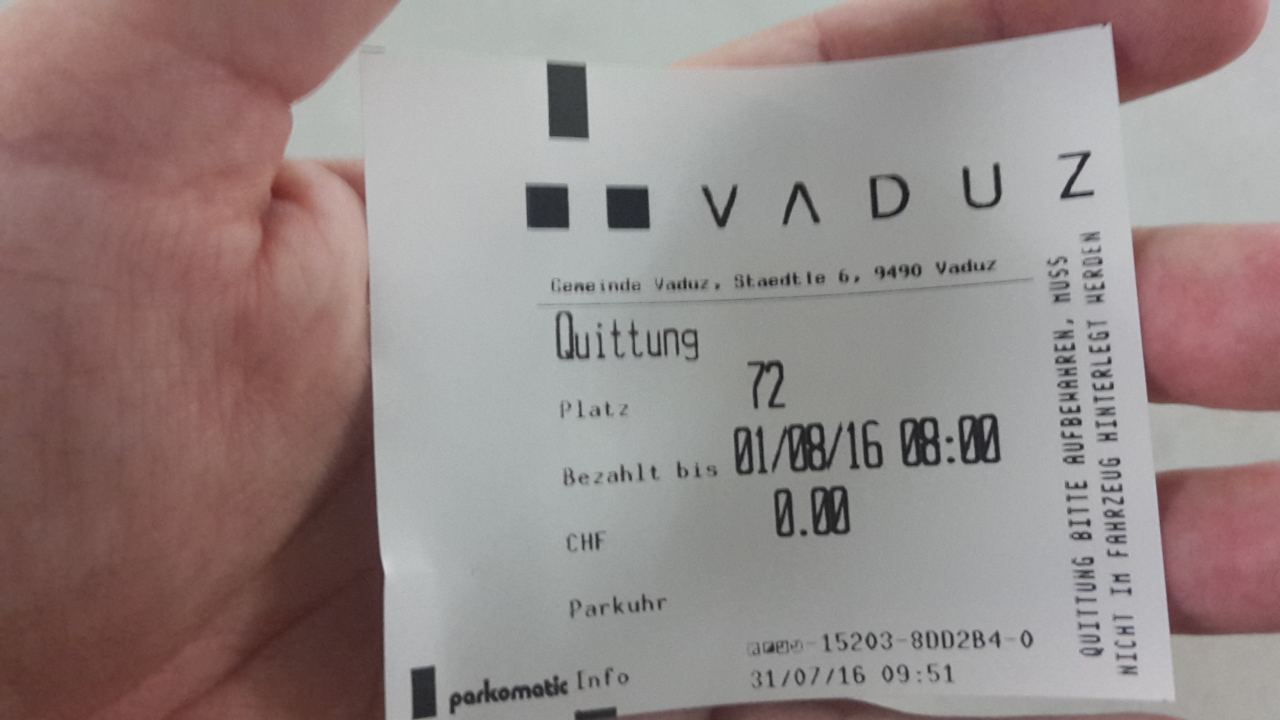
Parking around Vaduz Center
There are parking lots immediately adjacent to the central pedestrian walking area along the Städtle in the center, but they tend to have a time limit of 2-3 hours. Especially on weekends if you are willing to walk a little extra, there is a lot by the Schloss-Apotheke with no time limit that is free on the weekend. I had already checked out of my hotel on Sunday morning, so this was an ideal spot to leave the car to explore more of Vaduz before heading home without the stress of a time limit.
Picture-taking.
With mountains all around, the sun can disappear quite quickly. When the light is good, get your pictures fast, the moment won’t last long!
Have you visited Liechtenstein before? What was the highlight for you? Or which attraction is enticing enough for you to go out of your way to come? Any other questions? Let me know in the Comments below.
